Mid to late April 2023.
This post is el ultimo – the last one – from our American Cordillera journey, covering our final 900km – a transition from the mountains to the coast of far southern Patagonia, Tierra del Fuego and finally Ushuaia.
When we left Torres del Paine on the 19th of April we’d been in and around some of the highest and most spectacular mountains of the southern Andes for a couple of months. As we headed south from the Torres to Puerto Natales, Punta Arenas and on to the island of Tierra del Fuego the landscape transitioned from sprawling forest and towering peaks to open plains, rolling hills and coastal views. It was scenery that at times reminded us of Wyoming, the grasslands of New Mexico, and when the rain fell and hills were lost to mist, Scotland.
We had always expected that this leg of the ride would take place at a similar pace to the rest of our two year, eight months of cycling in Latin America; that we’d have the time to explore alternatives to the well-trod routes, and spend time in some of the most southern settlements on earth. But back home in New Zealand Hana’s dad Russell was struggling through the final weeks of a long fight with congestive heart failure. While we had been based at El Chalten he had deteriorated; a signal to us that we needed to hurry up if we were going to get home and see him through his final days.
This sad prospect cast a shadow over our last two weeks on the road as the pressure mounted to finish and get back to New Zealand. When we had a data signal, updates from family brought the realities of home to our tent and we hoped that we’d make it back in time to say goodbye.
We were sad to leave behind the final mountain highlight of our nearly three year journey along the Andes, but at the same time we were anticipating seeing another aspect of Patagonia: that of the lowlands of the southern cone, and lake waters being replaced by the Atlantic Ocean and the fiords of the west. While the mountains were relegated to the distance, the orange southern beech forests remained a constant, vibrantly colouring the landscape.
100km lay between us and Puerto Natales, which would be our first town in a week. So even after a late start (due to morning photography) we were determined to make the distance and enjoy a hot shower, a good meal and a warm bed. As we rode away from Lake Pehoe a significant chapter of our trip had closed, and the final one – the push to the finish – had begun.
Six hours later we reached the edge of Seno Última Esperanza (Last Hope Sound) just outside Puerto Natales. It was our first sight of the waters of the Pacific Ocean in nearly a month, although this fiord lies so deeply inland from the actual ocean it was hard to imagine it was sea water.
At dusk we rolled past the old corrugated iron storehouses on the edge of the port and entered town. Puerto Natales is ground zero for tourists visiting Torres del Paine and other nearby attractions and is a hodgepodge of rustic rural and port services mixed with trendy restaurants, backpackers accommodation and tourism businesses. Along with its proximity to mountain scenery, Puerto Natales’ claim to fame is the nearby Cueva del Milodón Natural Monument where the 10,000 year old remains of a giant ground sloth (along with other fauna and human remains) were discovered in the 19th century.
The following morning we took a look around town, stocked up on food and hit the road. But leaving town wasn’t easy as a blustery westerly constantly threatened to blow us into the path of passing traffic.
With estancias and fences being universal in this part of the world, it’s not always easy to wild camp. But iOverlander came to the rescue with a location away from the road and behind an embankment, but it was only partial shelter from the incessant cold wind.
Overnight the wind was replaced with light drizzle that persisted through the following day as we crossed pampa towards Punta Arenas. Stunted lenga forest, orange with the autumn, coloured the hillsides. Frequent rain means bus stops are common sight along the highway, usually at the entrances to estancias which are often far from the road. If you can find one that hasn’t been vandalised or used as a toilet, they make good lunch spots out of the wind and rain on the otherwise shelterless expanse of the plain.
When the opportunity for a dirt alternative came, we took it, following our friend’s Eileen and Andy’s route out to the coast once more at Rio Verde. Here, the sound was white capped from a furious wind. We took shelter behind a community building a short distance from Villa Ponsomby and collected water from a nearby swamp to cook with.
In the morning the wind still roared across the sound, with little to slow it on land. We abandoned plans to follow a route along the beach at the NE end of Seno Otway and instead turned inland again, cutting across towards Ruta 9 Norte and the Strait of Magellan.
Sidewinds buffeted us on the highway and it took 100% concentration to maintain forward momentum, as we leant sideways into the wind. We stopped at a weigh station for water and the staff kindly invited us in for a hot coffee and shelter, so we wolfed down some lunch at the same time, enjoying the warmth of their tiny staffroom. By the time we reached the outskirts of Punta Arenas our backs ached from the effort of fighting the wind.
Skipping the beach section meant we were rolling into Punta Arenas in the mid afternoon, so we made a snap decision to catch the ferry to Porvenir (Tierra del Fuego) right away. The last sailing for two days was later that afternoon. We were sad to rush through this city that’s been a distant destination for so long, but pressure to get home was mounting.
A storied place of myth and legend, the Strait of Magellan invokes notions of discovery and adventure. After its exploration during the 1500s it was a contested inland trade route, providing one of only a few crossings between the Pacific and the Atlantic. Despite its reputation for narrows and unpredictable wind and currents, it is a much more sheltered alternative to the often stormy open ocean route around Cape Horn and is used extensively for shipping to this day.
Crossing it was a meaningful moment for us because it meant the end of mainland South America and the beginning of the final leg of our ride; across Tierra del Fuego, the Land of Fire.
We spent the following day in the tiny port town of Porvenir, organising travel home to New Zealand, which took the entire day as we patiently considered every option. Getting home to New Zealand from Ushuaia isn’t cheap.
A beautifully carved wooden tribute to the indigenous people of Tierra del Fuego. Primary groups included the Selk’nam and Yaganes, but little remains of these cultures now after they were decimated by infectious diseases, or genocide at the hands of European colonists.
After a day stuck in a hostel room it was great to get out on the bikes the following day. Our route followed the coast along an arm of the Strait of Magellan, and around Cabo Boqueron. This stretch of the coast was sheltered and traffic was very light until the Ruta 257. We passed tiny fishing communities, and were surprised to still be seeing small herds of guanaco.
Small refugios (huts) are a feature along some of Tierra del Fuego’s roads. Installed for gauchos and tourists alike, the most modern ones (the black one in this photo) are quite comfortable, with double glazed windows, bench seating, a table and a sleeping platform. Some have a fire installed too. Sadly – like many public things close to a road – many have been vandalised, but those further from the main roads are in good condition. This particular refugio (a standard design) is on the Fin del Mundo bikepacking route, close to the Parque Pinguino Rey. We’d detoured 15km here, hoping to see king penguins the following morning, only to realise that the park was closed on Mondays. Nevertheless, we enjoyed a refugio in great condition and a very quiet night away from the main road.
If you’re wondering about the Fin del Mundo bikepacking route, we weren’t following it any further at this point because a crucial pass, Paso Rio Bellavista, has not reopened since the Covid pandemic. We planned to join the route later, past Rio Grande.
From Bahia Inútil to the Atlantic coast at San Sebastian our route crossed the ‘neck’ of Tierra del Fuego. It was exposed, windy and cold as we rode across empty grassland, except for the occasional set of buildings for an estancia, although these were often distant. Much of the time we were in multiple layers, our rain shells and biggest gloves.
There was a rare tienda just before we stamped out of Chile for the final time, so we stocked up on snacks for the next day.
Border crossing number 13 between Chile and Argentina.
After crossing no-man’s land over the actual border we reached the Argentinian post. We gratefully spent the night there sleeping in a waiting room that’s regularly offered to travellers such as ourselves who arrive at the gendarmeria at the end of the day. Heating, a hot shower and a gas stove made it a relatively luxurious pit stop, except that the lights stay on 24/7, so don’t forget your eye-mask (or buff!).
By now sunrise is at 8.45am, so there’s no need to get up early to catch light like this.
Neither of us enjoyed the ride from the border to Rio Grande much. Although the road is quite fast, it was super windy and there were a lot of trucks. The scenery felt mundane, and as we closed in on the outskirts of Rio Grande it was ugly and industrial. As much as I was keen to, we didn’t have time to see the first Argentinian town we’d encountered on Tierra del Fuego. It’s an important port with a lot of history, but by now we had a deadline for a flight home.
We took a bypass around town, fought into a brutal headwind, and then stocked up with food at a tienda on the edge of the city.
The Rio Grande. Around 12km past the city limits we turned south off the RN3 and followed a nice dirt road through lenga forest and pampa, intending to rejoin the Fin del Mundo route.
As usual, fences made camping tricky. But near dusk we found a suitably flat and sheltered spot. That afternoon I’d been developing stomach cramps and by the time we stopped I was feeling feverish. I was a shivering wreck once camp was ready, so crawled into my sleeping bag and stayed there, zipped to the neck while Hana cooked dinner. I managed to force down some food, but just wanted to sleep.
After a few paracetamol I was feeling a bit better in the morning, with energy to ride, but the painful cramps persisted throughout the day. Despite that this was a really good day of riding, with light winds, snatches of blue sky between the clouds and nice terrain. There was a lot of orange- and red-hued lenga forest, adorned with lichen, along with expansive views.
Our route took us past Lago Yehuin where there’s an abandoned hotel. Despite the derelict building, this place has a very tranquil ambience. There was no one around while we lunched, and we were entertained by the antics of two young foxes and their mother, who were not shy about investigating us, probably in hope of a snack. It would have been a great spot to spend the night.
Instead we rode on, reaching the small town of Tolhuin just before dusk. It was the penultimate night on the road of our Trans Americas journey so we treated ourselves to a hostel and a good meal. I must have been feeling a bit better, because the local IPA went down quite nicely after another long, cold day on the road.
Among the touring community, the La Union panaderia (bakery) is legendary (bottom right photo). Many a cyclist has stocked up on empanadas and facturas (pastries) here. The original bakery burned down a couple of years back, but its replacement is first rate and evidently a very popular place for locals to hang out, eat and drink coffee. The bakery has also long provided casual casa de ciclista accommodation.
While our route through Tierra del Fuego had so far been typified by glimpses of the ocean, windswept pampa, stands of lenga and lonely estancias, at Tolhuin the Land of Fire changed up the scenery. Continuing on the Fin del Mundo route we passed Lago Fagnano, which was choppy and white capped in the wind. Dirt roads, farm tracks in various states of disrepair, and highway led us around the lake edge.
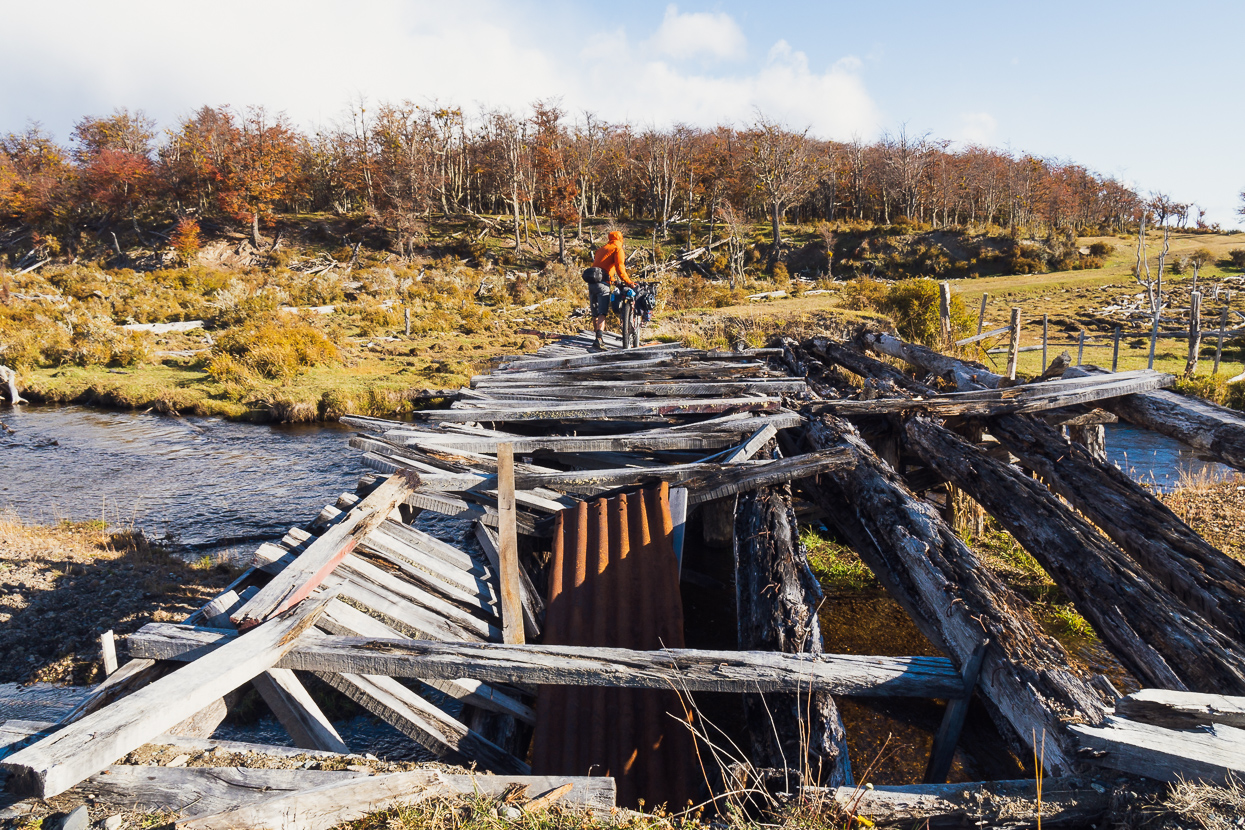
Crossing this bridge during strong, gusty wind was a slightly hairy affair, but we rearranged some of the timber to provide more stability.
A completely collapsed bridge later on meant a detour to find a suitable crossing point, but fortunately we’d encountered a farmer who explained to us exactly how far up-river to go to find a shallow enough stretch to wade through.
While our toes were frozen, despite Gore-tex socks, the autumn landscape was enchanting. The colour of the forest, the low angle of the light and the tone of the sky and lake made it the prettiest day we’d experienced in a few.
Mountains were once more on the horizon as we closed in on the Andes Fueguinos surrounding Ushuaia.
We spent the final night of our more than four year journey down the Continental Divide of the Americas at Lago Escondido. There are some abandoned cabañas on the lake shore here that are well documented by the cycling/backpacking community. So well so in fact that the police now check in on the location every night to see who’s there. We arrived just before dark, just as the police were returning to their car. They told it was ok to sleep there as long as it was just one night. There’s only one cabaña that’s appealing to sleep in, and that’s the one closest to the shore.
So we made like homeless people and settled in by a glassless window to sip some pre-celebratory beers while we cooked our final dinner. We watched the moon reflect off the improbably calm lake as it set, and the temperature plunged. There were two beds with filthy mattresses on them, but when you have been on the road this long the desire for comfort trumps most things, so we spread out the tent on them and slept soundly.
At 9am it was still -5C, and we didn’t feel in a rush with just 52km to reach town, so we went for a walk to absorb the amazing colours of the beech forest.
Above the lake stood the final Andean pass crossing of our route to Ushuaia; Paso Garibaldi which, at 450m elevation, feels a mere bump in the road compared with the 4500m+ giants we crossed in Perú, Bolivia and the Atacama region. Although it was over quickly, the dirt road up to it is steep if you follow the Fin del Mundo route (the main highway crosses the same pass).
You might imagine that we were feeling excited to finish, or perhaps if you have made a similar long self-propelled journey you’re familiar with the cocktail of emotions that accompanies the end of such a trip. Yes, there was a sense of excitement, a tangible satisfaction that we’d finally ‘Knocked the bastard off.’, to borrow the words of our countryman, Sir Edmund Hillary. But this excitement was overwhelmed by a strange sense of loss; that something very special indeed was about to end. We’ve both had powerful and transformative experiences in our lives, but nothing that has surpassed our Americas ride in its breadth of experience, adventure and education.
And so our moods that day were as grey as the mist that shrouded the peaks that we passed as we rode down the long final valley towards the port of Ushuaia. The situation and sense of urgency that has prevailed because of Hana’s dad’s health contributed to this, because we would immediately be returning home to nurse someone who we knew may not have much longer to live.
A couple of hours from Ushuaia we stopped at a restaurant to have lunch and warm up. An older man sitting nearby curiously asked us where we’d come from, but when he struggled with our accented Spanish, a Venezuelan woman who spoke perfect English stepped into the conversation and translated. As I explained we’d started in Deadhorse, Alaska back in 2016 and began to list the countries, I only made it as far as Central America before a surge of emotion hit me, my voice wavered and my eyelids filled as the compressed memories of 16 countries flashed through my mind. I was wiping tears off my cheeks by the time I made it to the end of the list.
The day was cold, with intermittent drizzle and the occasional fleck of snow. With the damp, frigid air, snow streaked mountainsides and leafless trees it felt like a South Island winter’s day. Although our spirits were not upbeat, the final kilometres of riding flew by on the slight downhill of the smooth road and it felt exhilarating to zoom in towards town.
Ushuaia lies on the edge of the Beagle Channel, hemmed in by mountains to the north, and surrounded by magellanic forest. It’s a beautiful location, but arrival to town is anything but, as you pass chaotic industrial sites and port facilities. But in contrast to the busy portside roads there’s a small park on the waterfront, where there is a beautifully painted rendition of the city and its surroundings, titled Ushuaia Fin del Mundo. It’s the perfect place for a finishing photo.
We arrived in Ushuaia in the late afternoon, and the first of three flights back to New Zealand was just 48 hours later. So the following morning we set about organising packing bikes. Although there are bike shops in Ushuaia, this late in the season, when most other cycle tourists have already flown home, bike boxes are very hard to find. We spent the morning looking for any large boxes from whiteware stores and ferreterias, but even this was a challenge. Finally, in a suburb high above town we found a tiny shop/mechanic who had three small bike boxes. We spent the rest of the day cleaning bikes and converting three small boxes into two big ones to fit our wide plus/fat bikes.
It rained or snowed lightly all day, and by the next morning a crisp layer of snow sat on the mountains above town.
On our second, final day, we went on a boat tour of the Beagle Channel. This famous strait separates Tierra del Fuego’s main island from several smaller islands that comprise the very bottom of the continent. Had we had more time, we’d been considering taking the ferry to Puerto Williams (Chile) on Isla Navarino, to see more of this area. The channel is named for the HMS Beagle, which made two voyages surveying the region between 1826–1830 and 1831–1836, the second of which included Robert Fitz Roy (for whom Cerro Fitz Roy is named) and recently graduated naturalist Charles Darwin.
We were lucky to get a beautifully calm, clear morning for our final day. The mountains cut a crisp white skyline and the sea was calm. The channel was carved by an ancient glacier, leaving behind a landscape of small ice-smoothed islands that are home to sea lions, and colonies of birds, including penguins. The latter had already migrated for the season, but we still saw plenty of wildlife and it was good to be able to witness this unique part of the world from the sea.
Nearly seven years earlier we’d dipped our fingers in a puddle on the sea ice along the frozen shore of the Beaufort Sea; an initiation that began our over 50,000km journey through the American Continents from 71 degrees north. So it seemed fitting to do the same in the most southern waters we’d reach at 54 degrees south.
The icing on the cake that morning though was the pod of humpback whales that our boat crew sighted in the distance. As we motored very slowly closer we saw a number of breaches as the whales surfaced to blow. It was the best whale sighting either of us have ever had.
Although we did not get to indulge in a slow, exploratory finish to this long ride, looking back we had an incredibly good run for the time we were on the road, aside from the intervention of the pandemic. When we set out from the north coast of Alaska in 2016 we didn’t imagine our plan to cycle the American Cordillera would come to occupy a seven year period of our lives. We set out thinking it would take two. Seven years – that’s the time it takes to train as a lawyer or a medical practitioner. I guess we graduated in bikepacking. We have seen so many places, cultures and people we could never have imagined. The experience ticked every box, with physical and mental challenge, connection with the environment, social contact, learning and opportunities for creativity.
From 2016 to 2020 we cycled through 16 countries, until the pandemic shut down progress in Coyhaique. At home in New Zealand for nearly three years, finishing the journey remained at forefront of our ambitions and we returned in November 2022 and restarted in Mendoza, taking five months to reach Ushuaia.
While finishing was bittersweet, this ride has always been about filling each day with fun, challenge and awe and not concerning ourselves too much with smashing it to the finish, so arriving in Ushuaia felt like the close of an incredible chapter of our lives, rather than a prize. But with the closure of this our minds are free to pick the next thing.
To all the sponsors, supporters and followers, and those who have donated or bought a book, thank you – your messages along the way have always meant a lot. We’ve enjoyed sharing this story as much as we know many of you have enjoyed following it.
Postscript
We arrived in Tauranga, New Zealand on the 3rd May. Still under care at home, Hana’s dad was lucid enough to recognise us and know that we’d reached Ushuaia and come home to see him. Over the following week he declined a little each day. For us it was a crash course in home palliative care as we pitched in with the family, working shifts and nursing him though his final days. He passed away peacefully at home on the 9th May.
Say thanks with a one-off donation, or check out our Bikepacking guide.
If you enjoy our content and find it informative or inspirational, you’re welcome to show us some love with a donation or a book purchase (US$19.99). The services we use to create our Bikepacking routes and host the website cost money, funds that we’d rather be spending on the road, creating bikepacking routes and content to share with you. Thanks for reading!

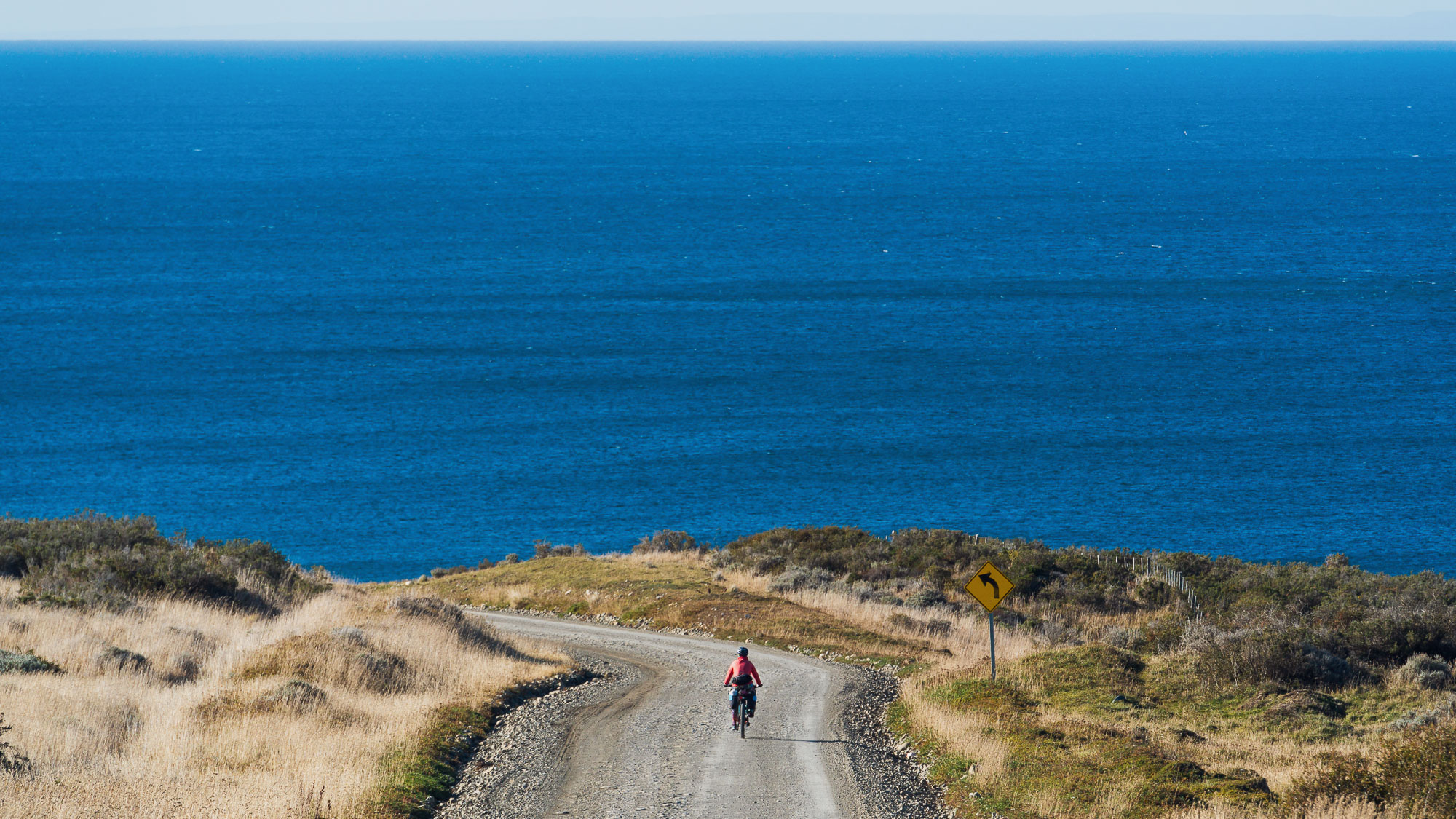
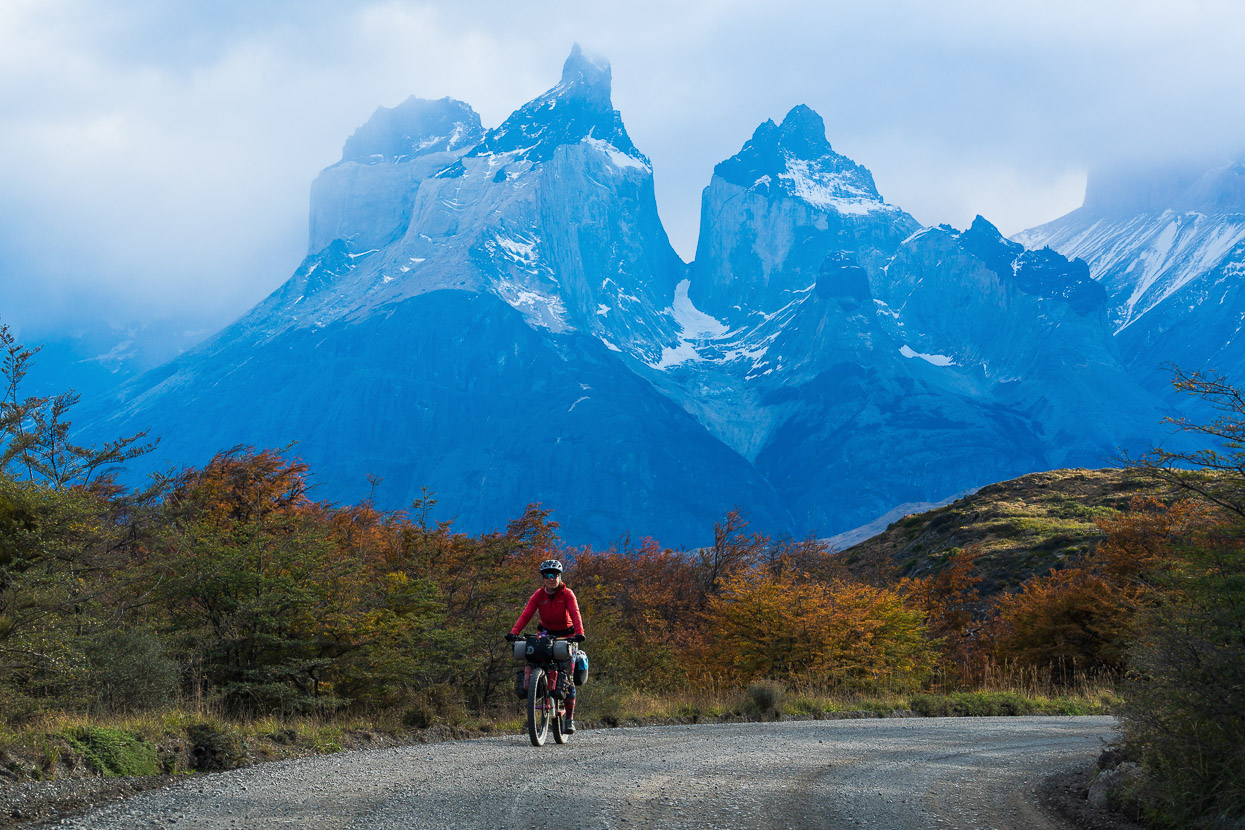
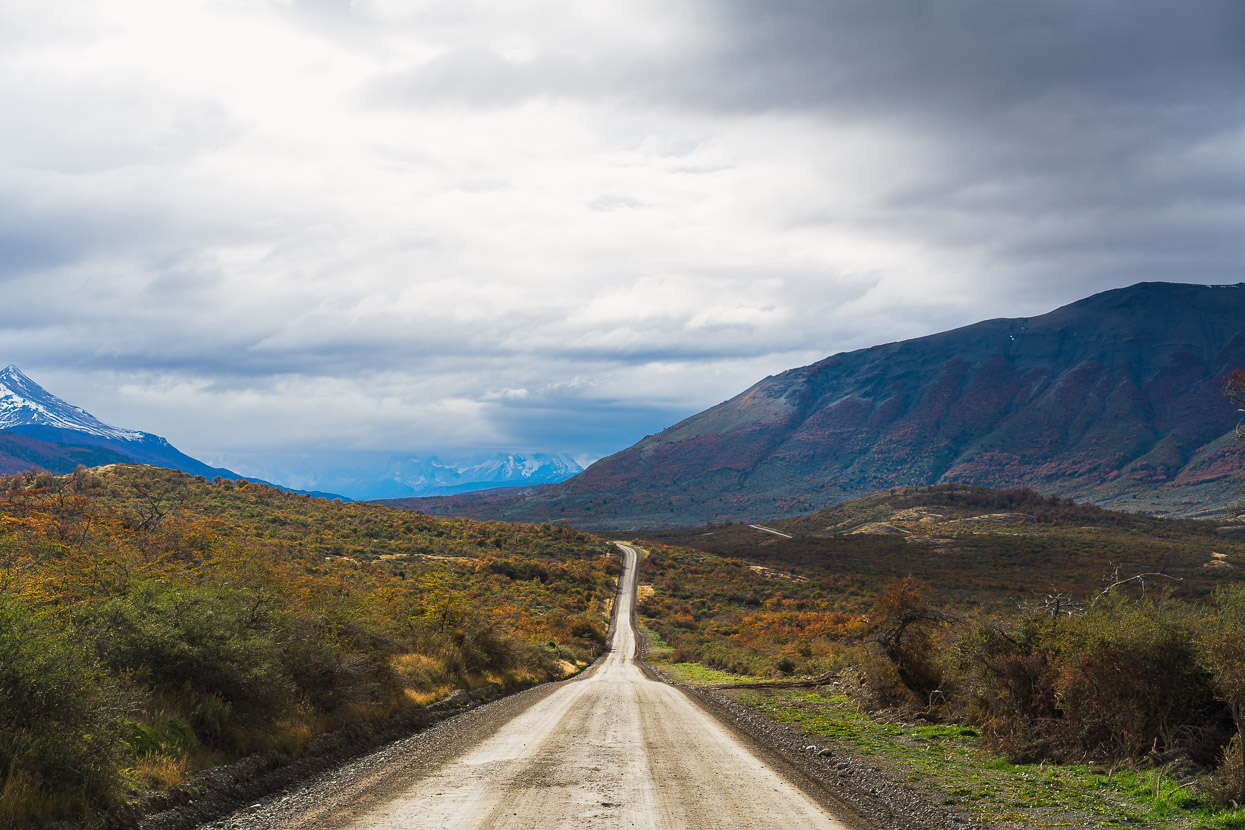
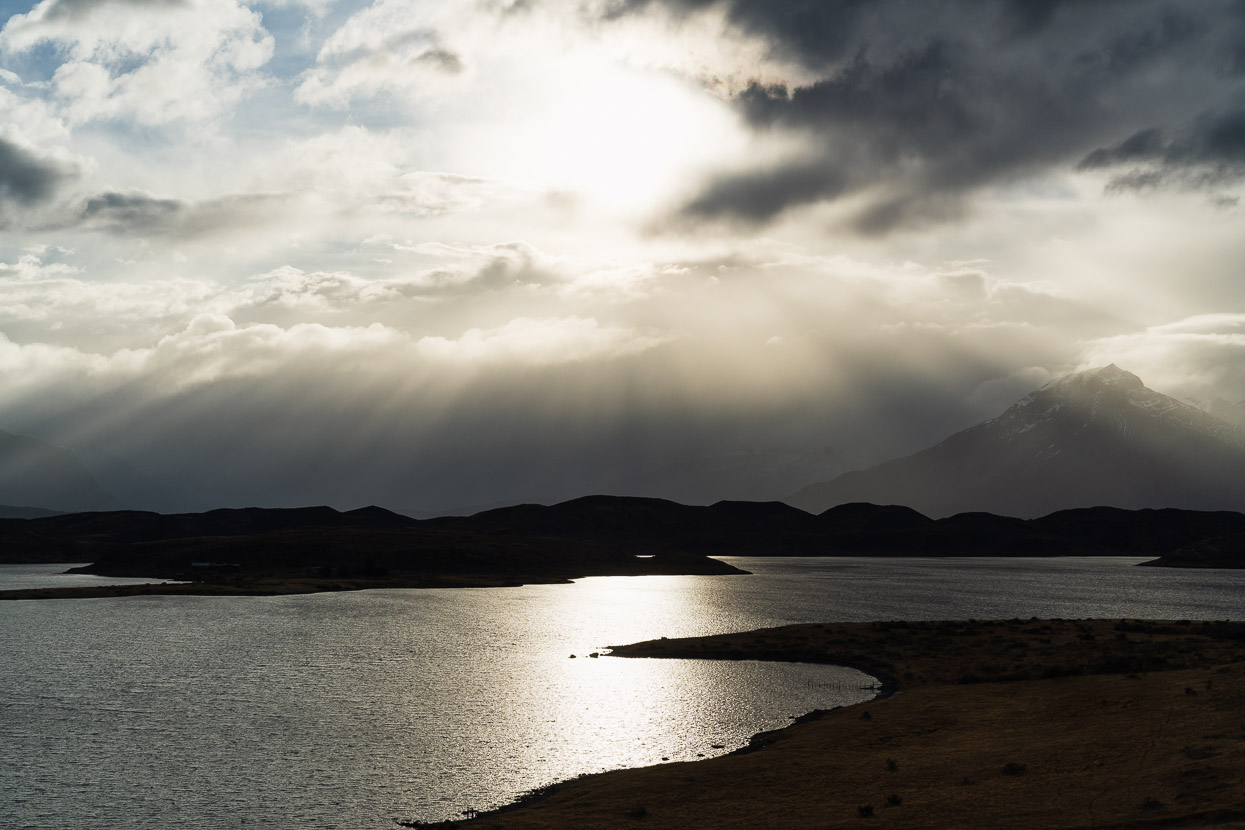
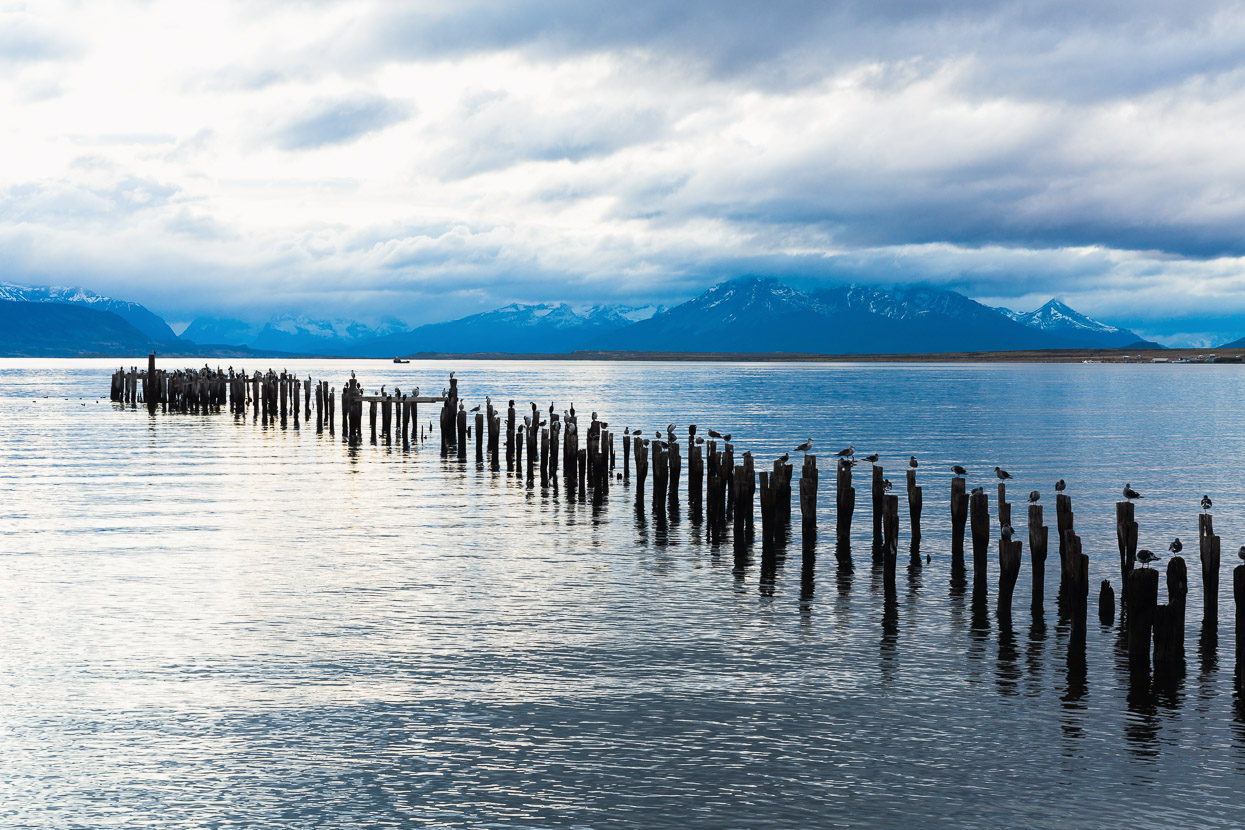
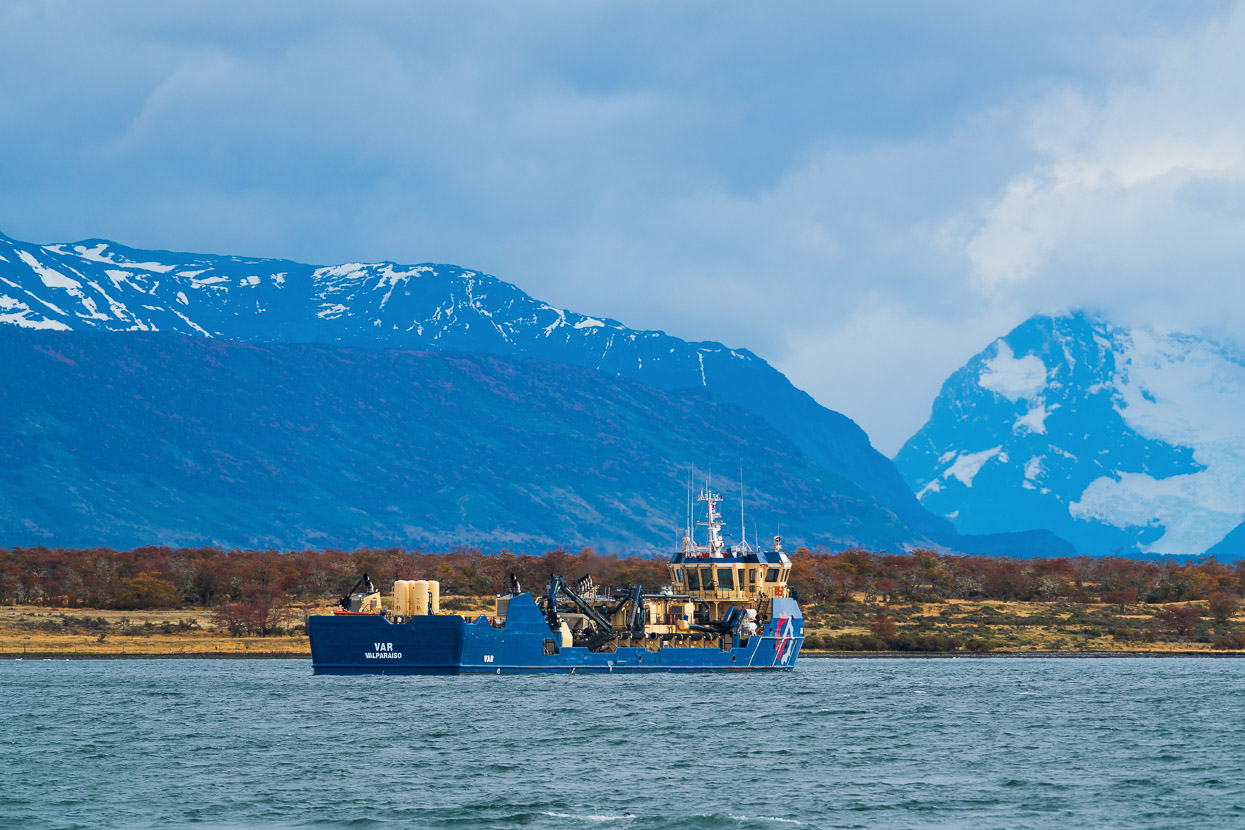
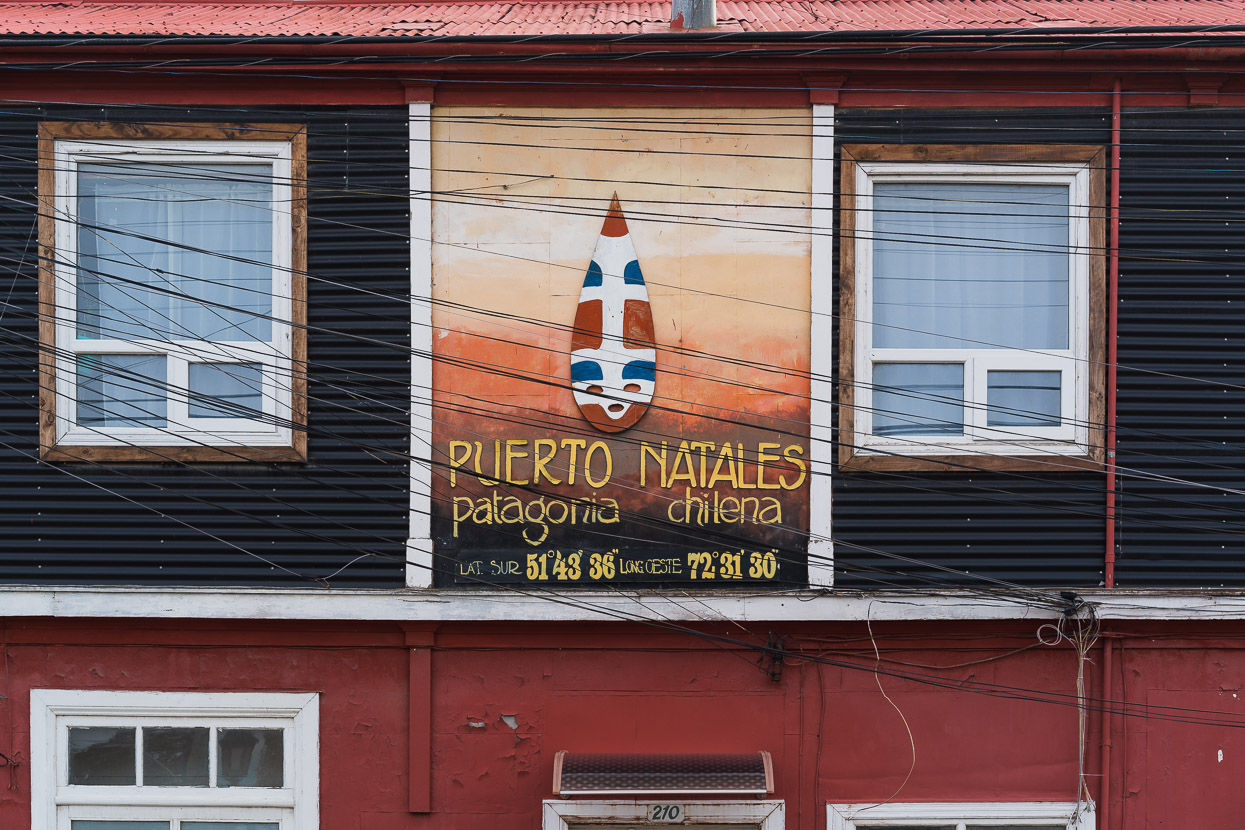
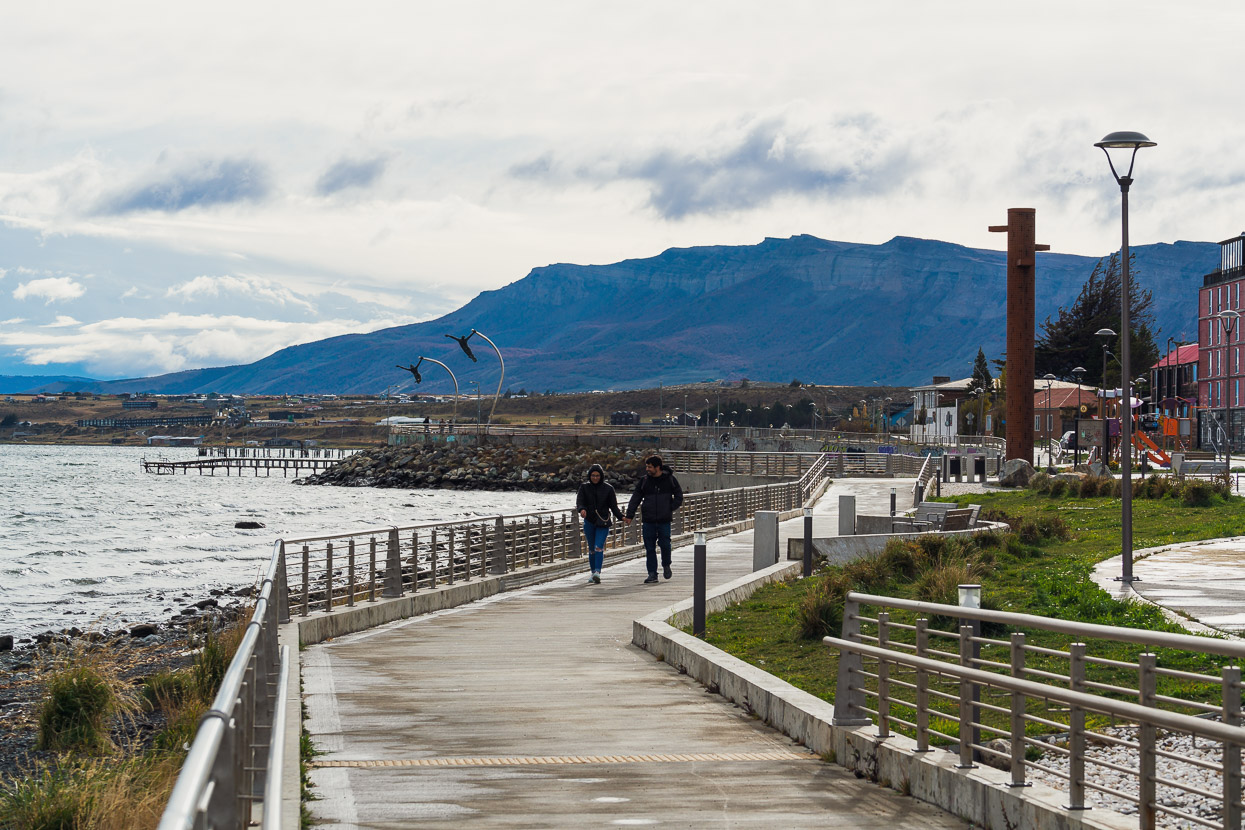
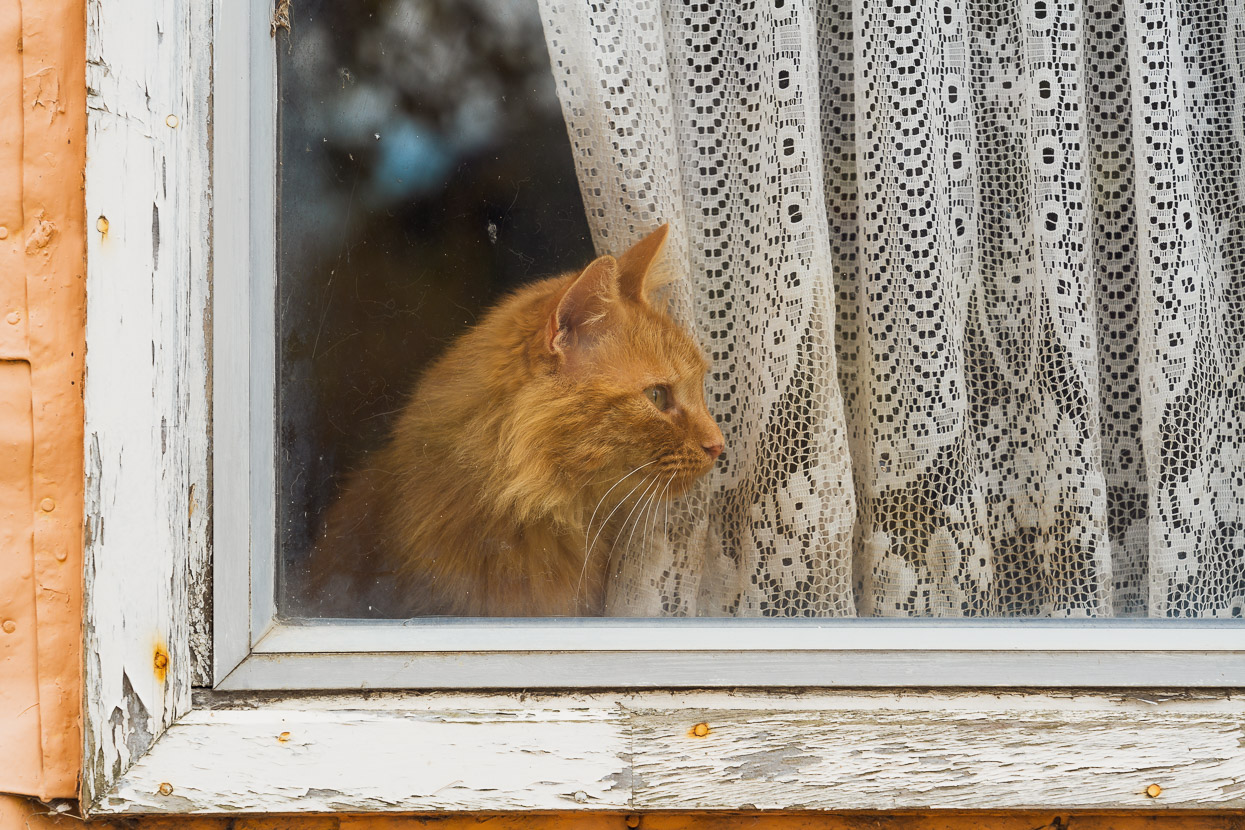
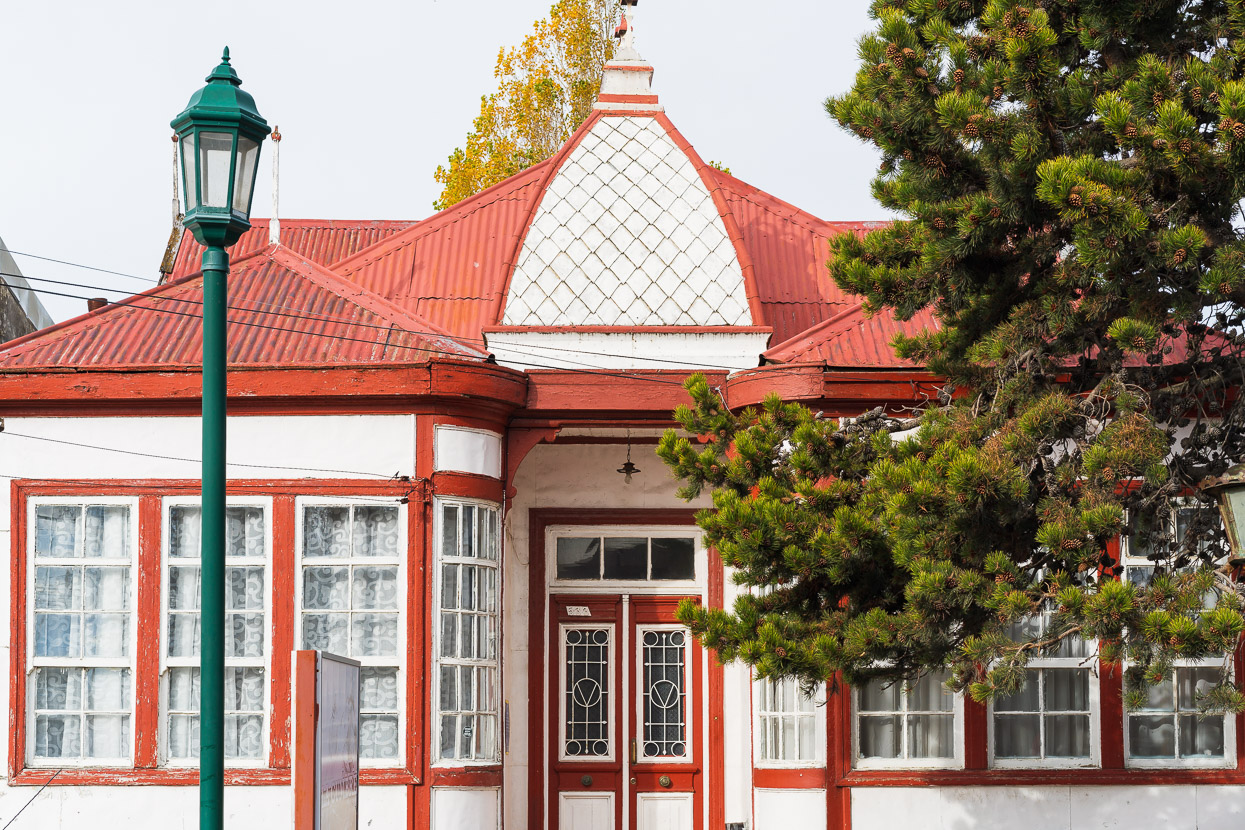
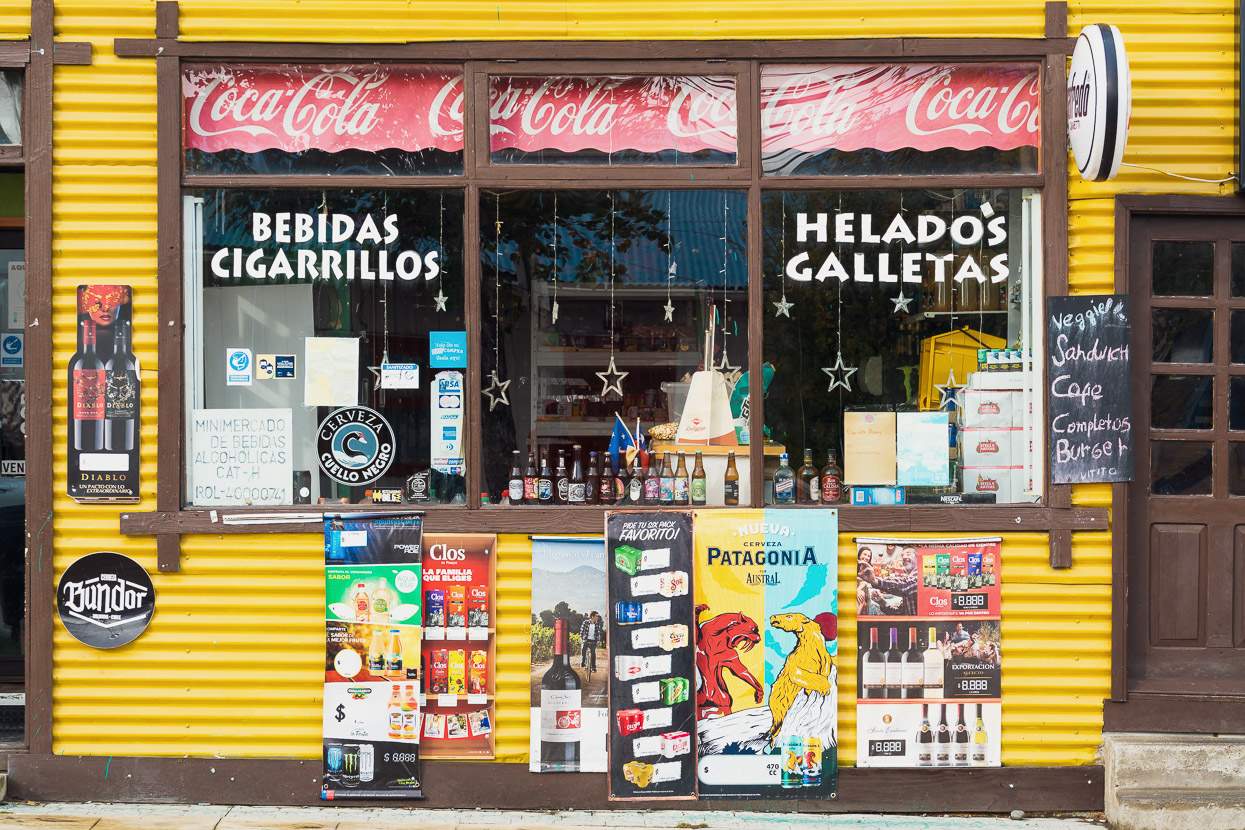
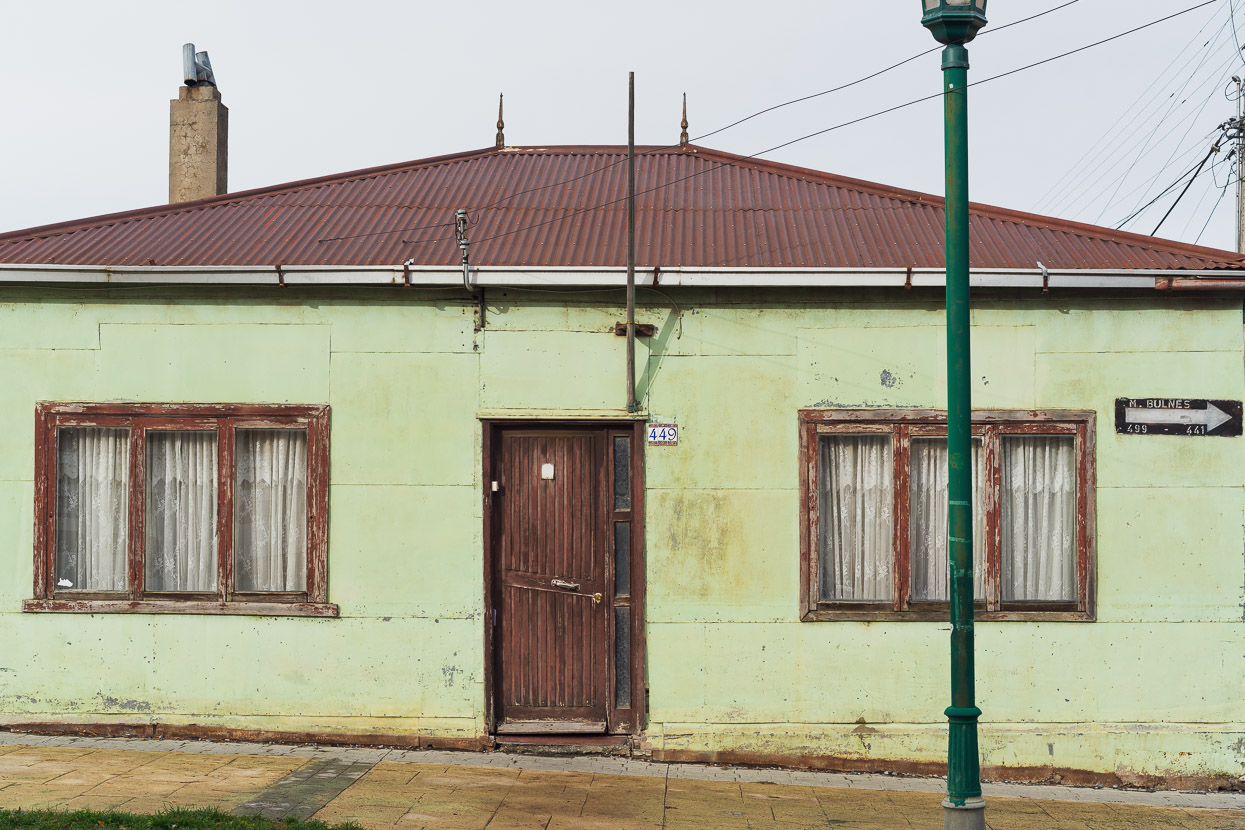
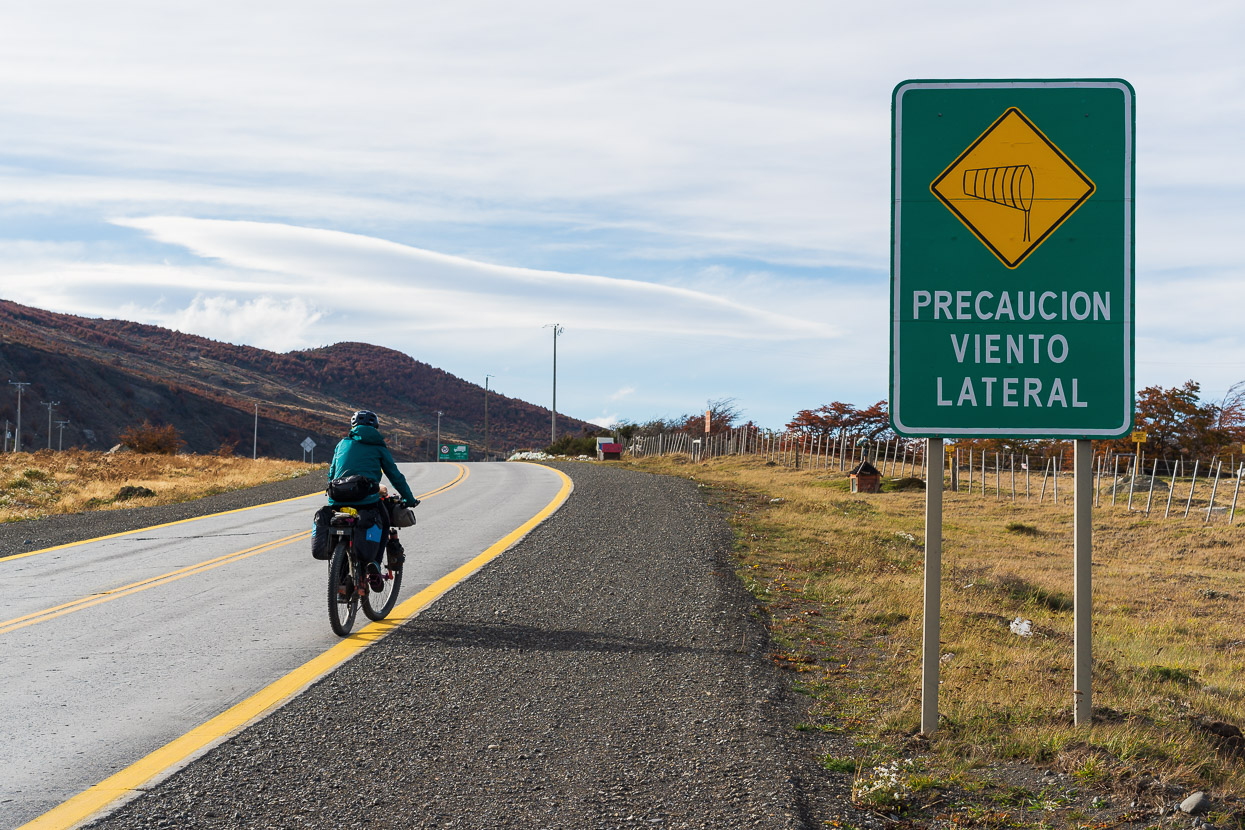
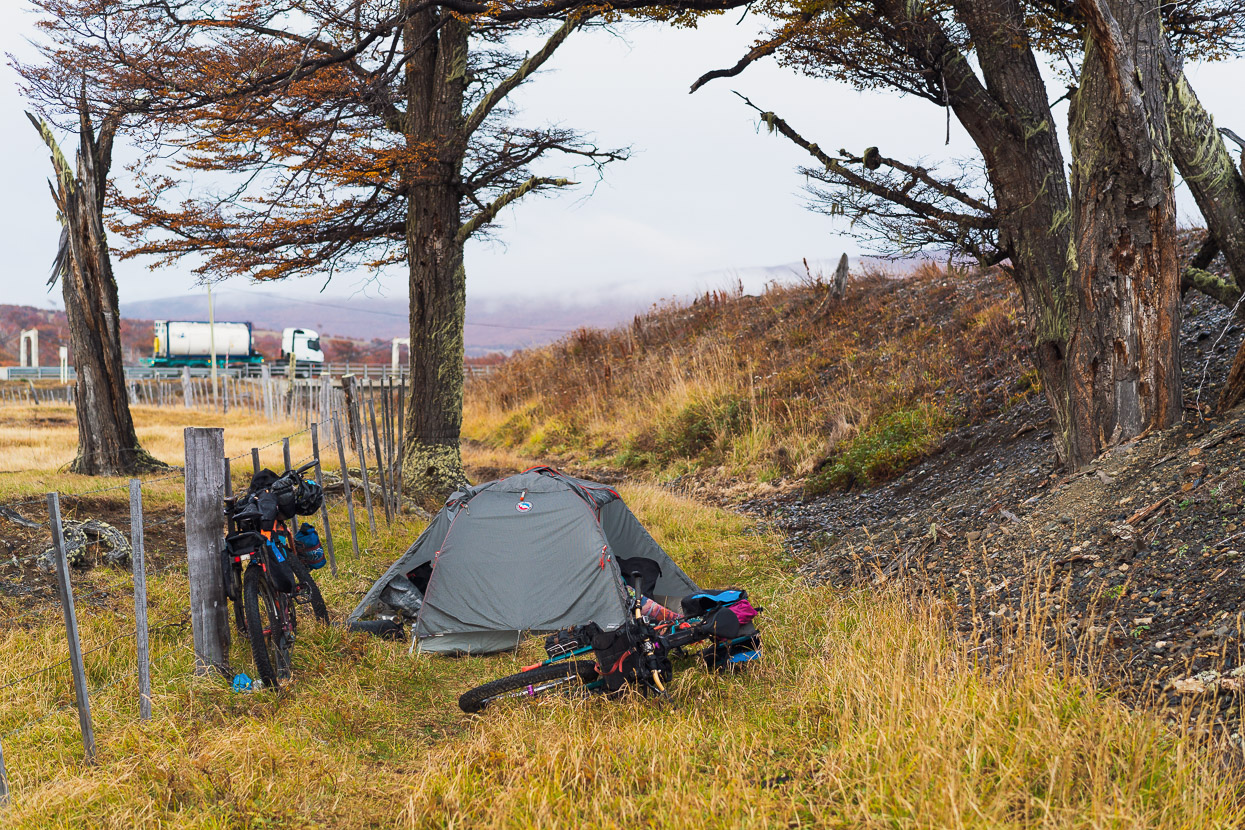
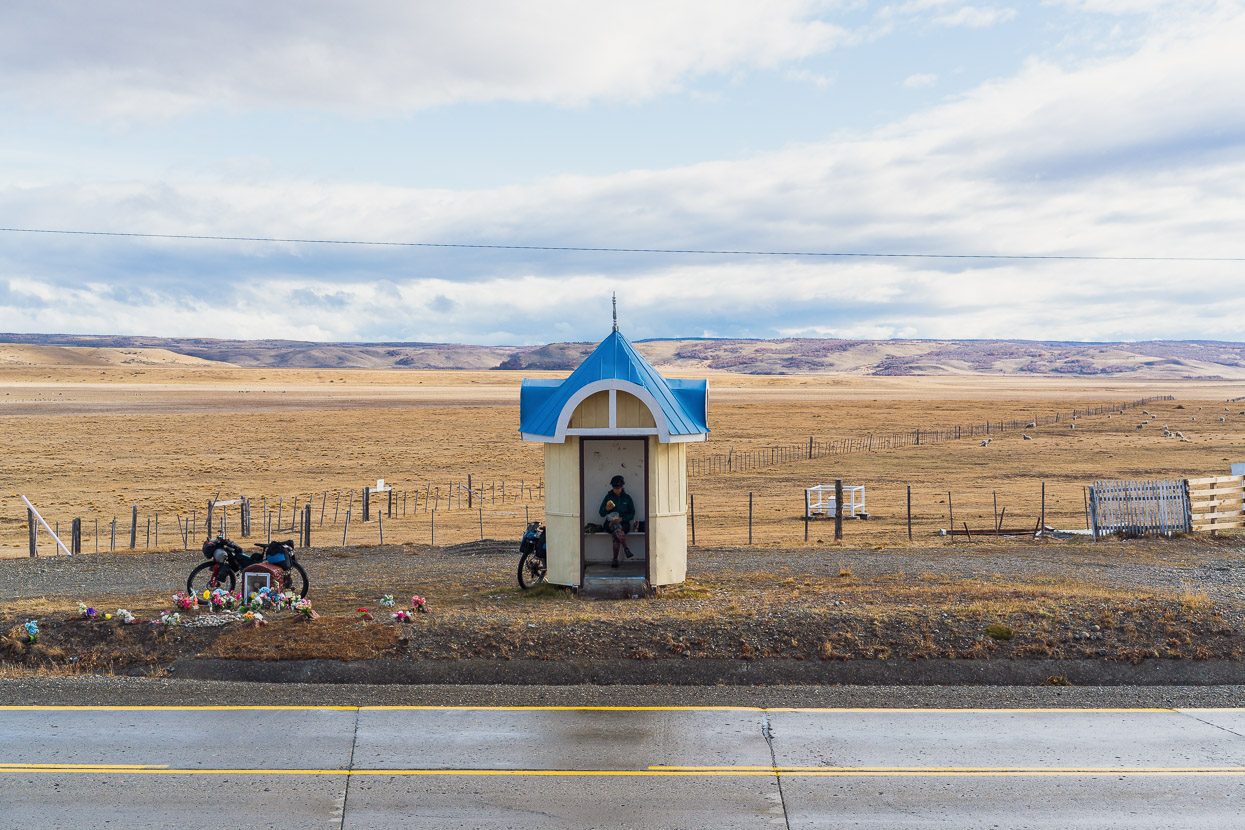
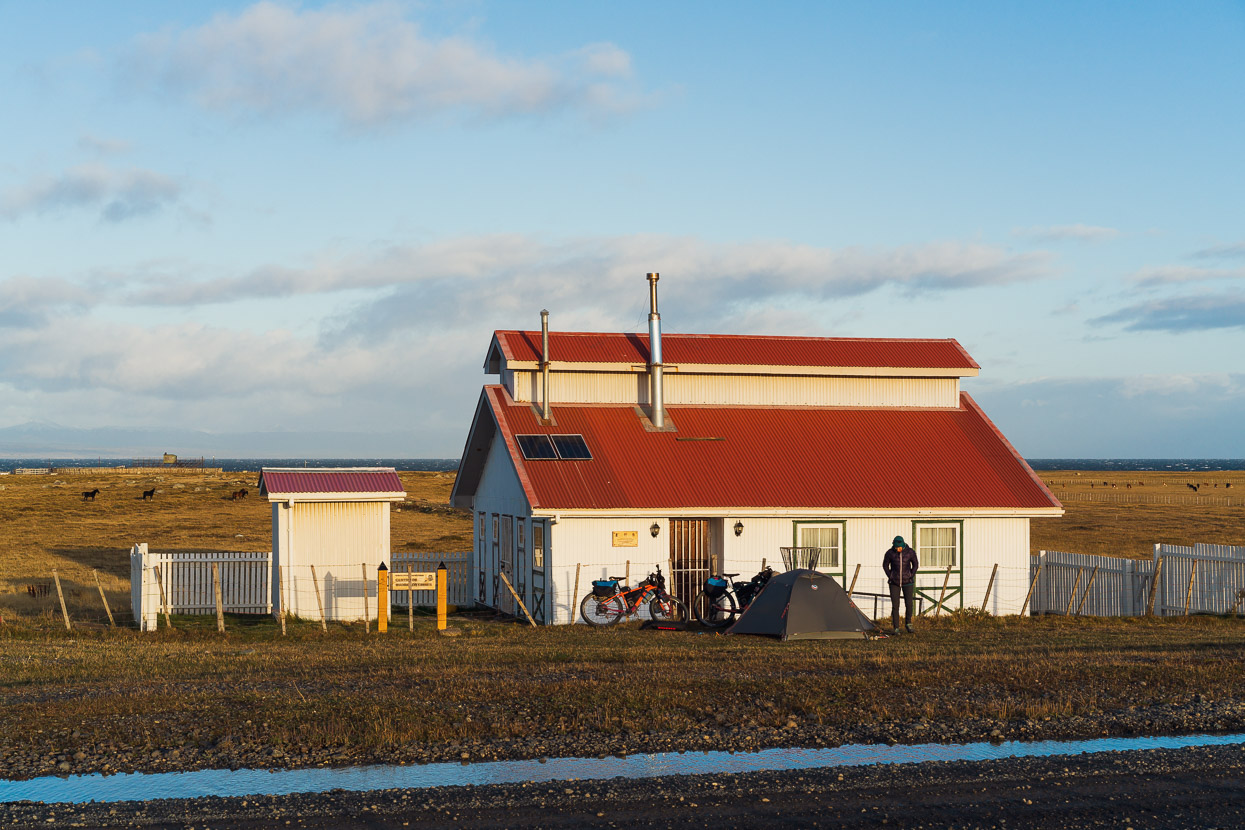
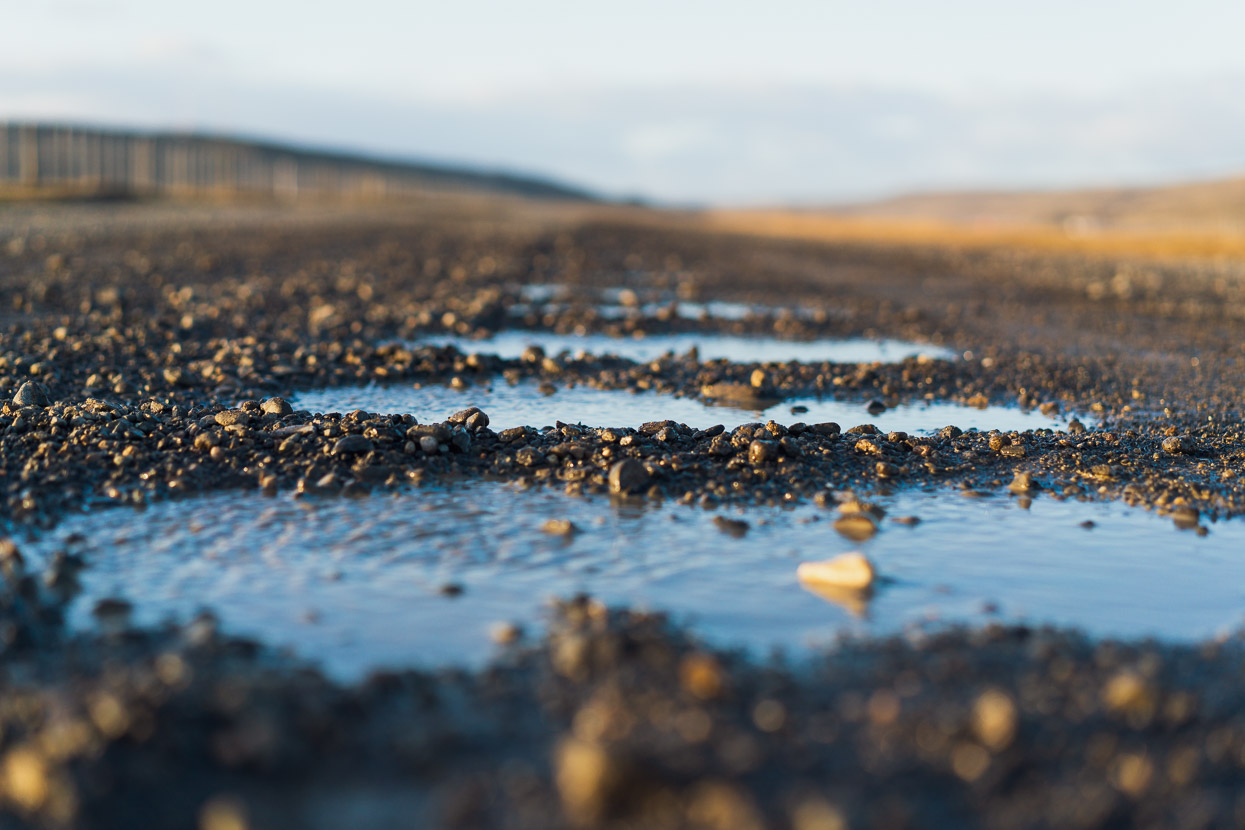
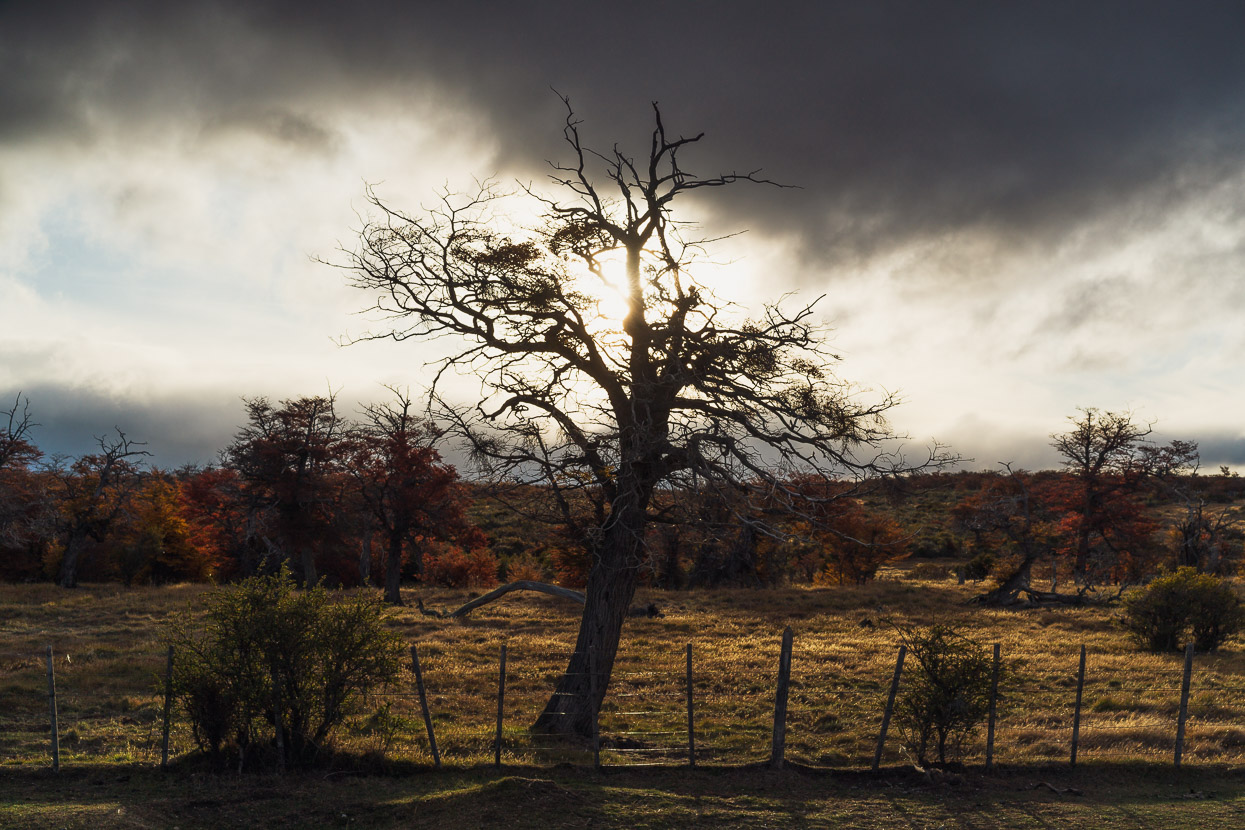
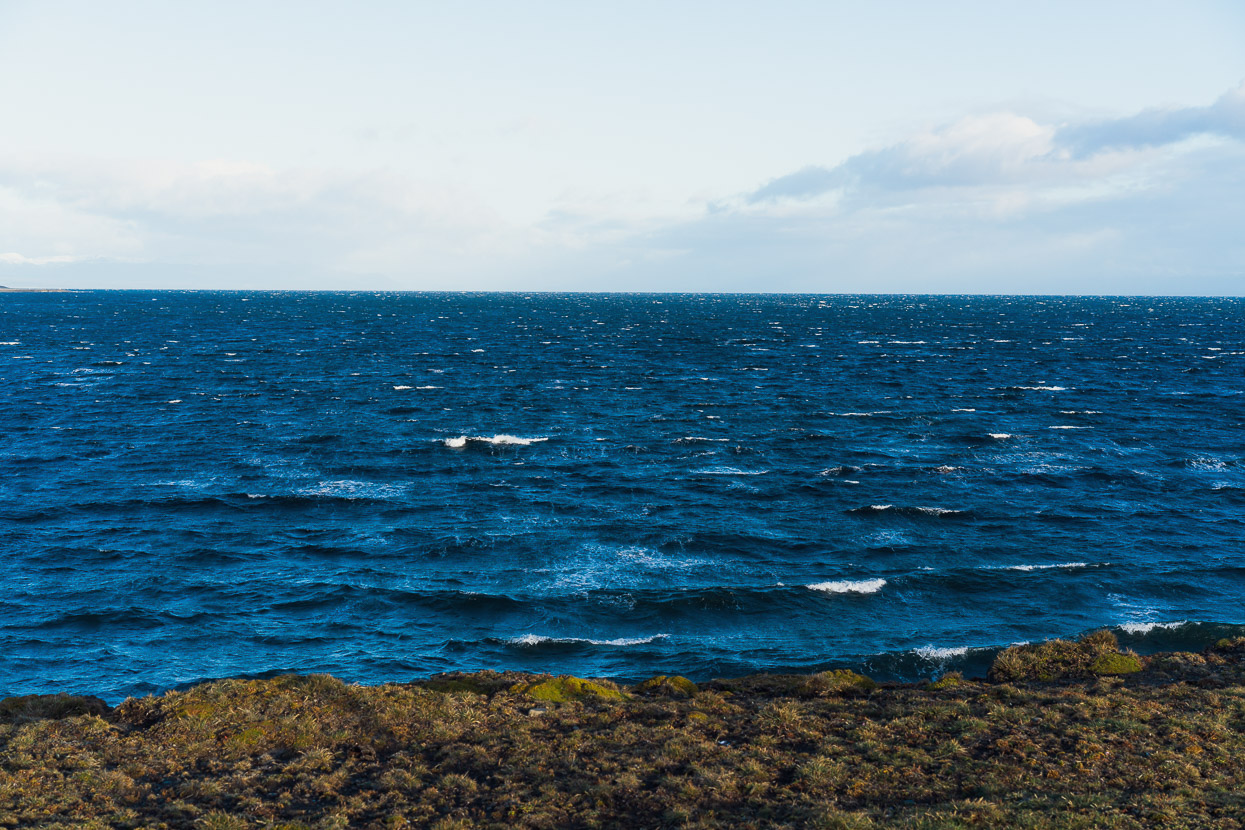
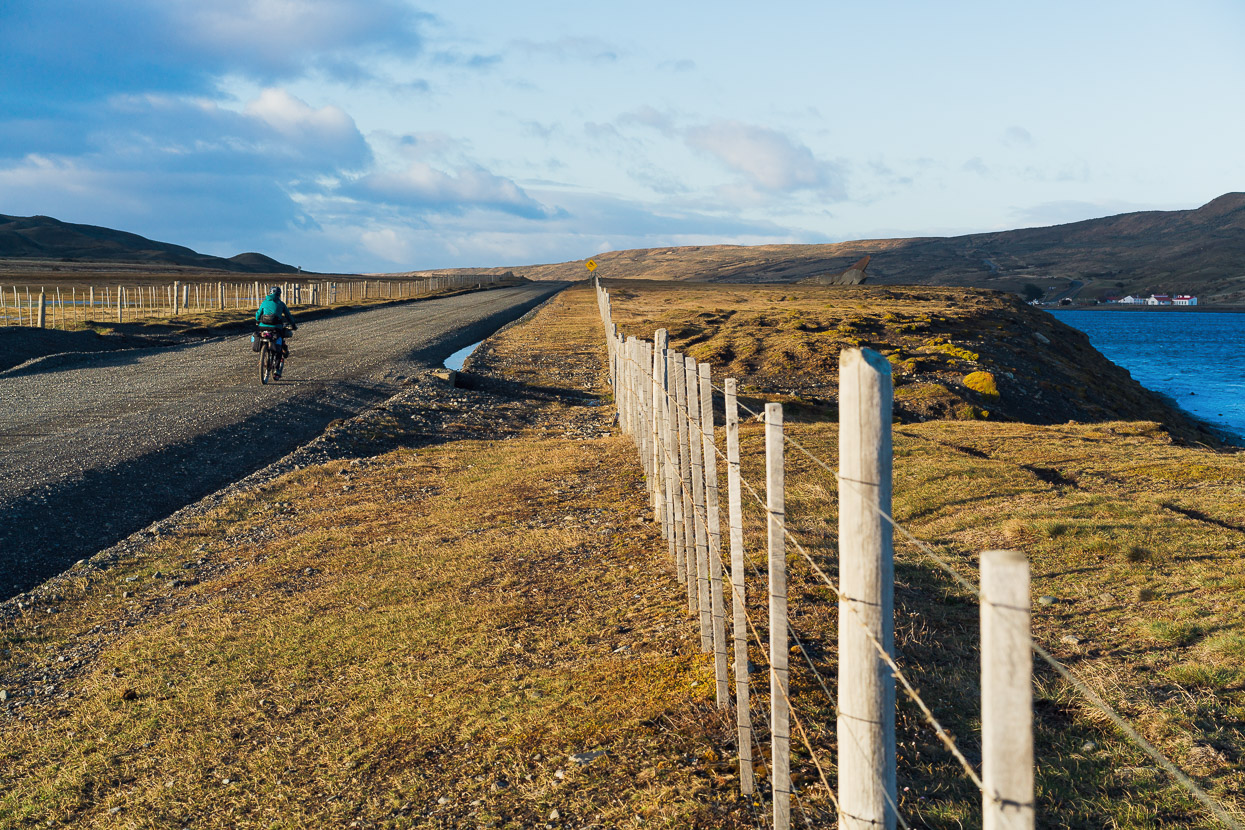
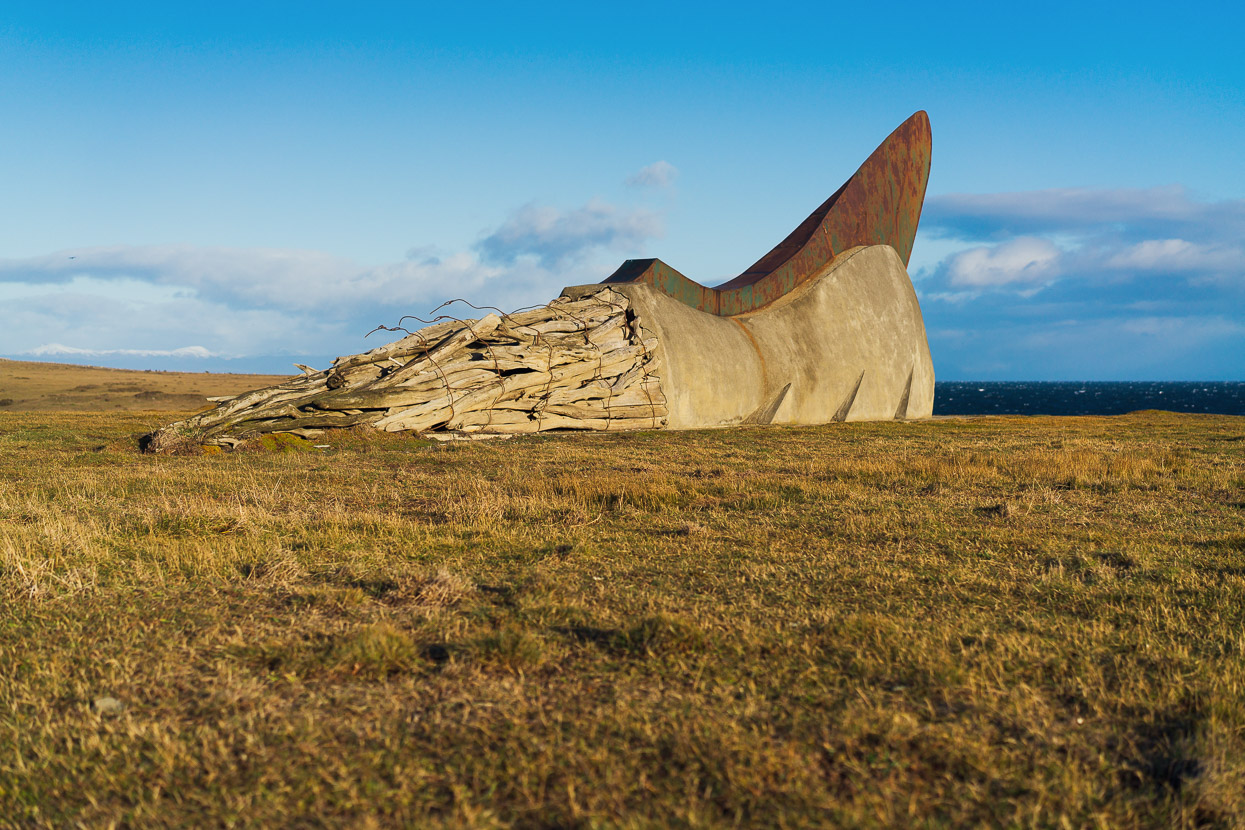
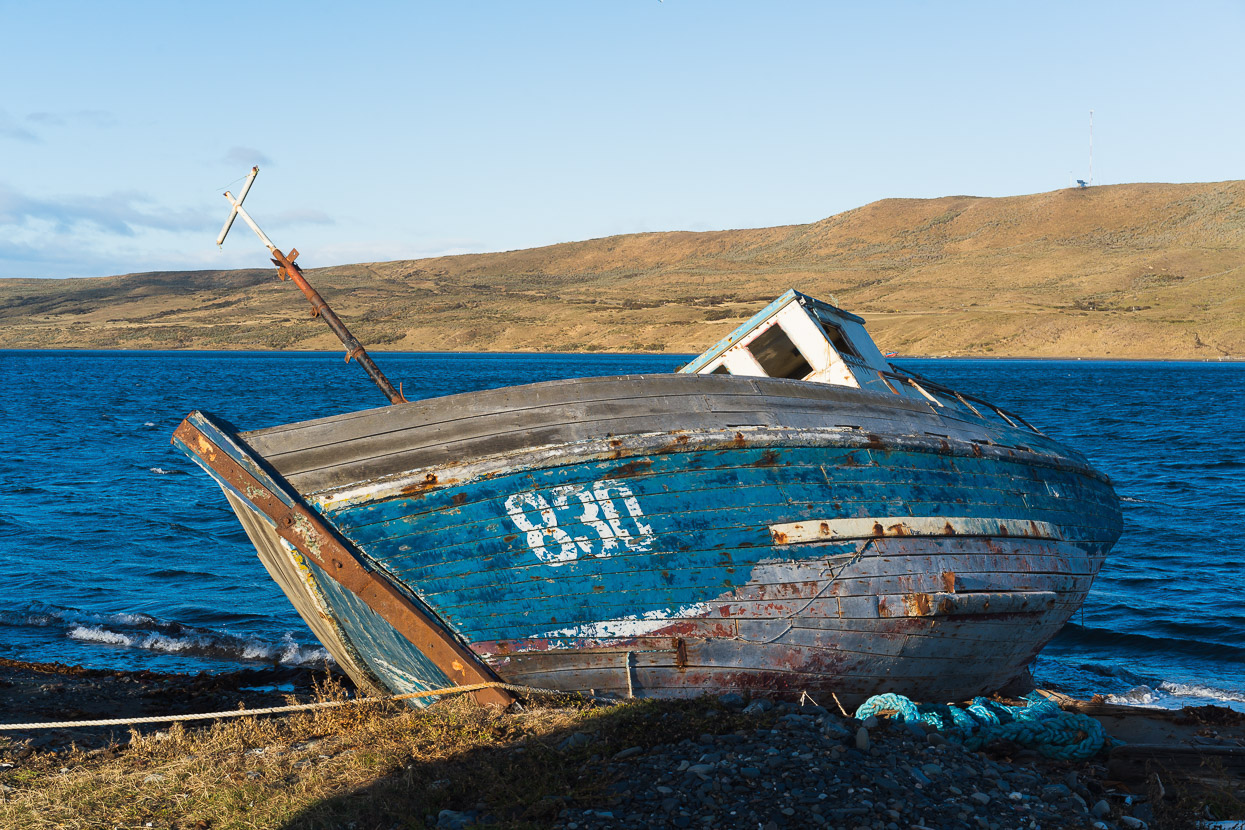
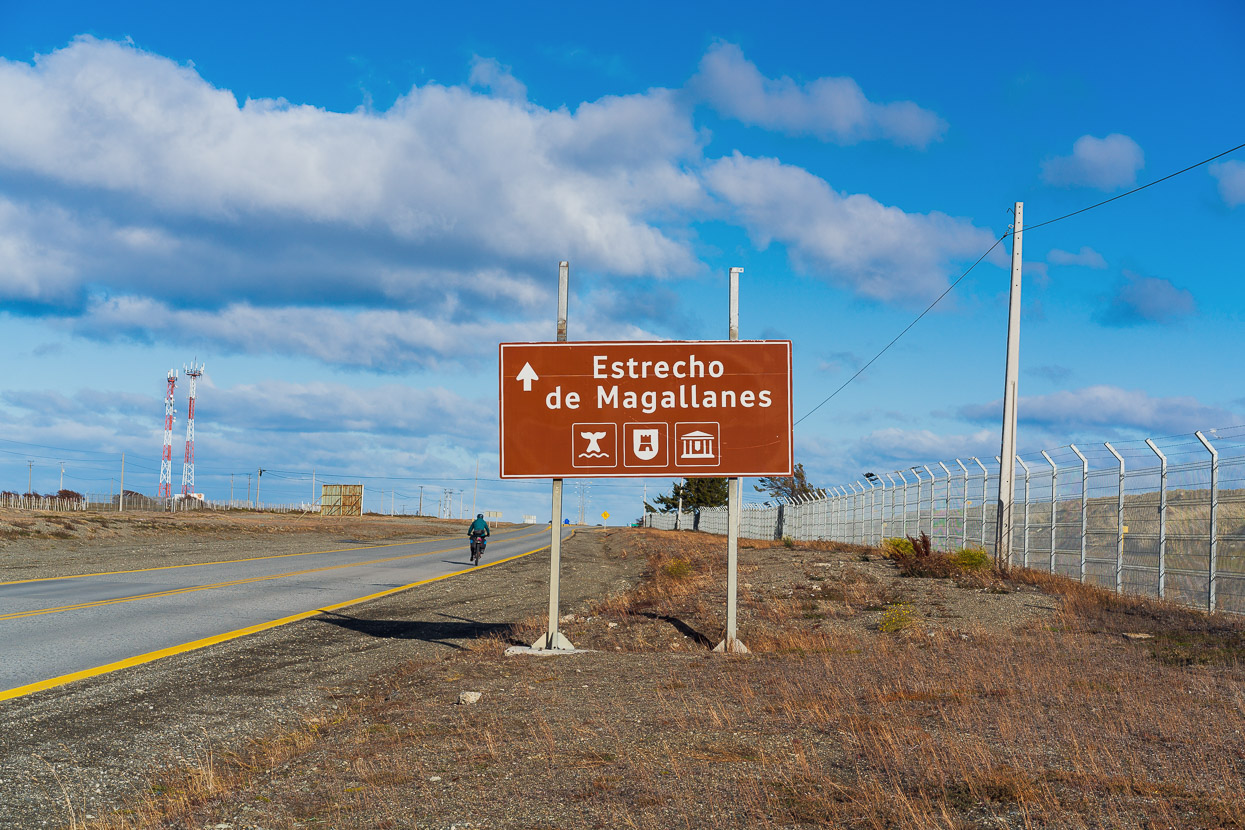
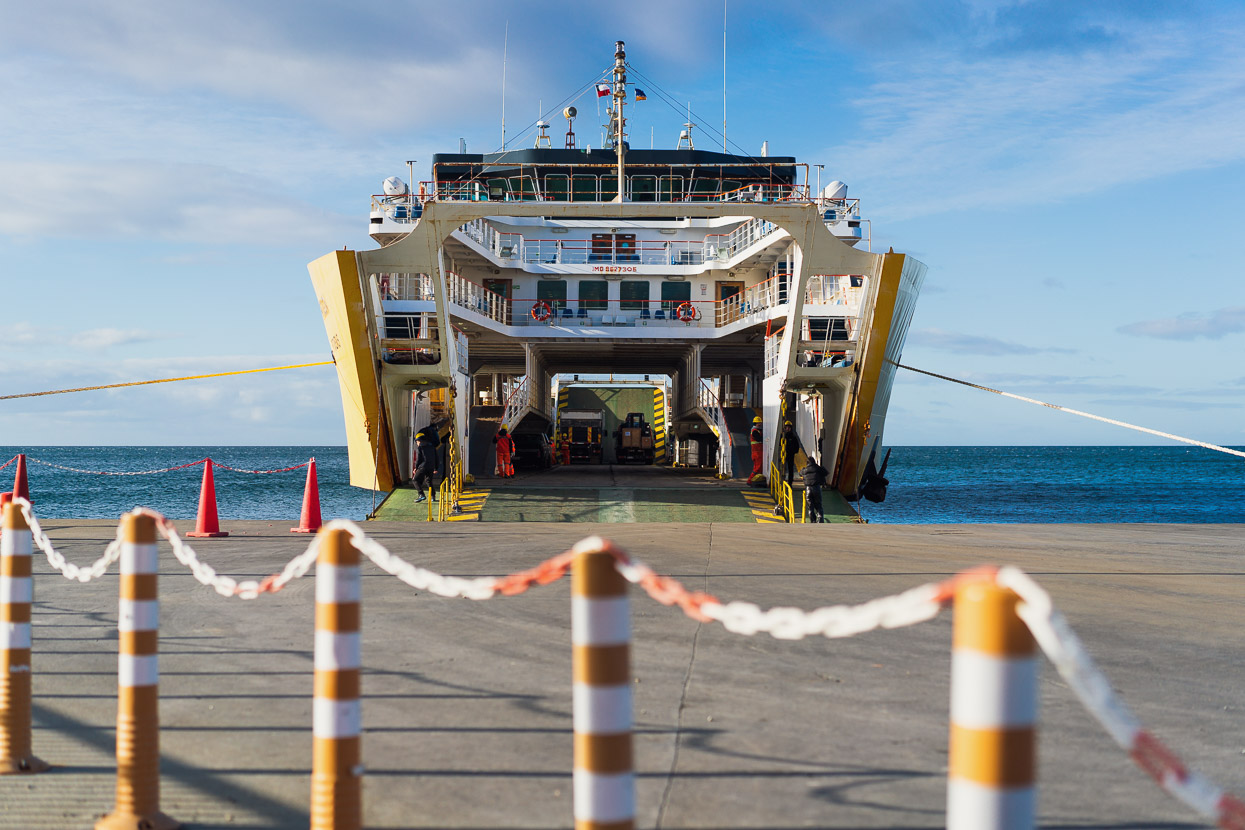
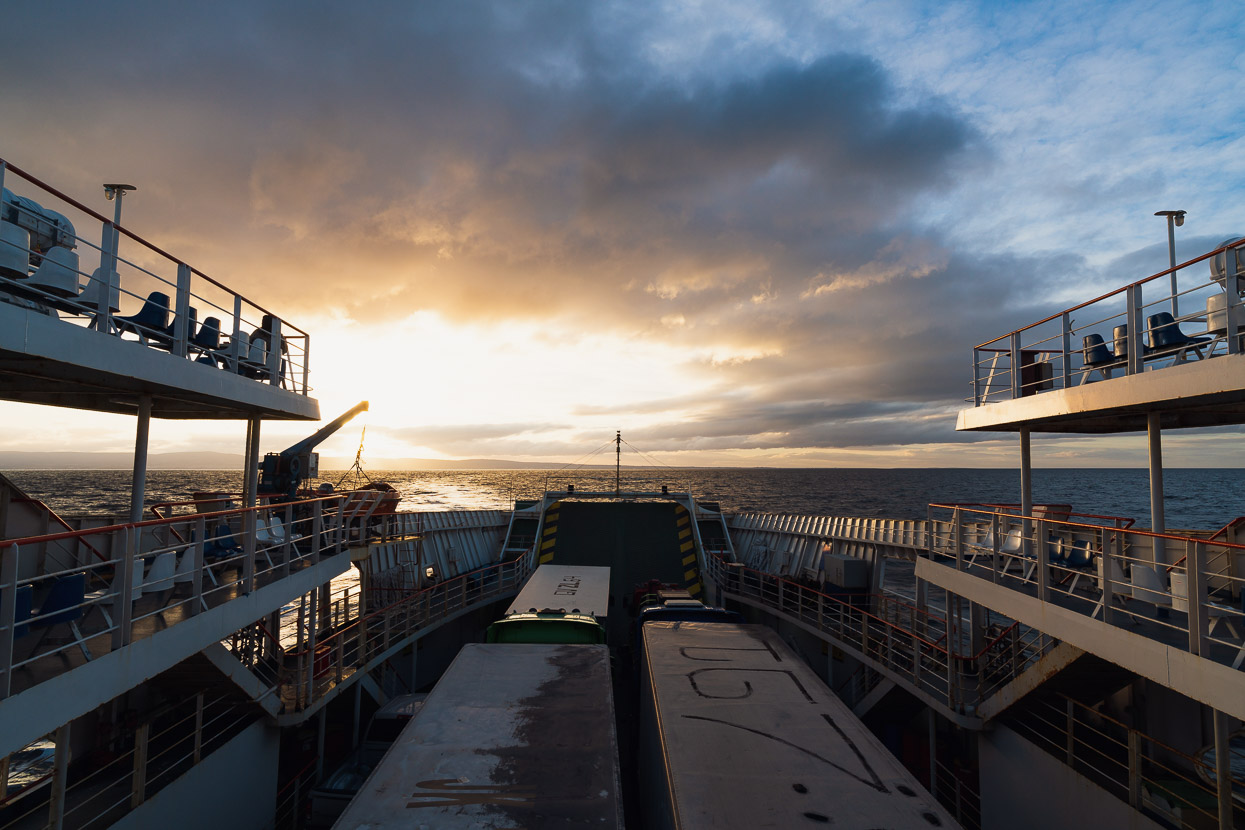
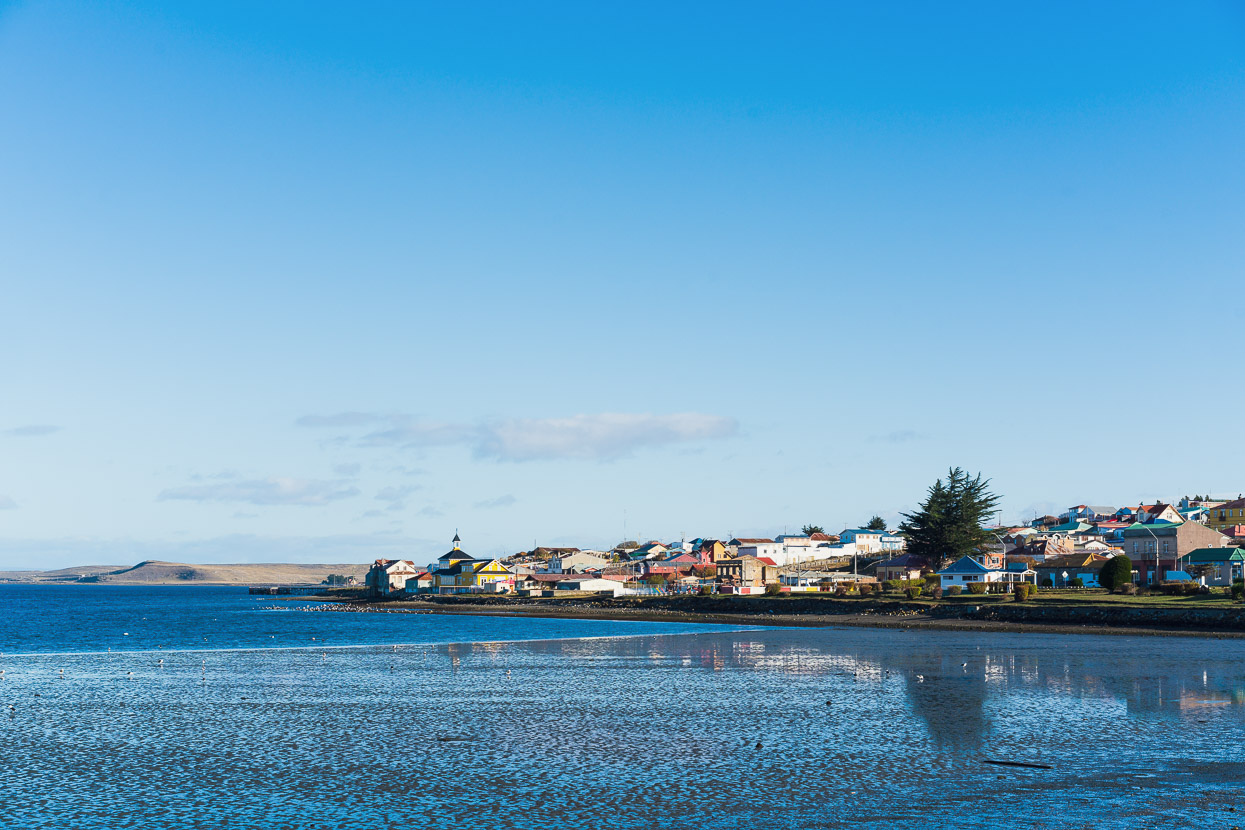
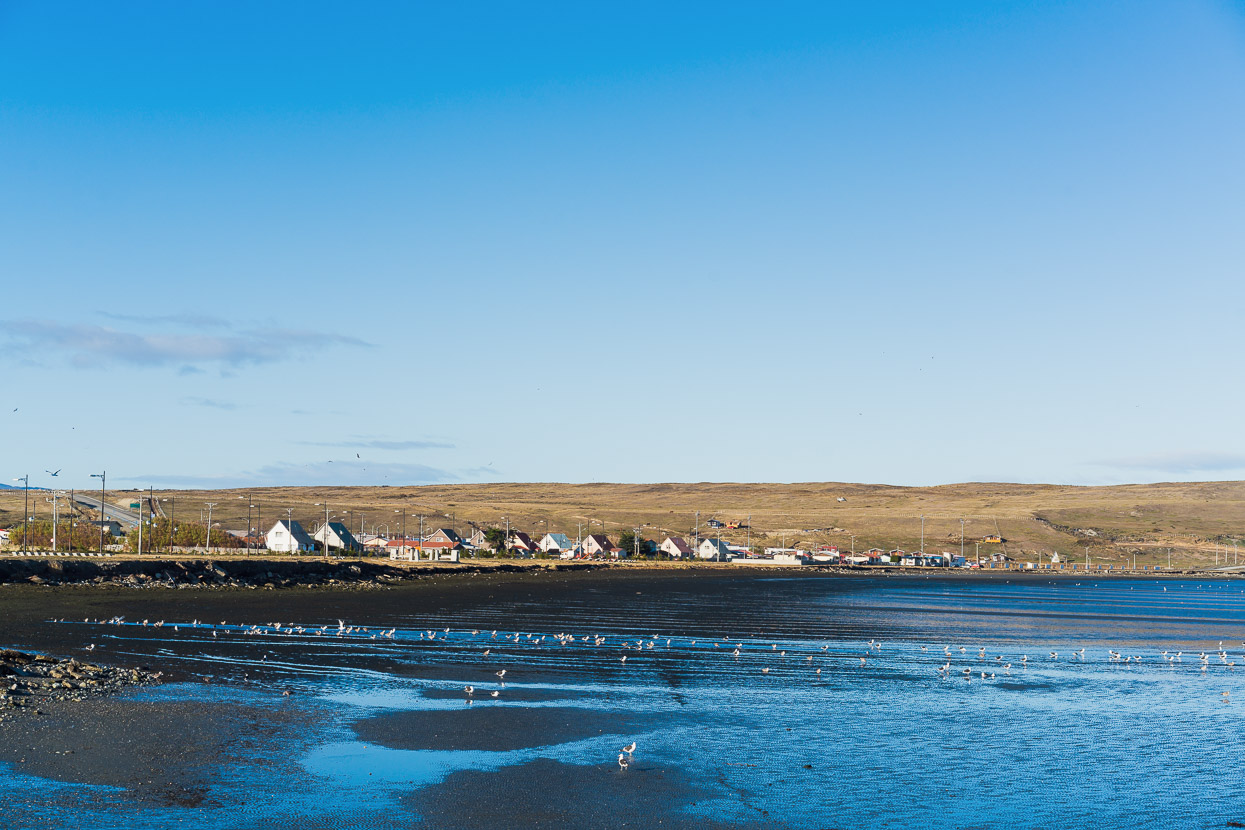
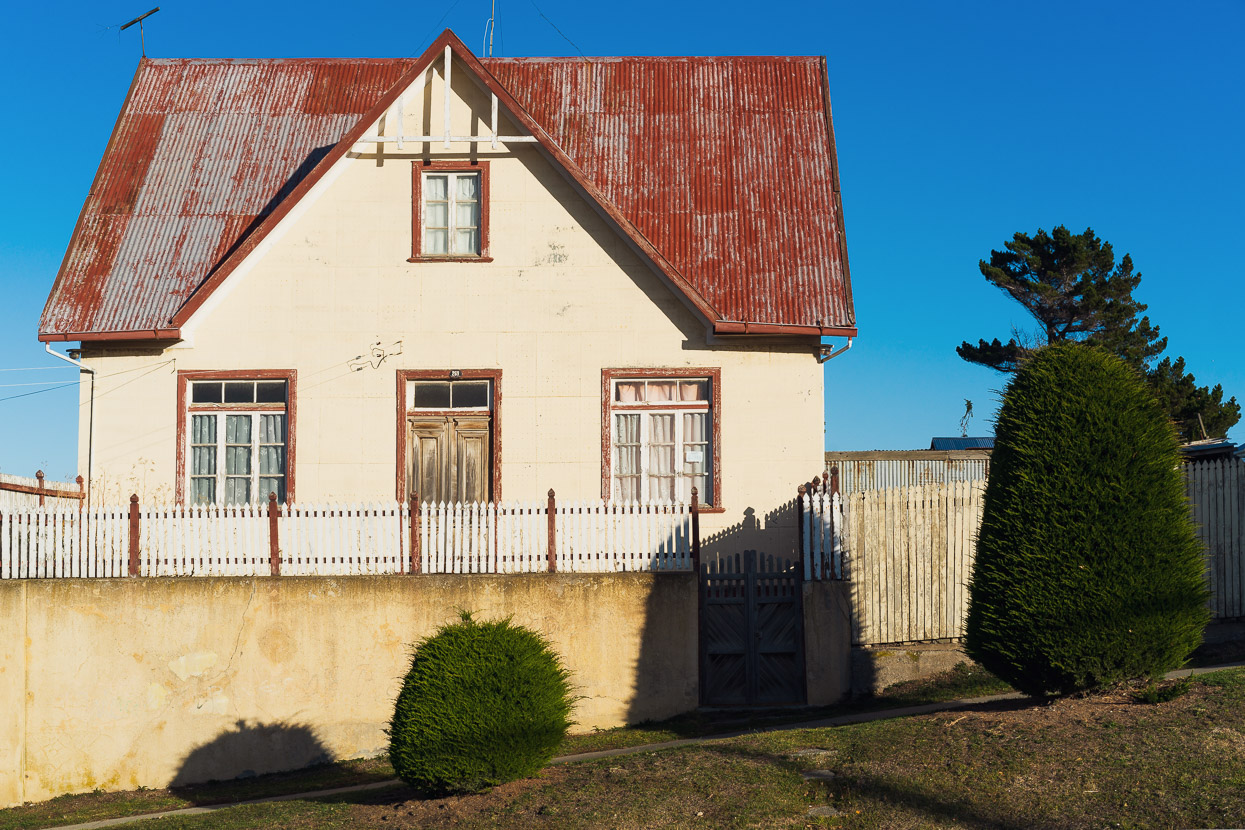
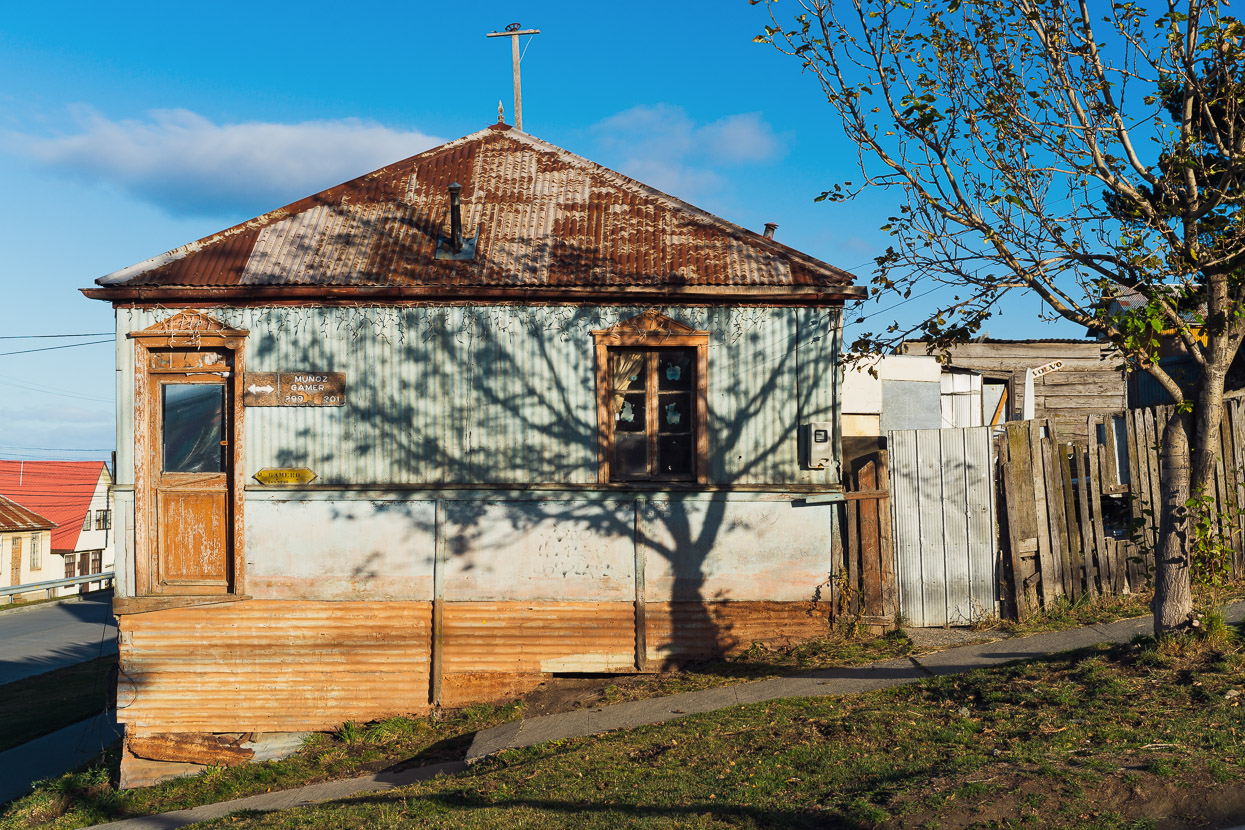
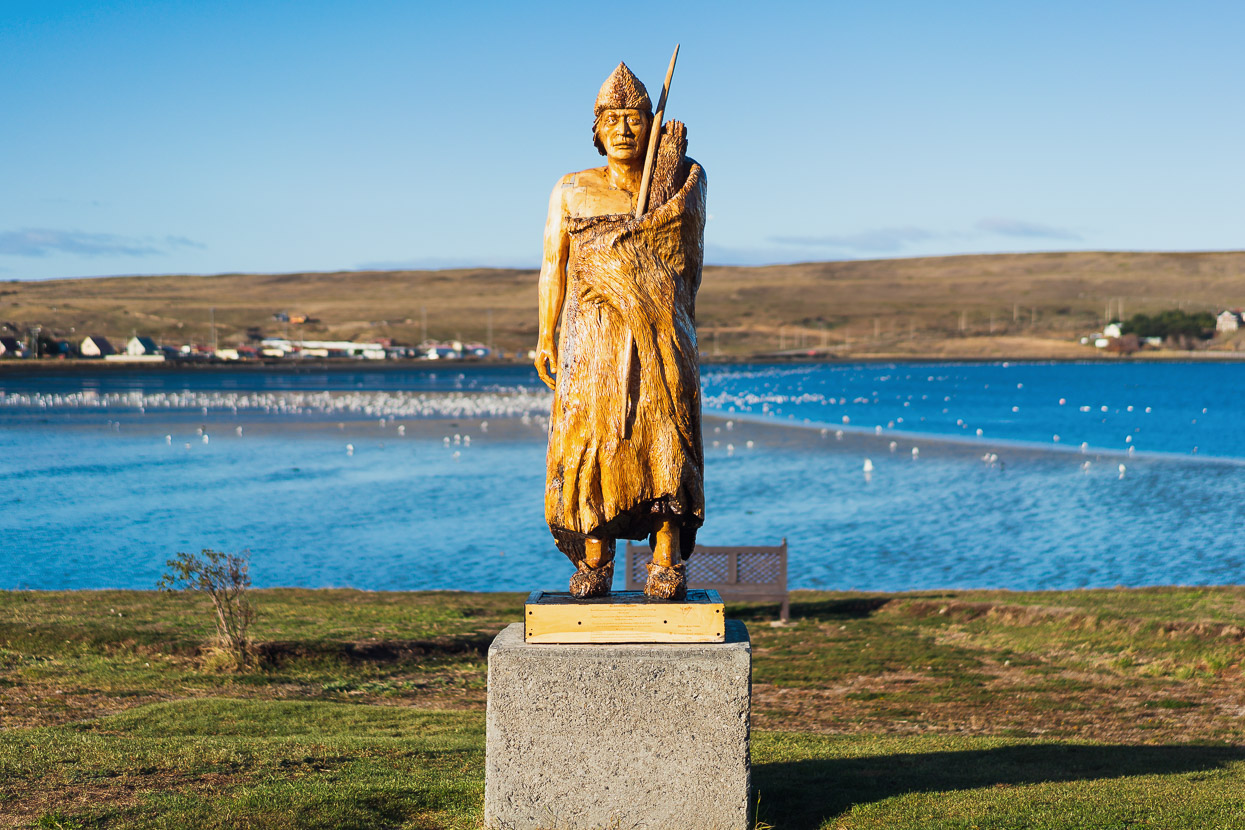
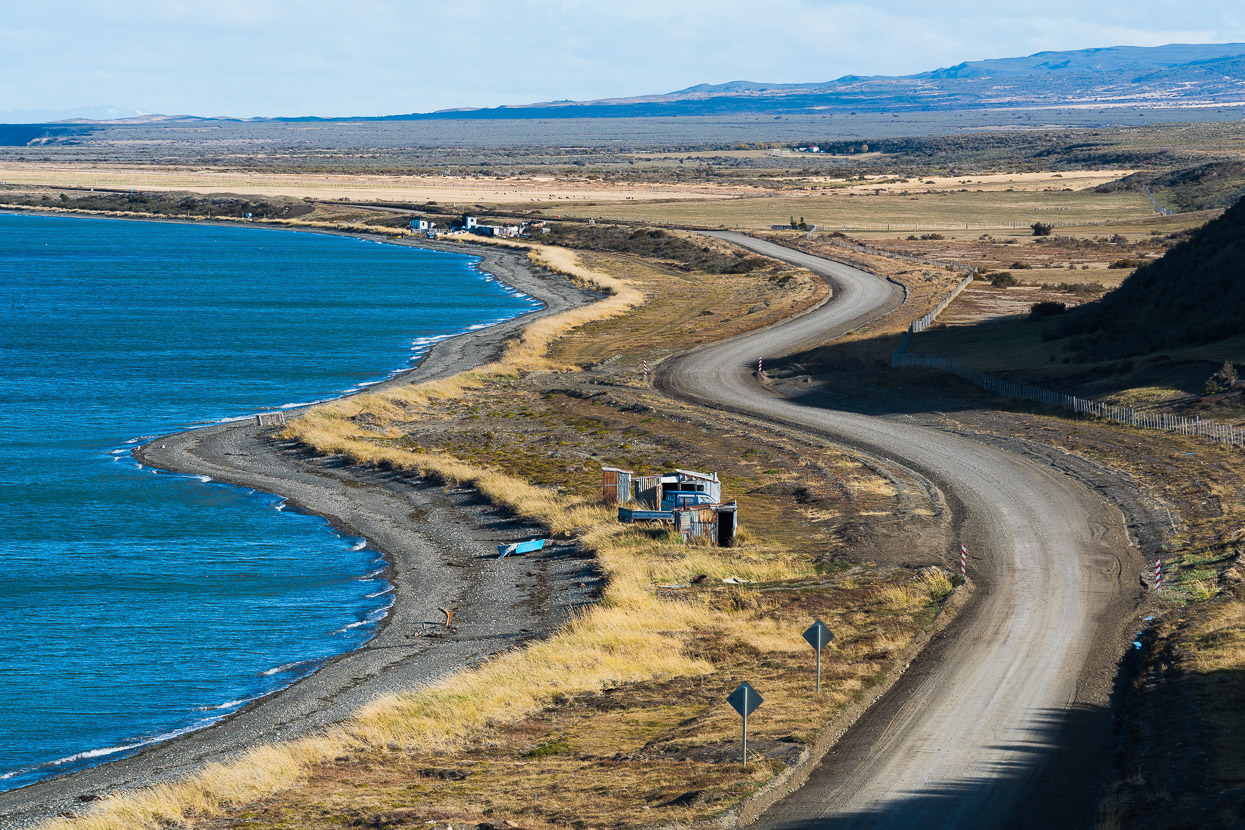
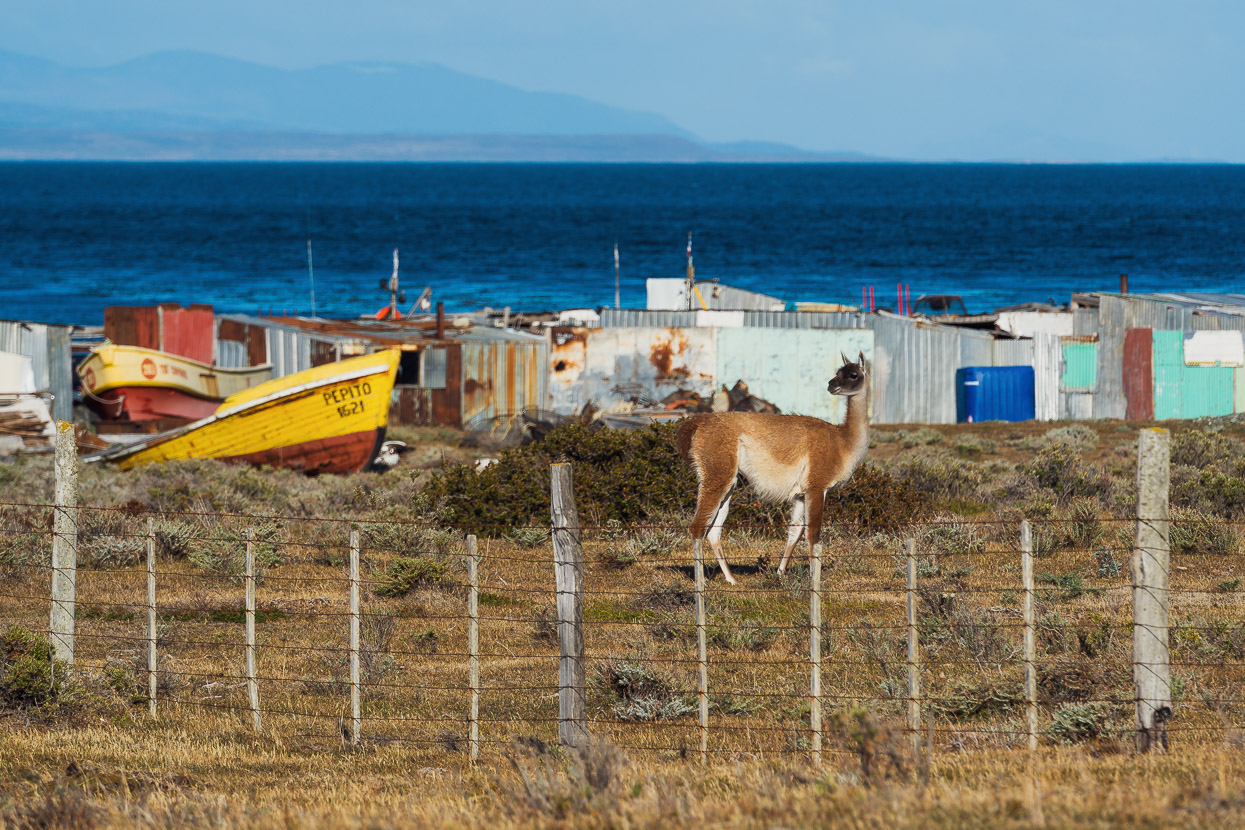
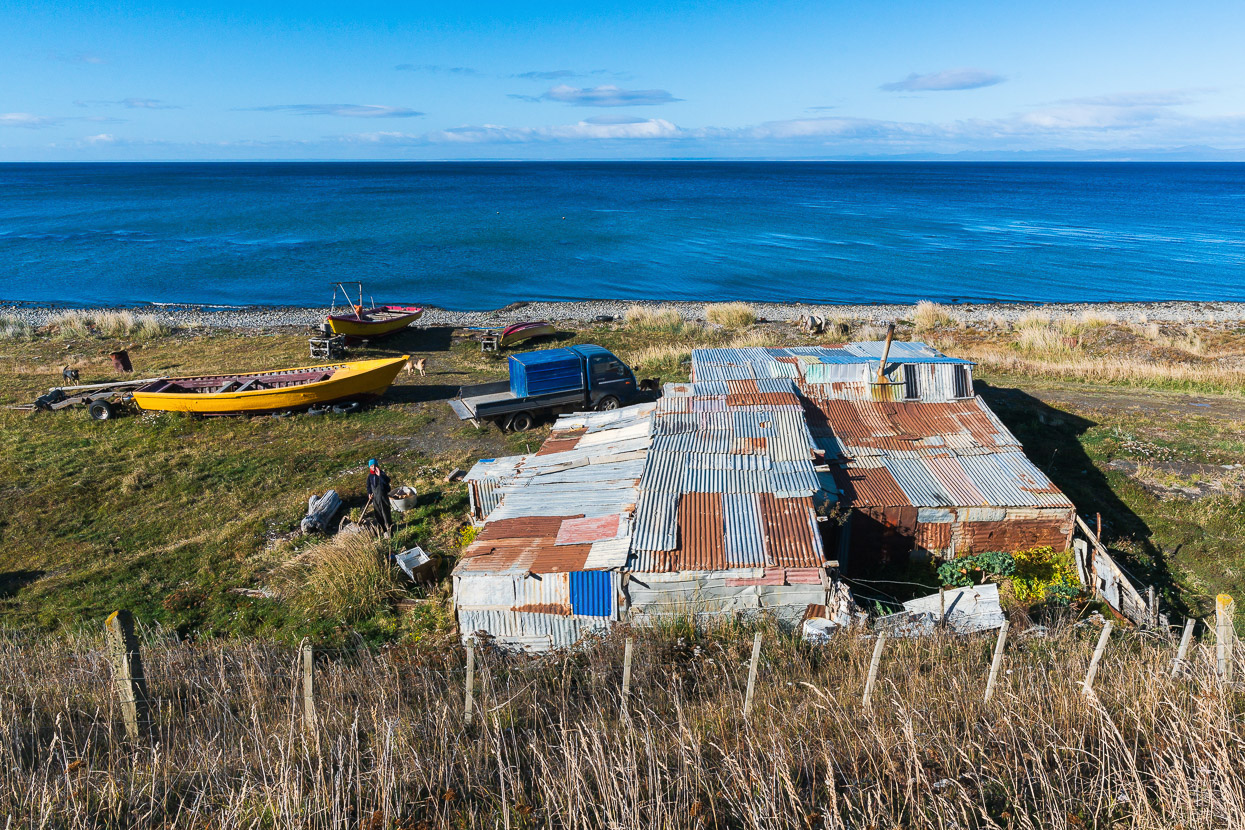
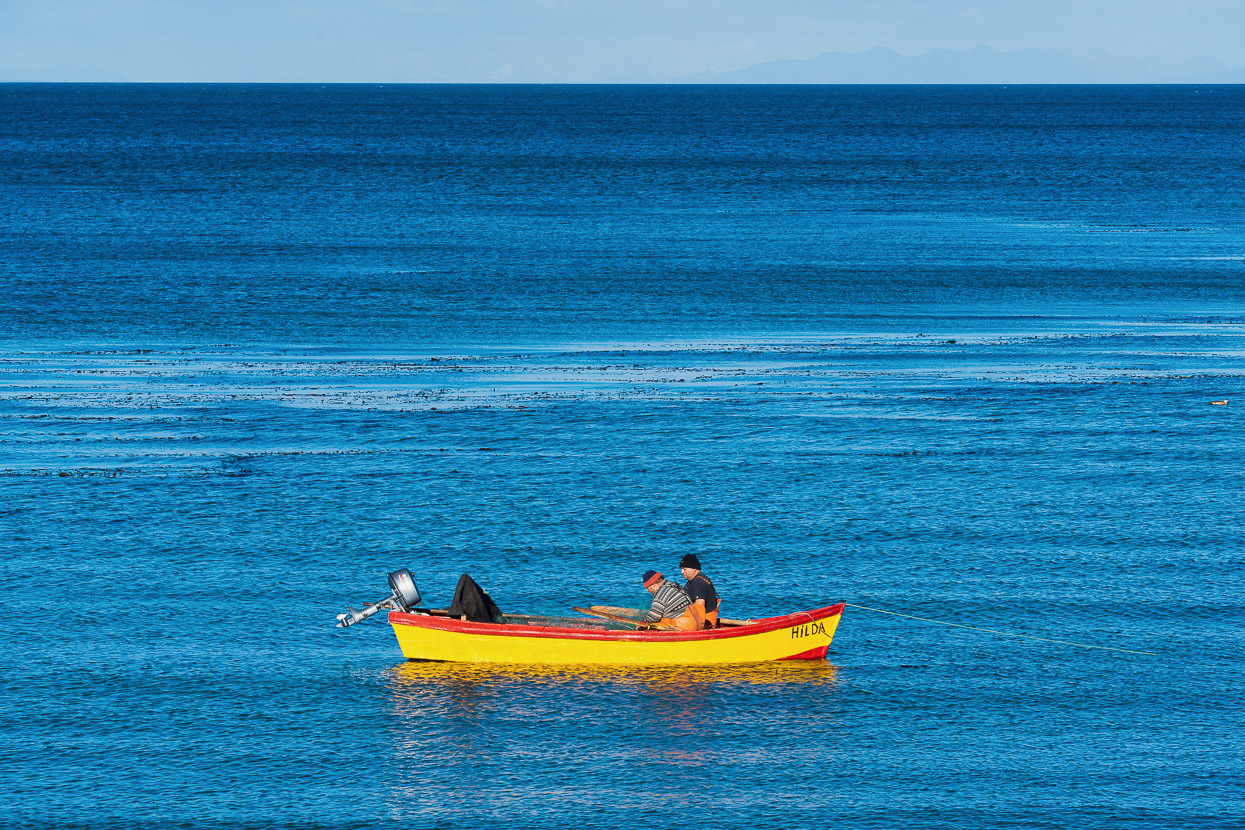
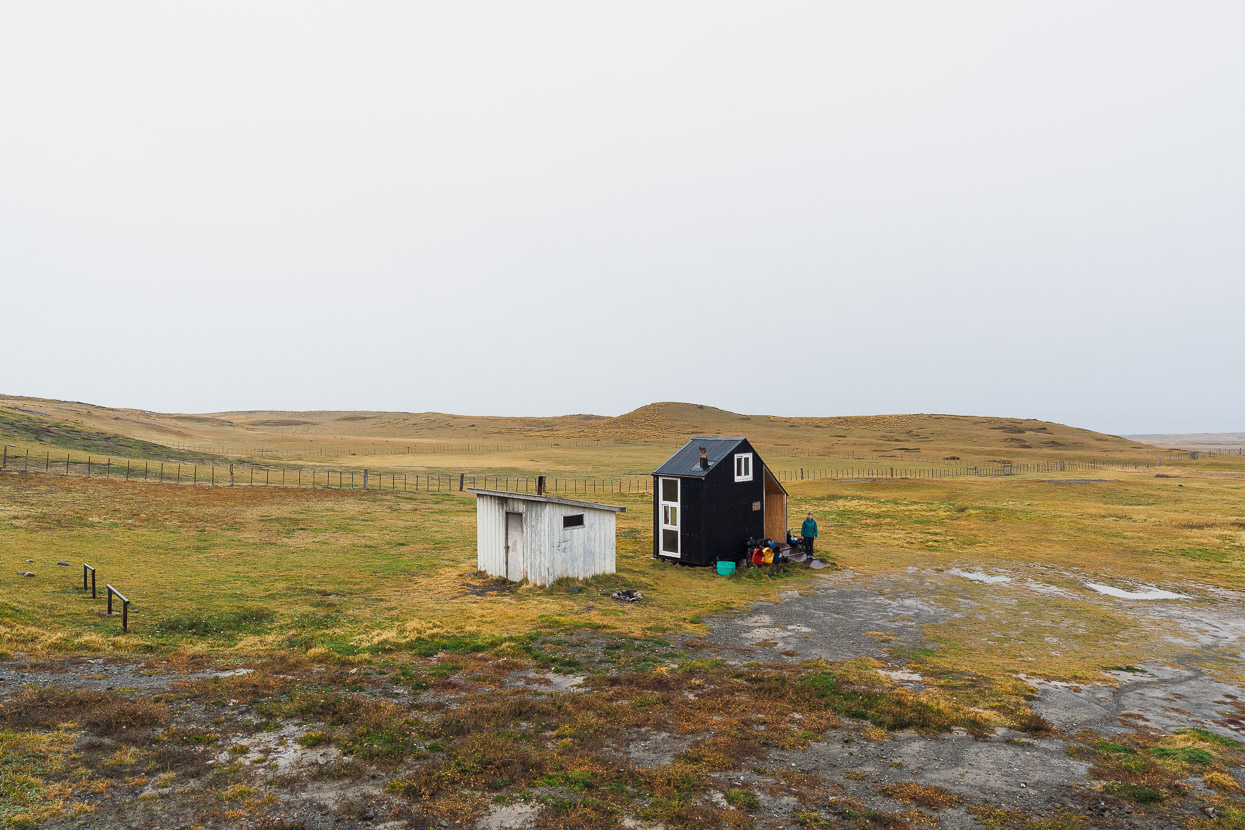
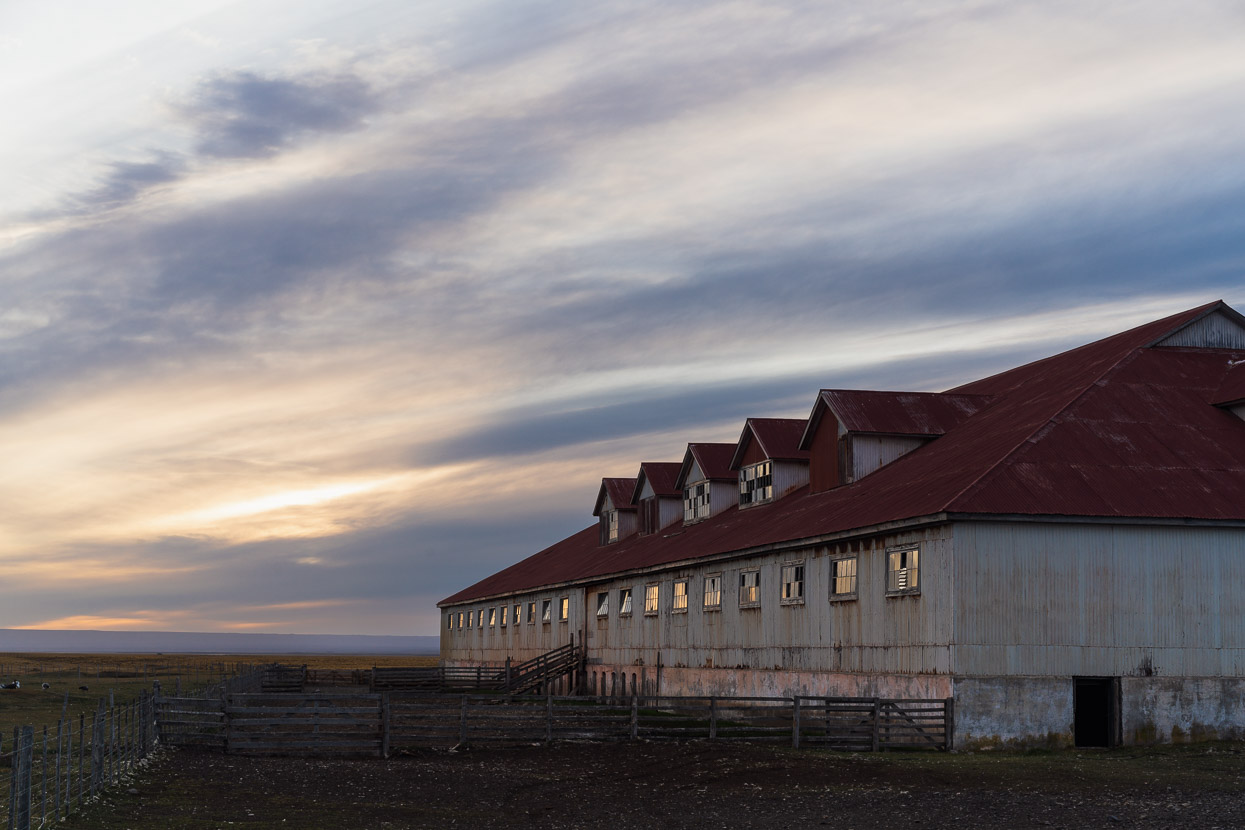
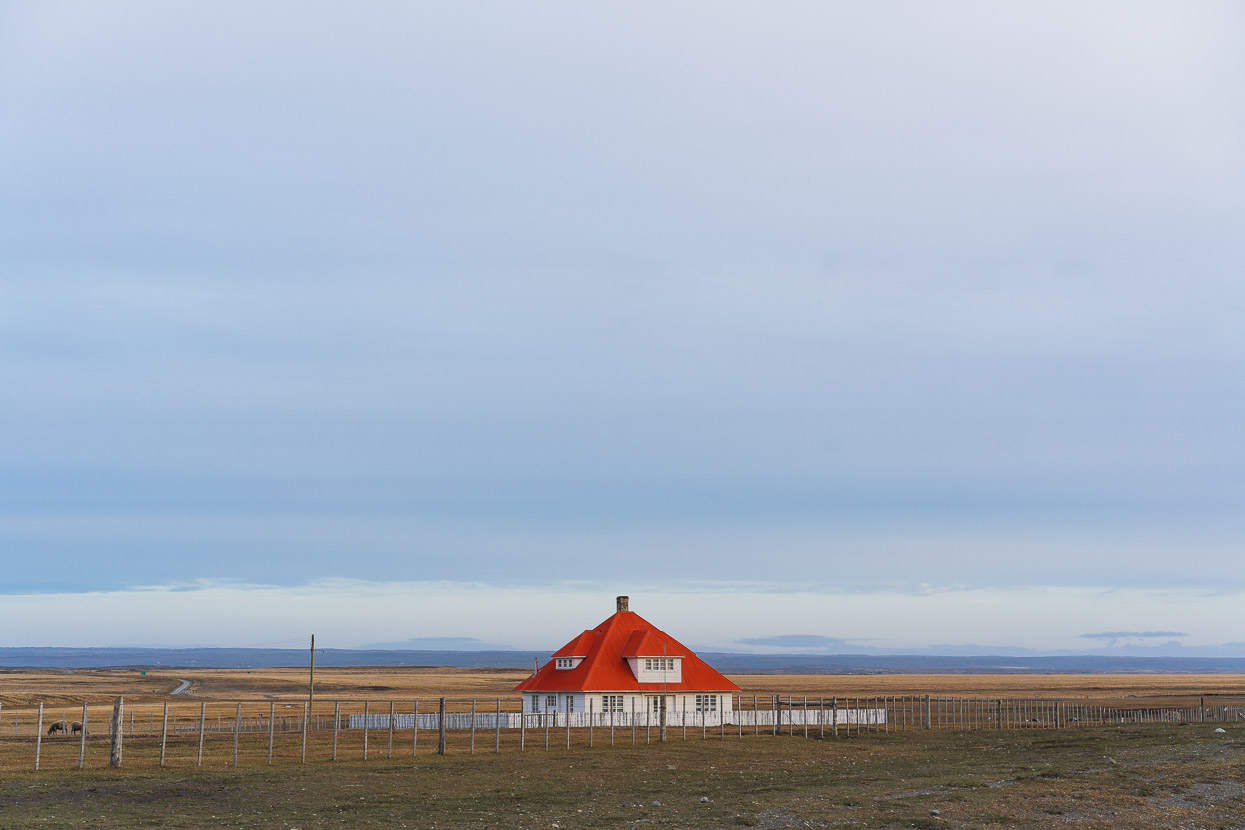
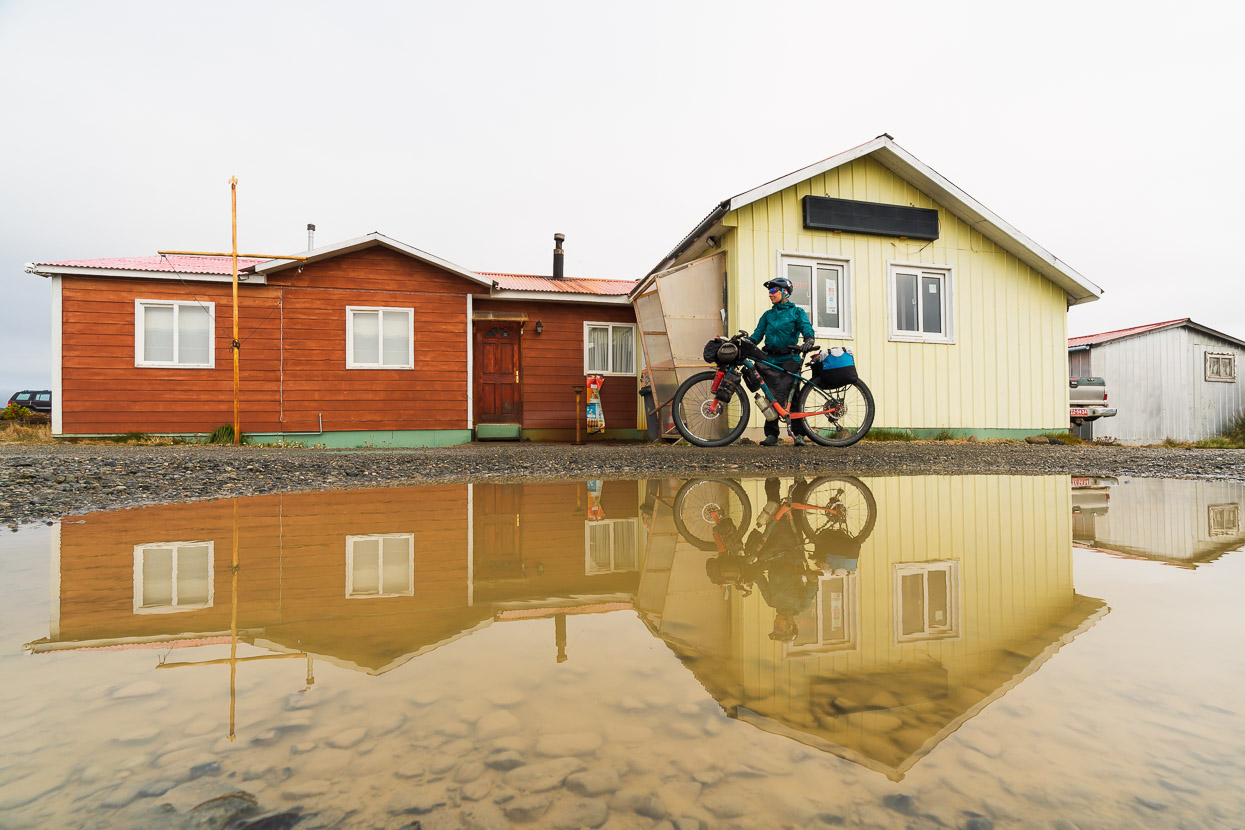
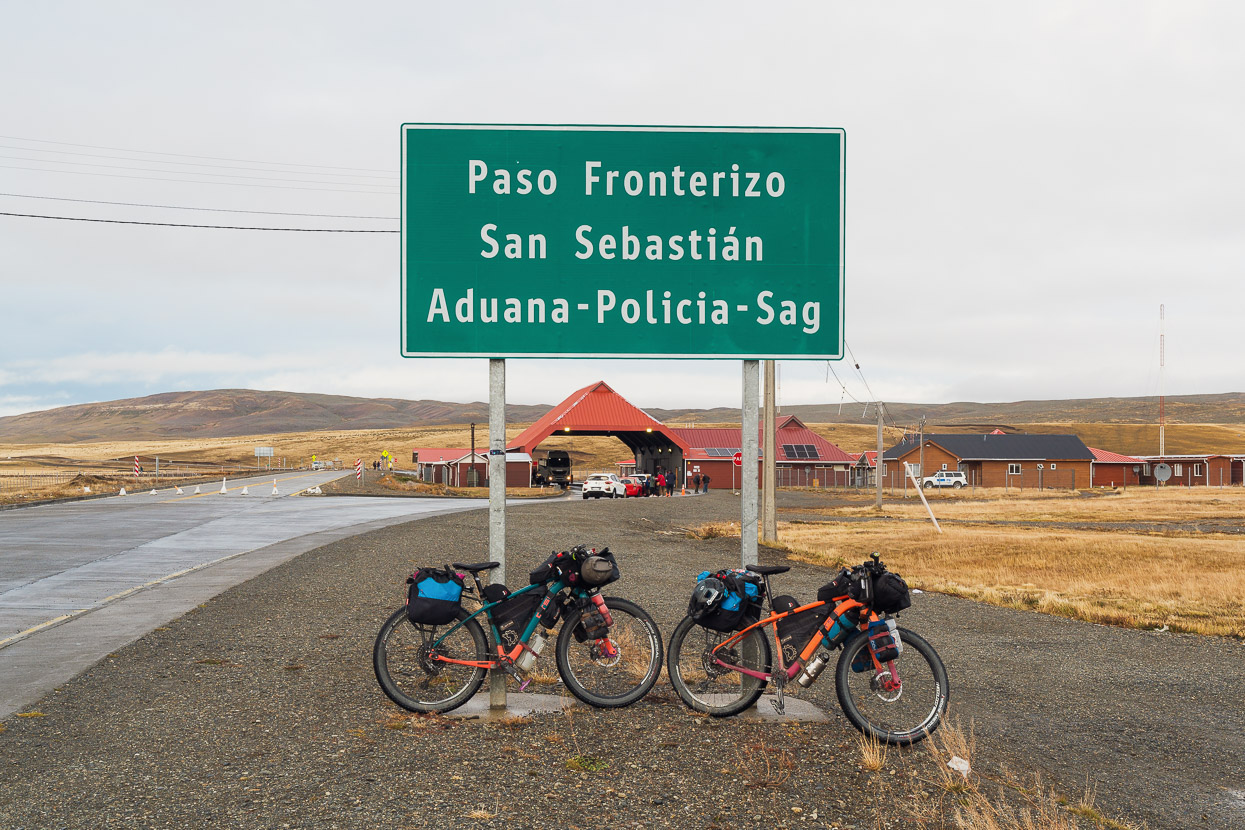
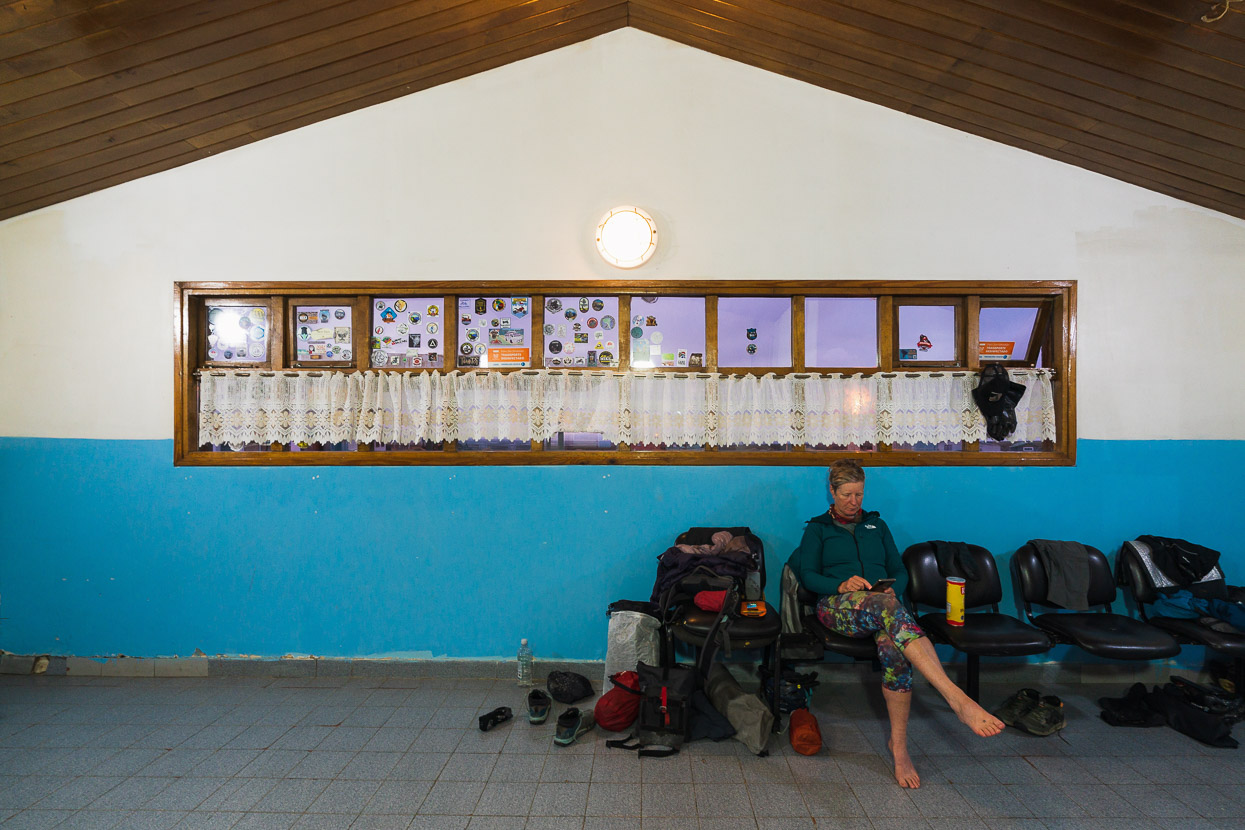
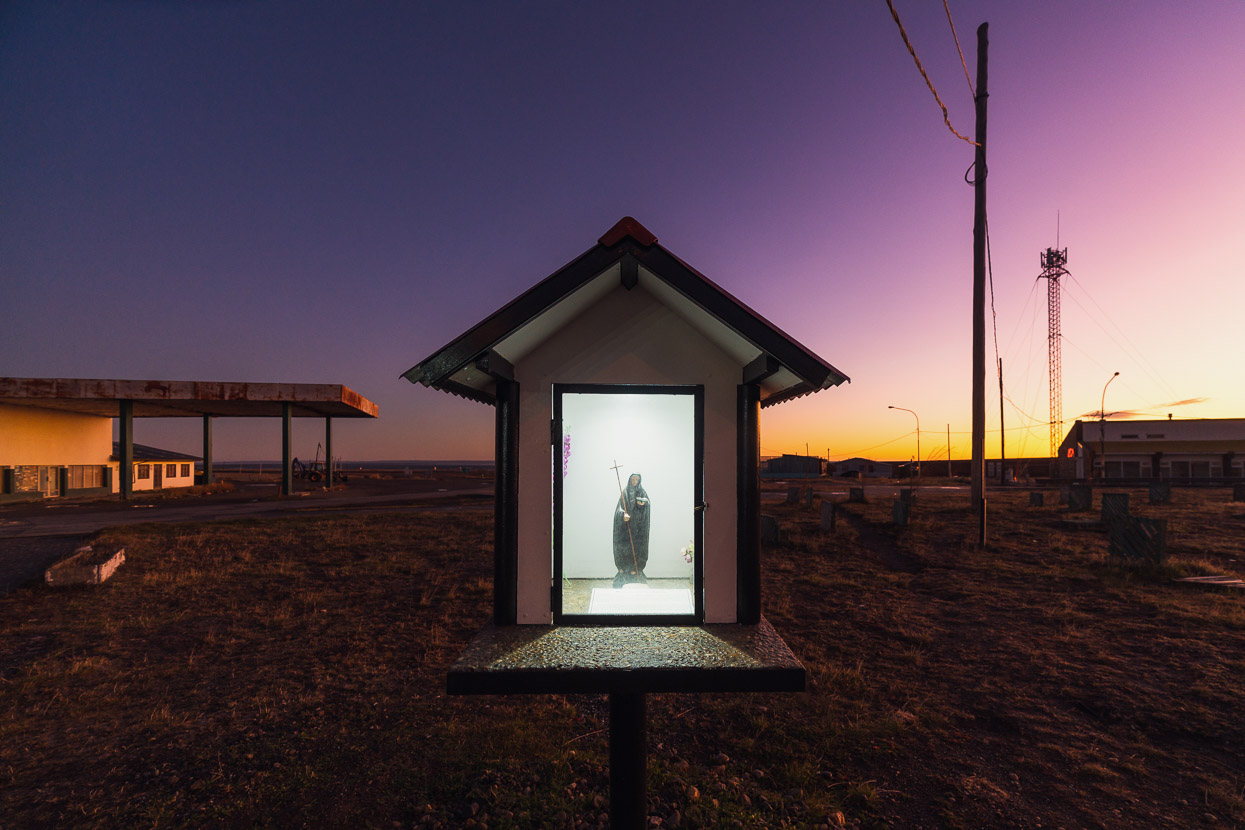
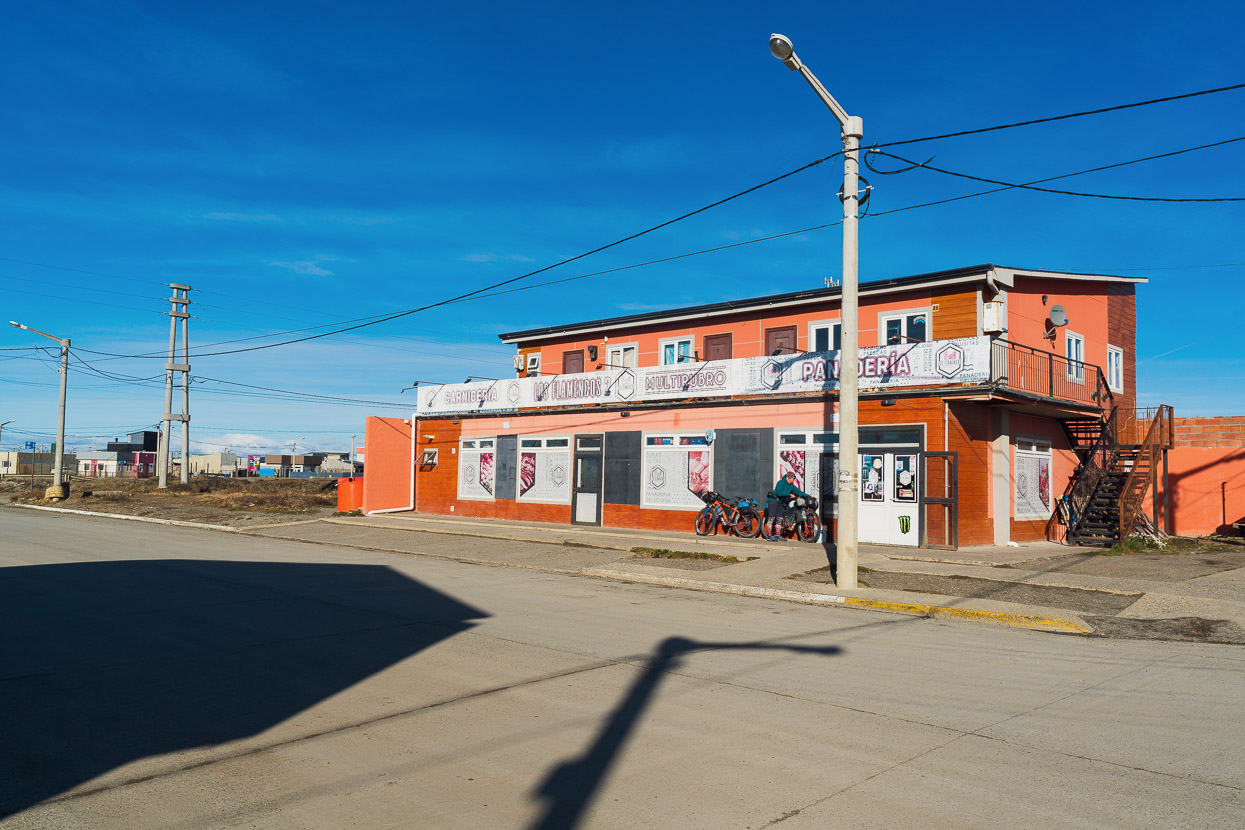
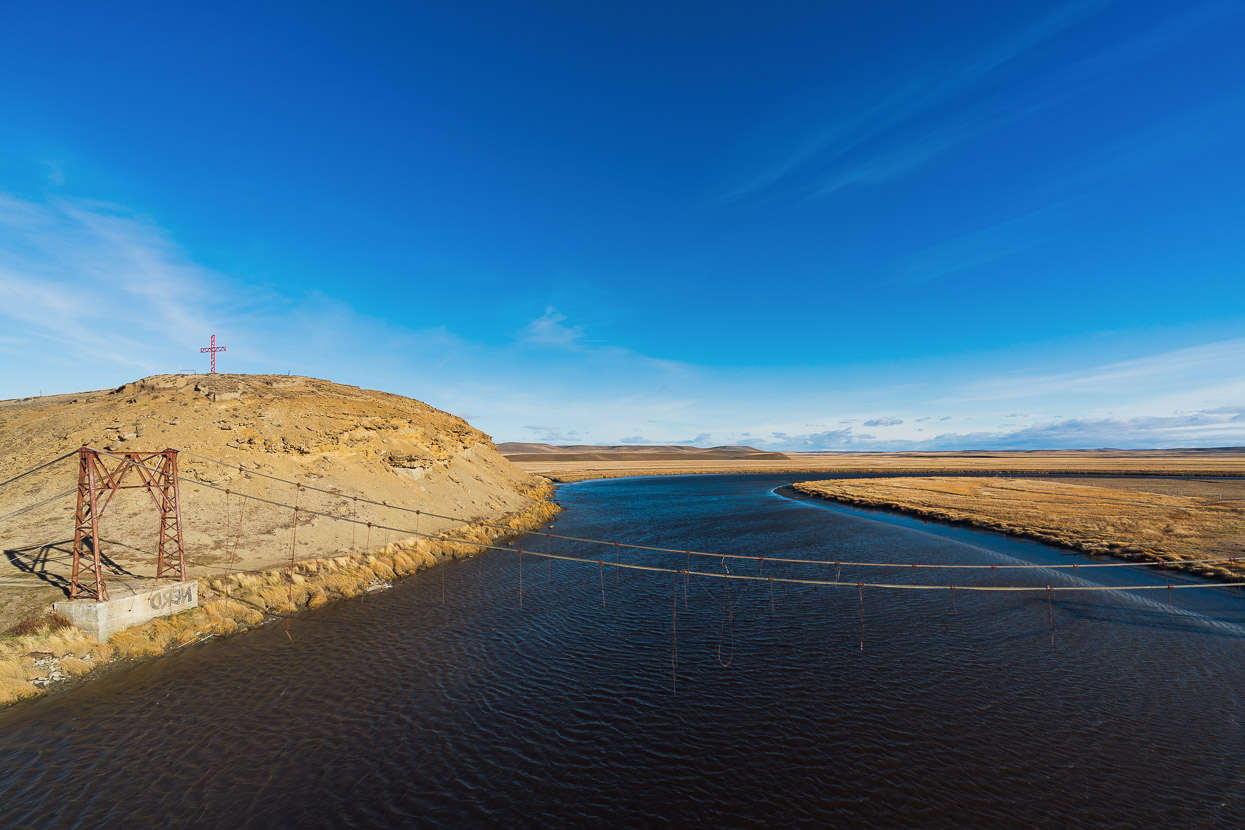
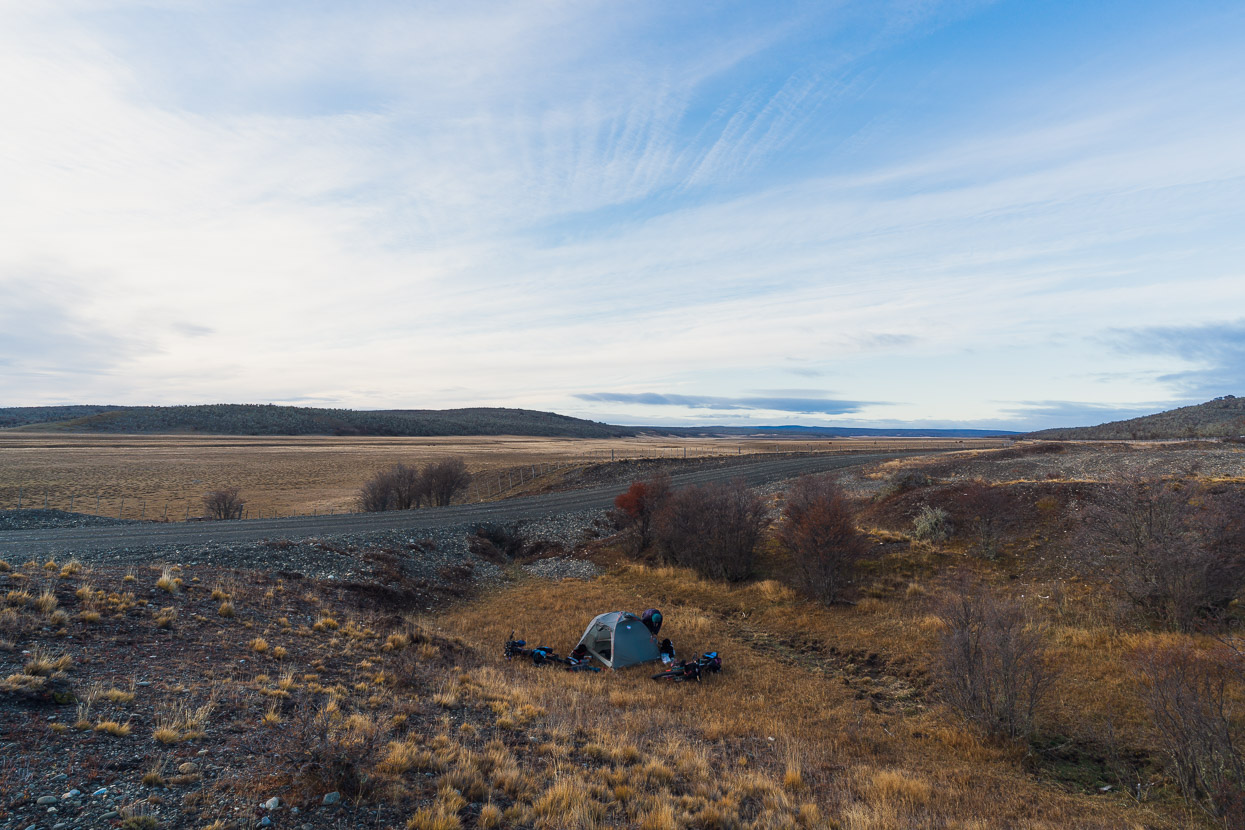
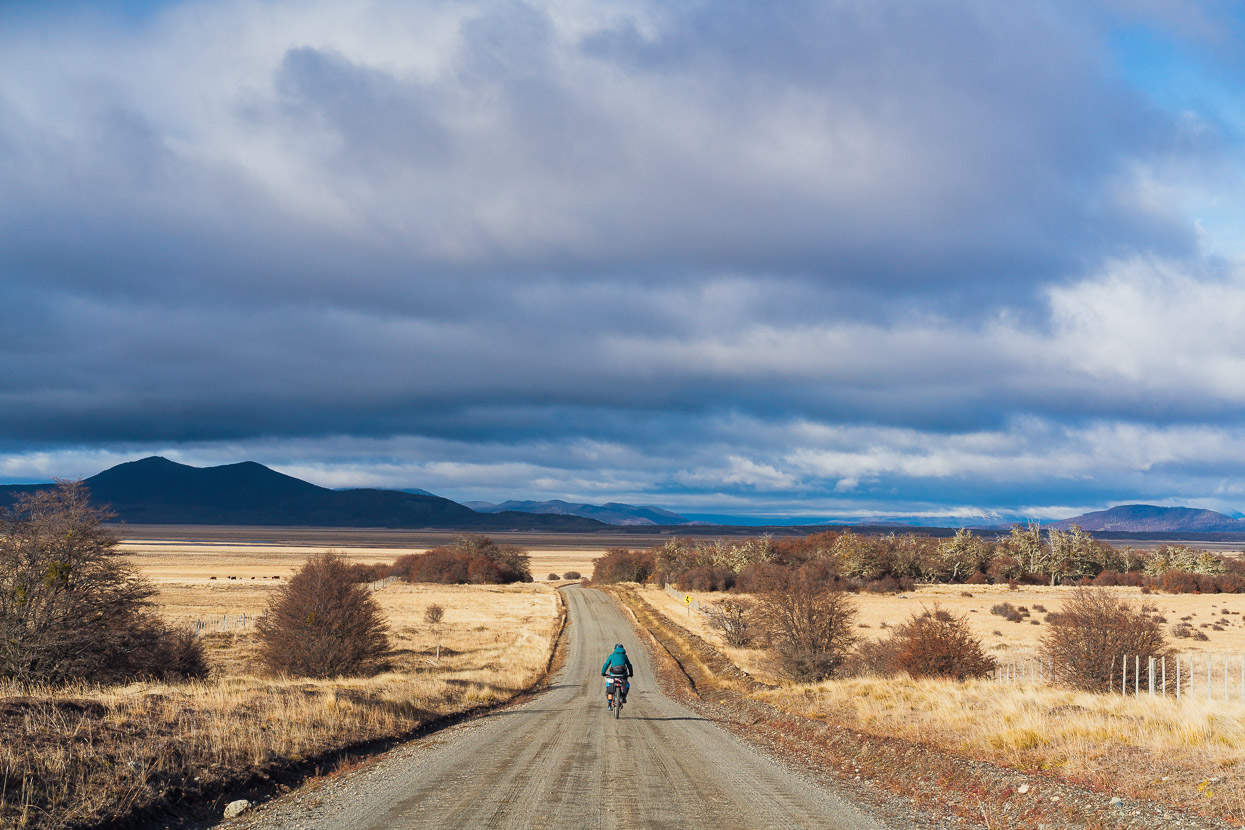
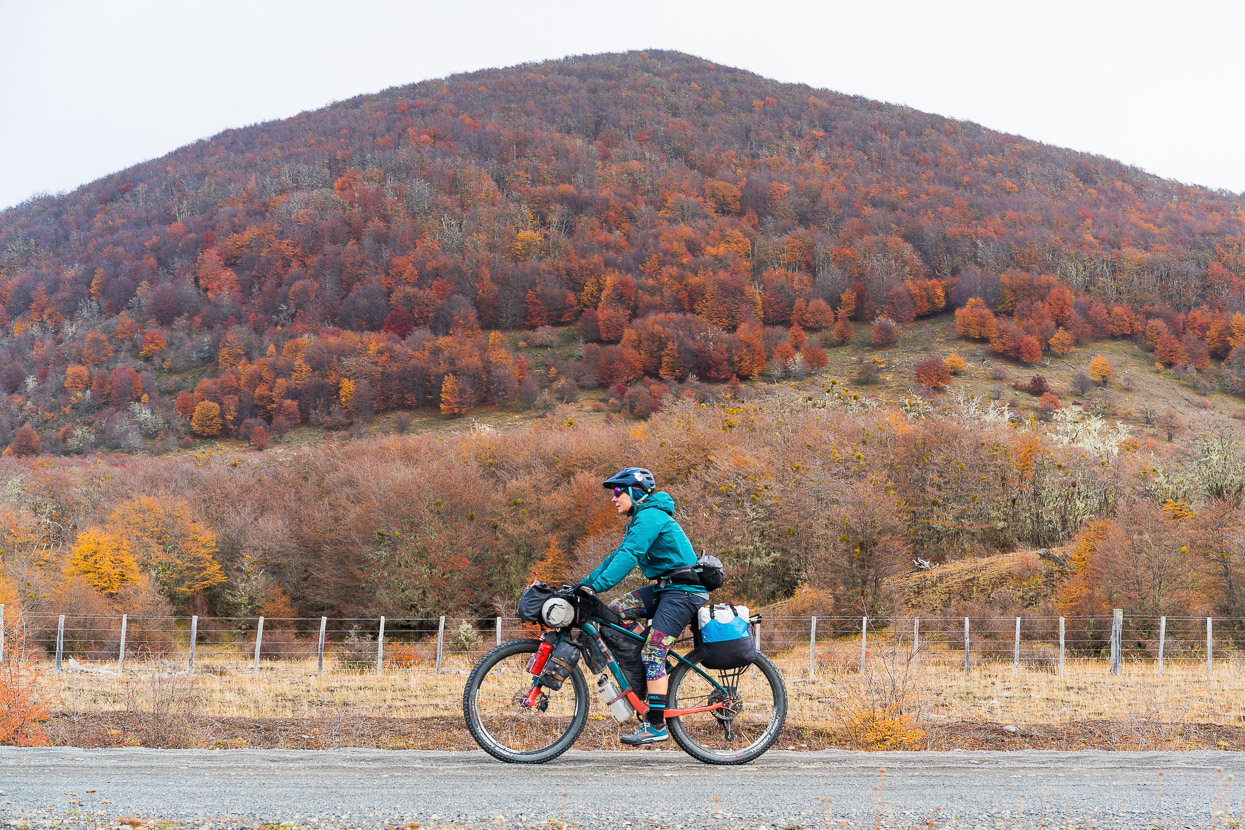
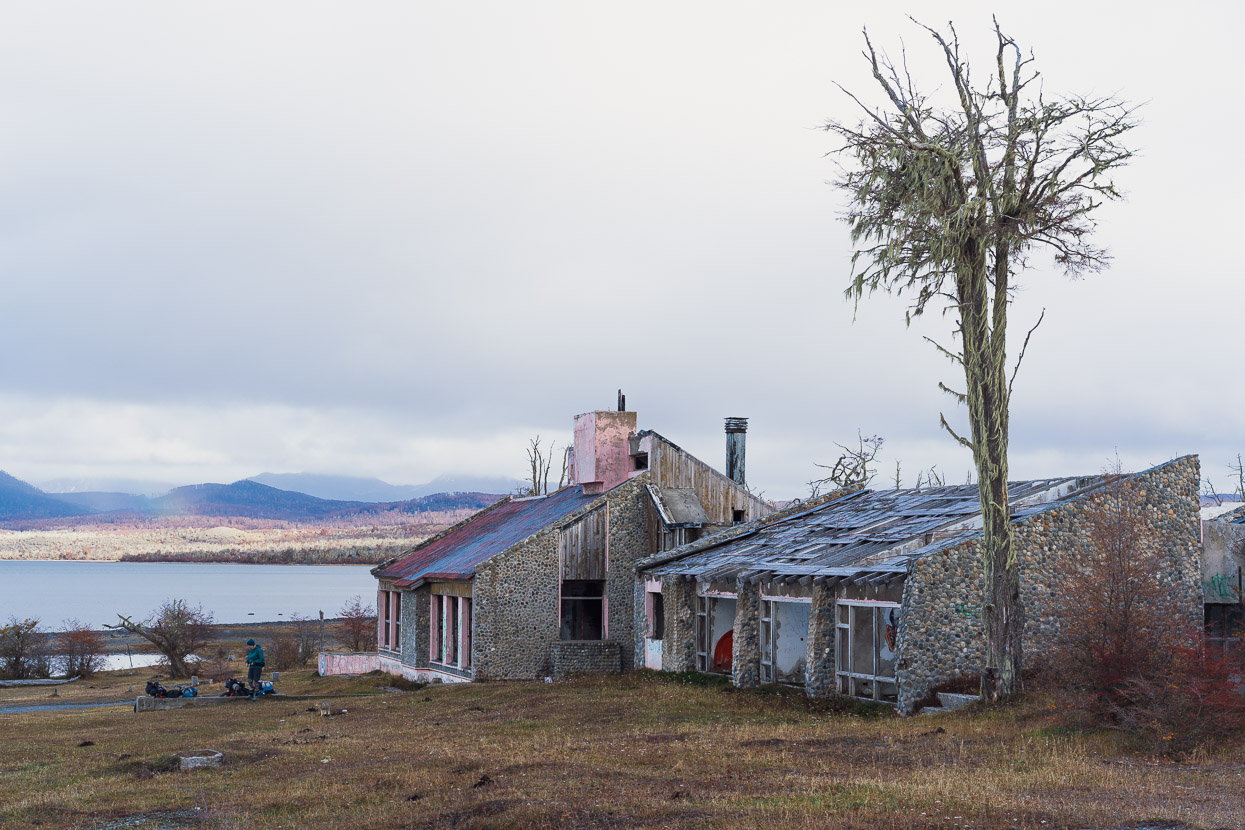
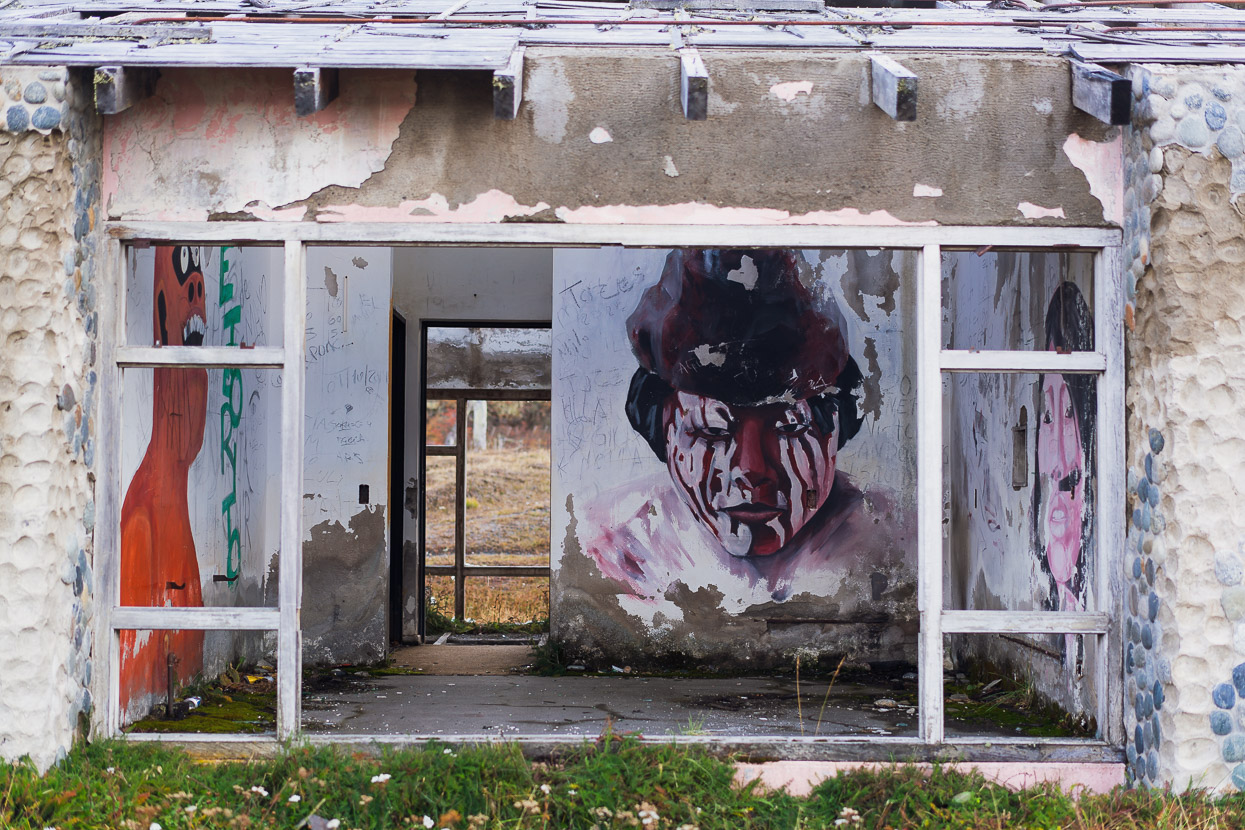
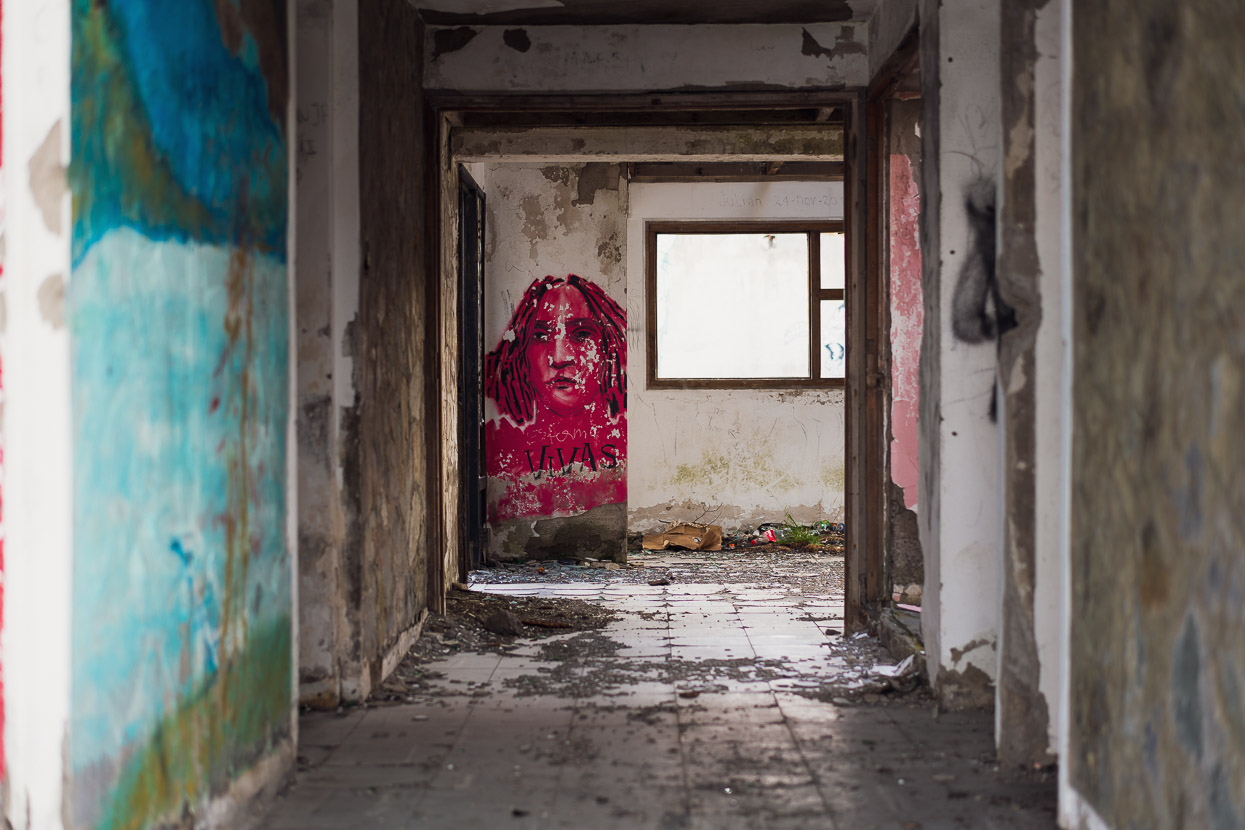
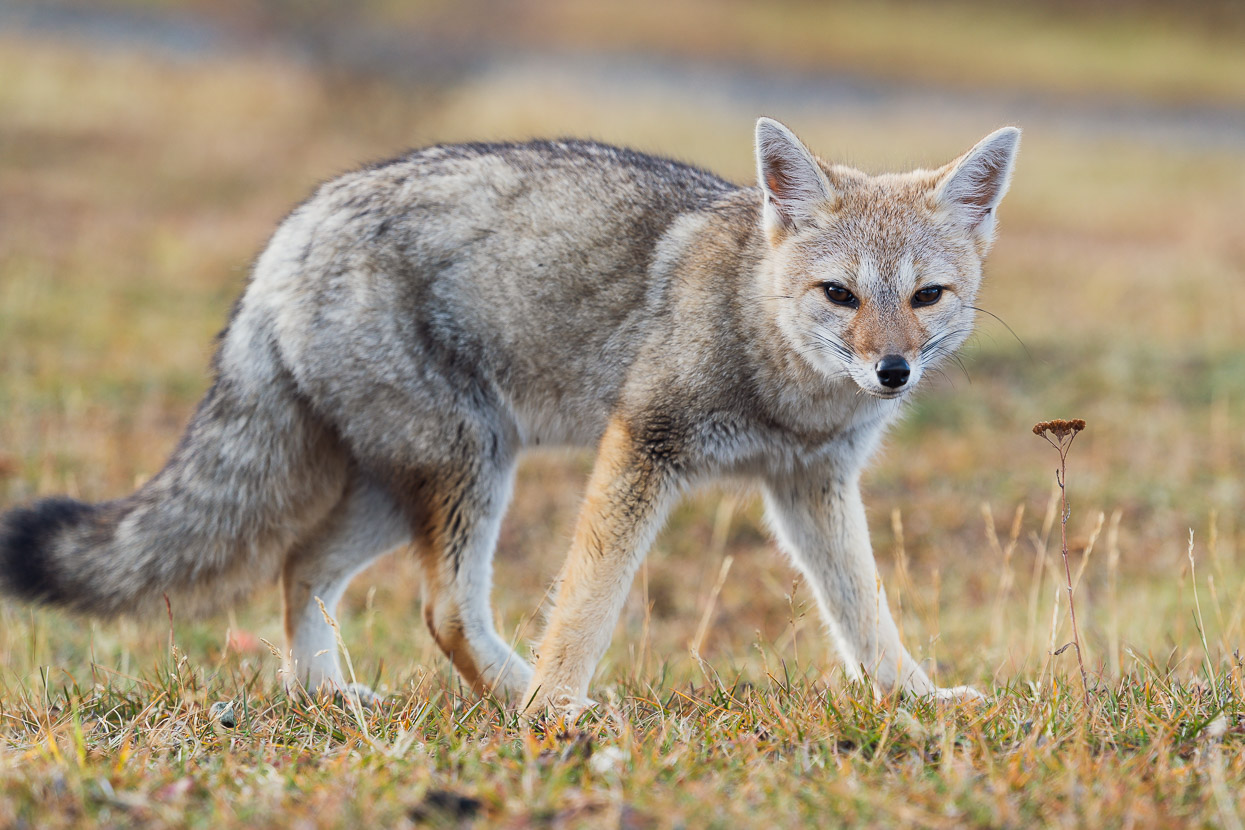
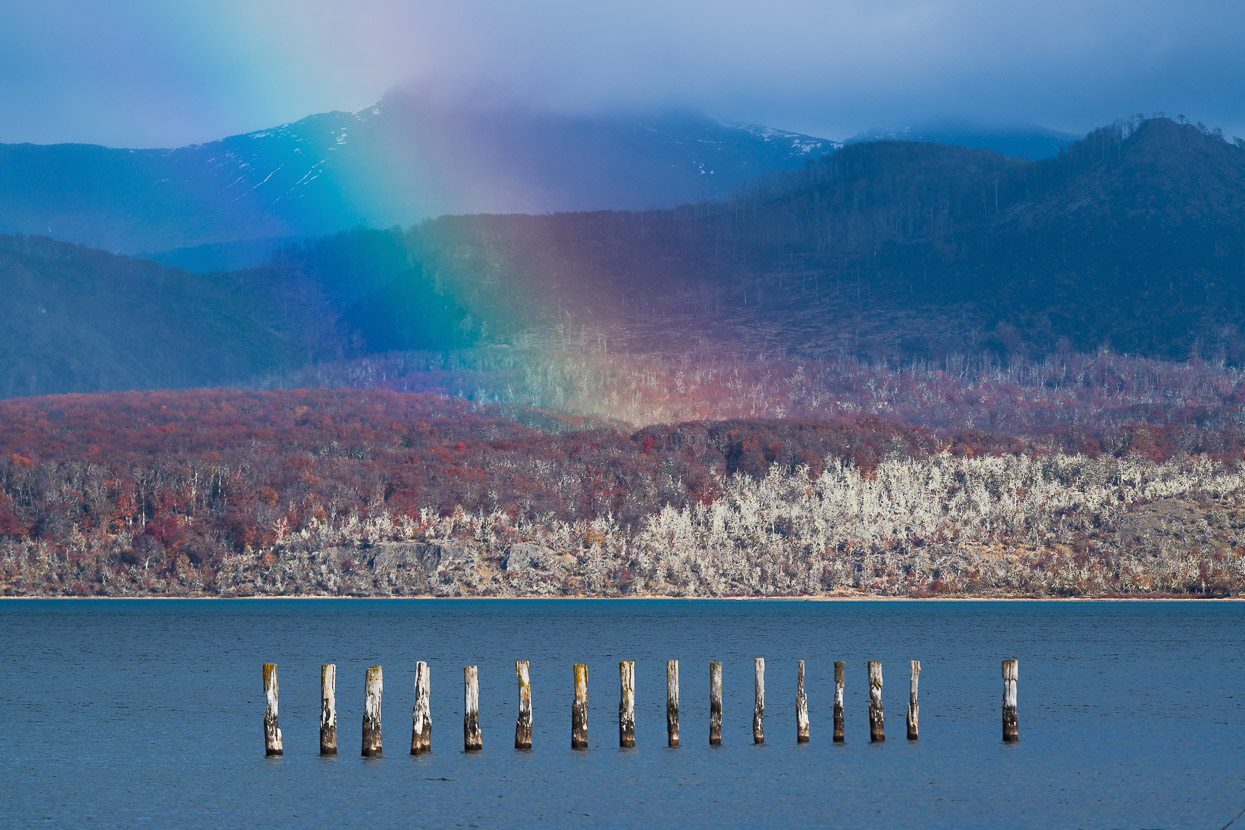
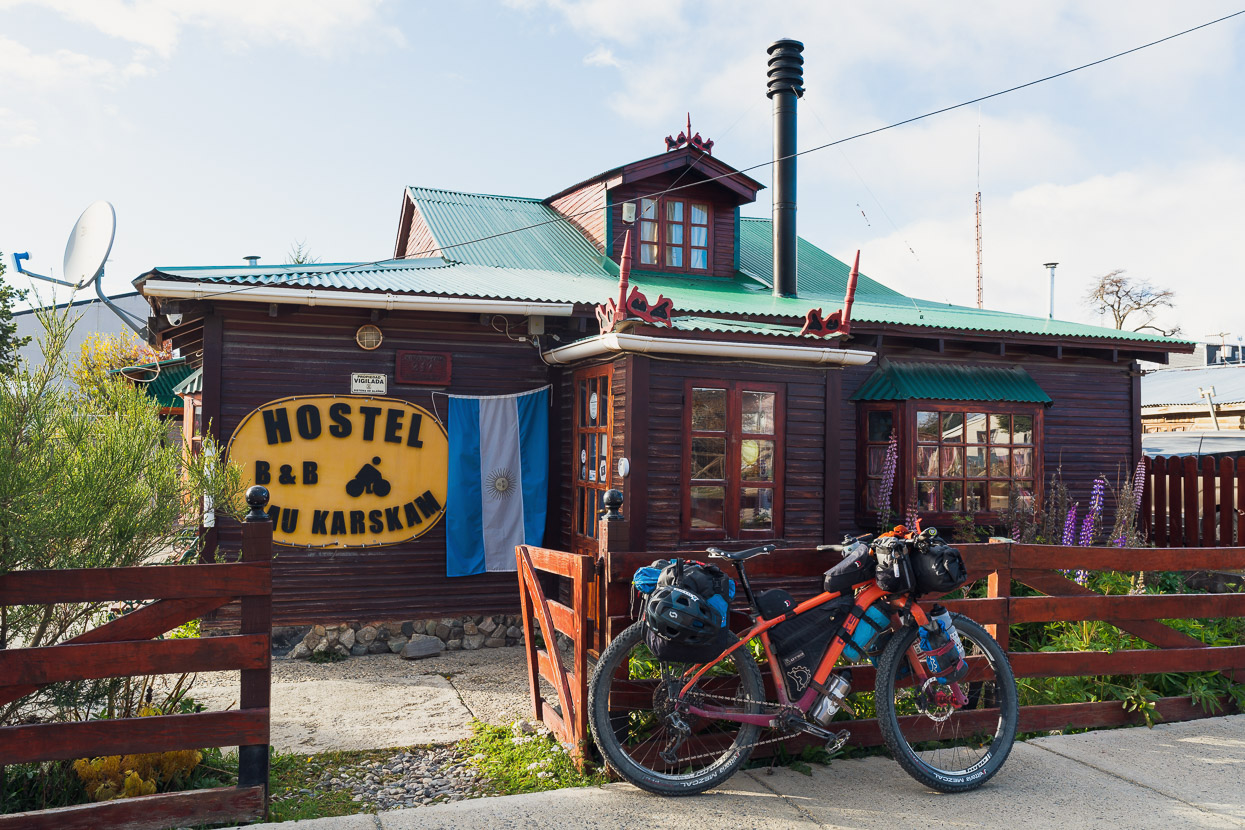
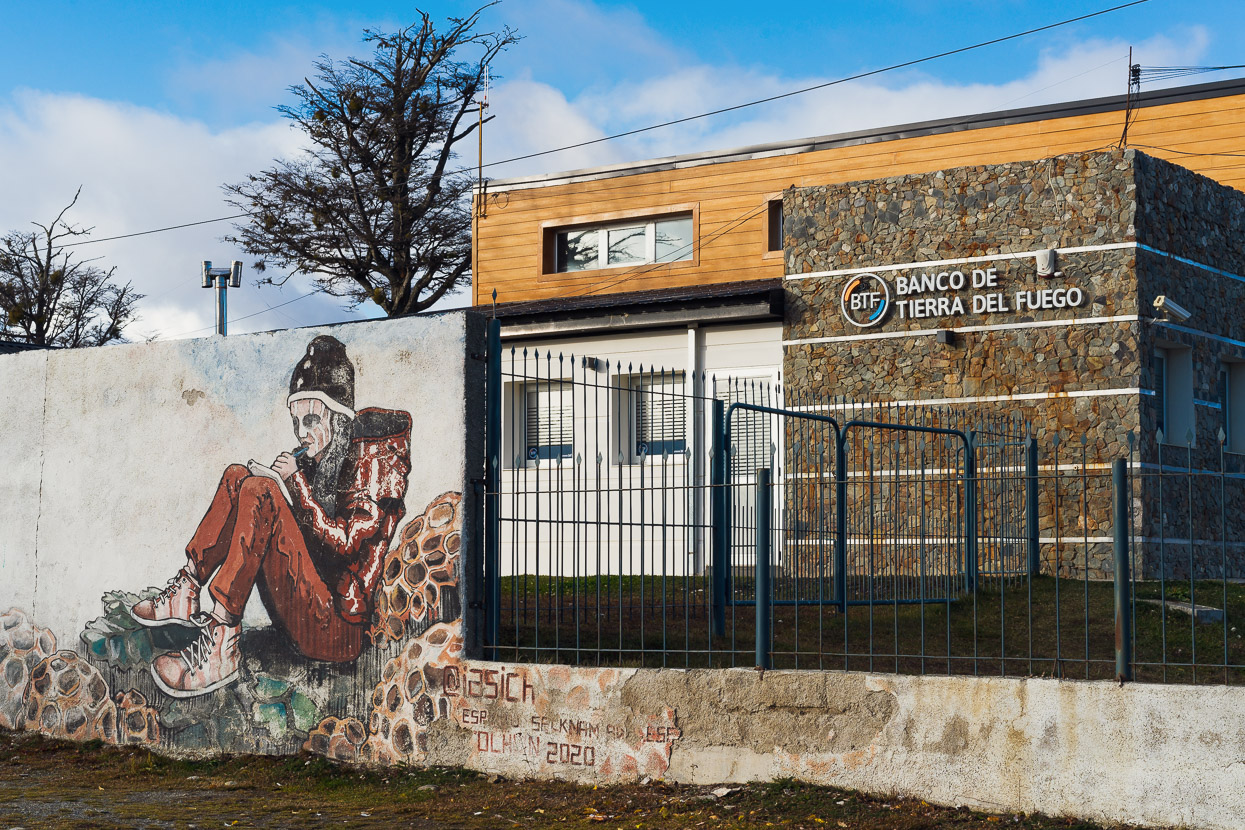
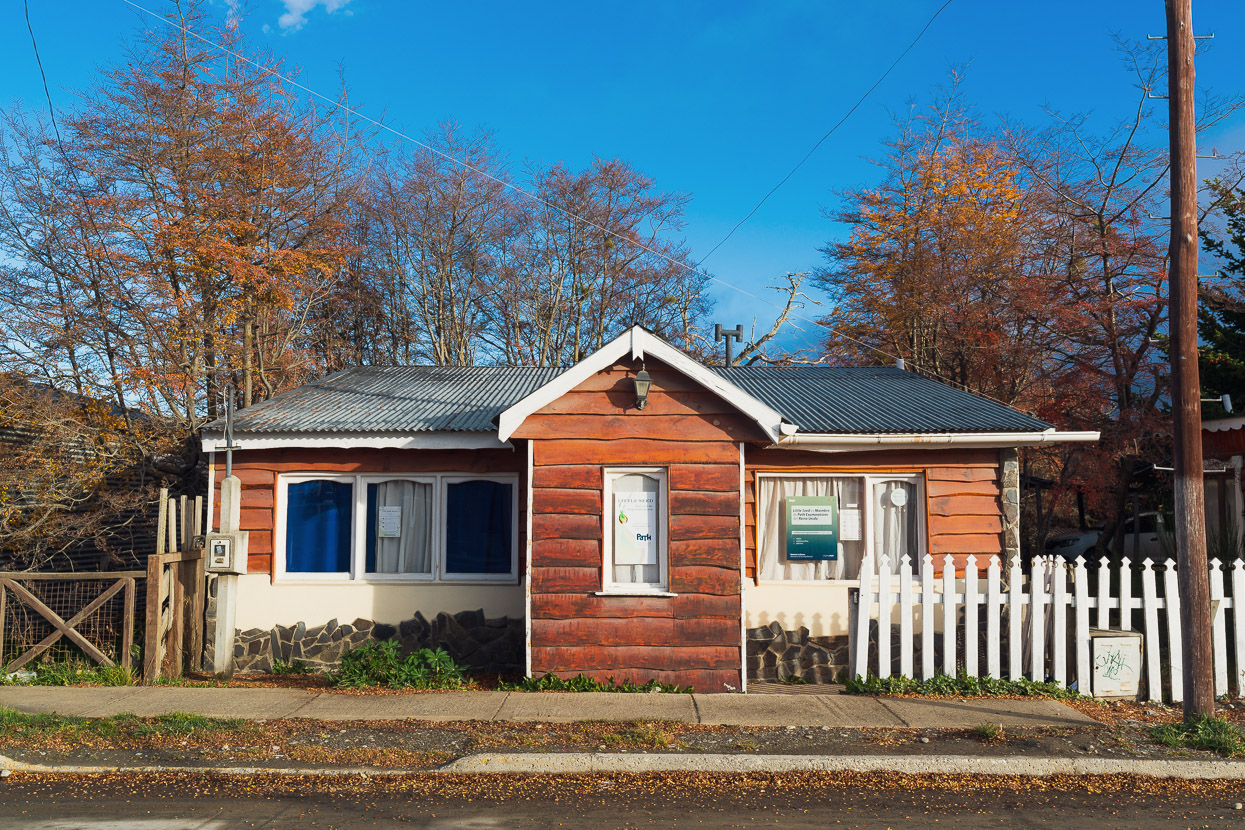
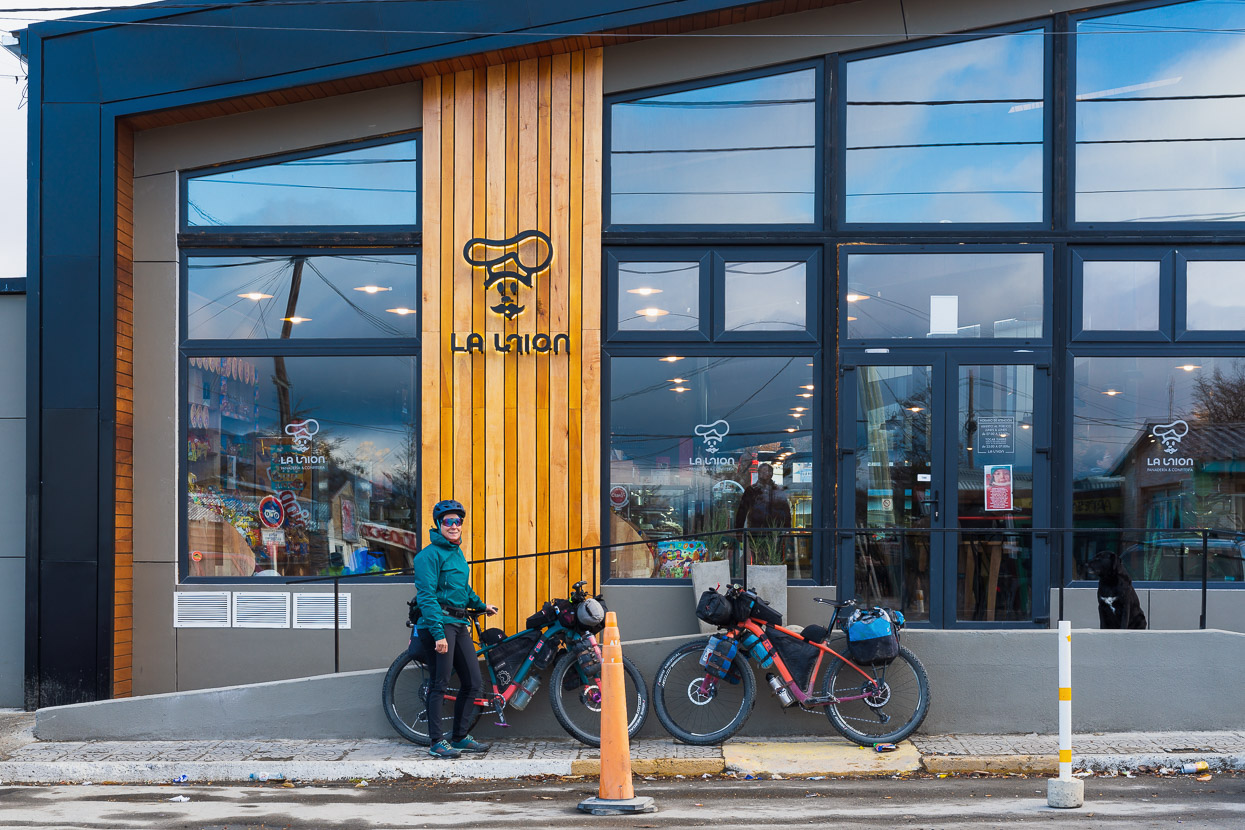
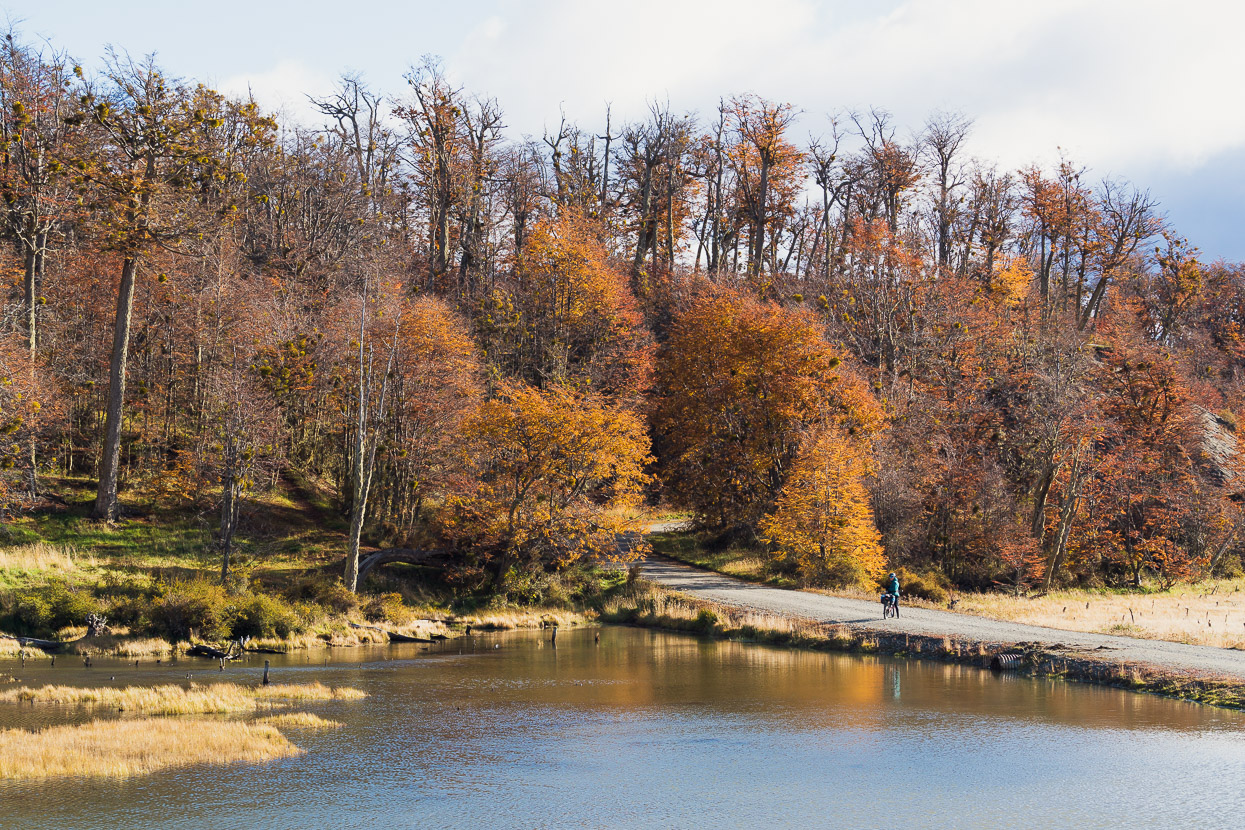
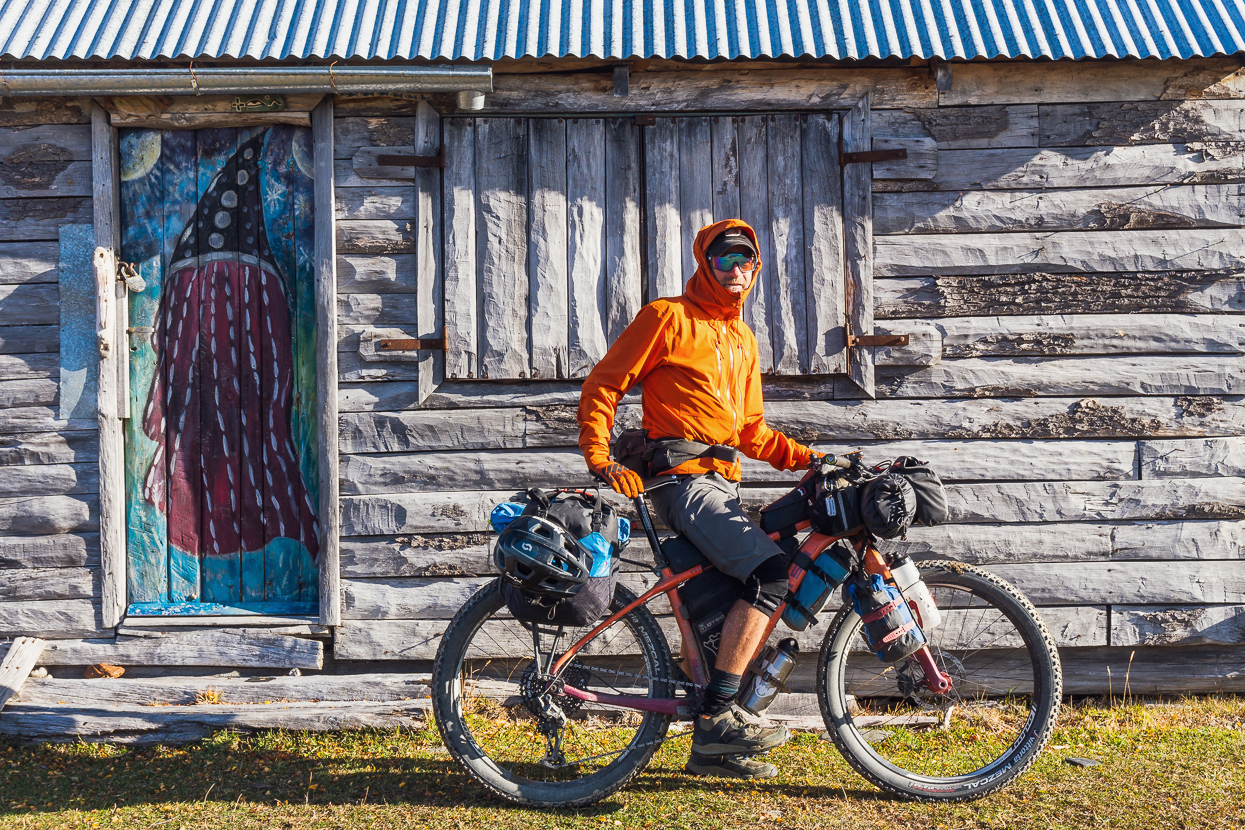
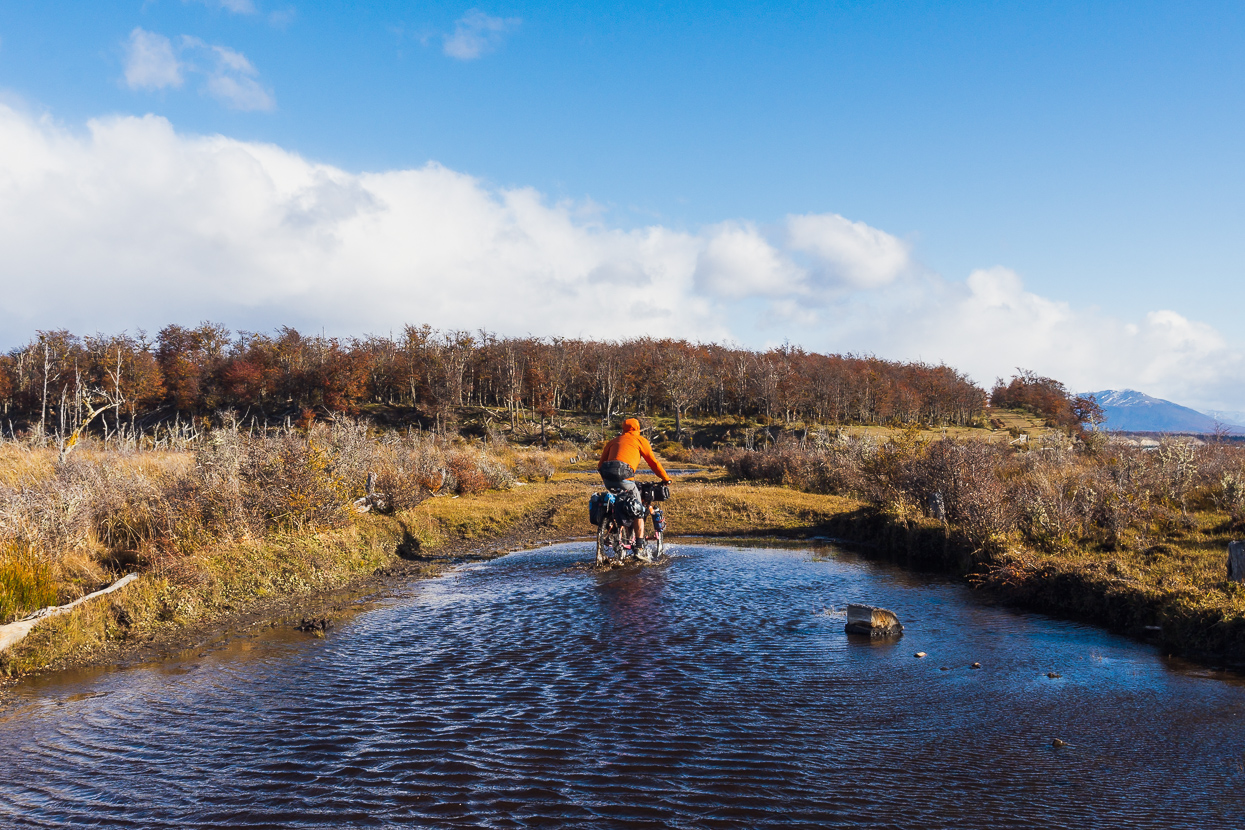
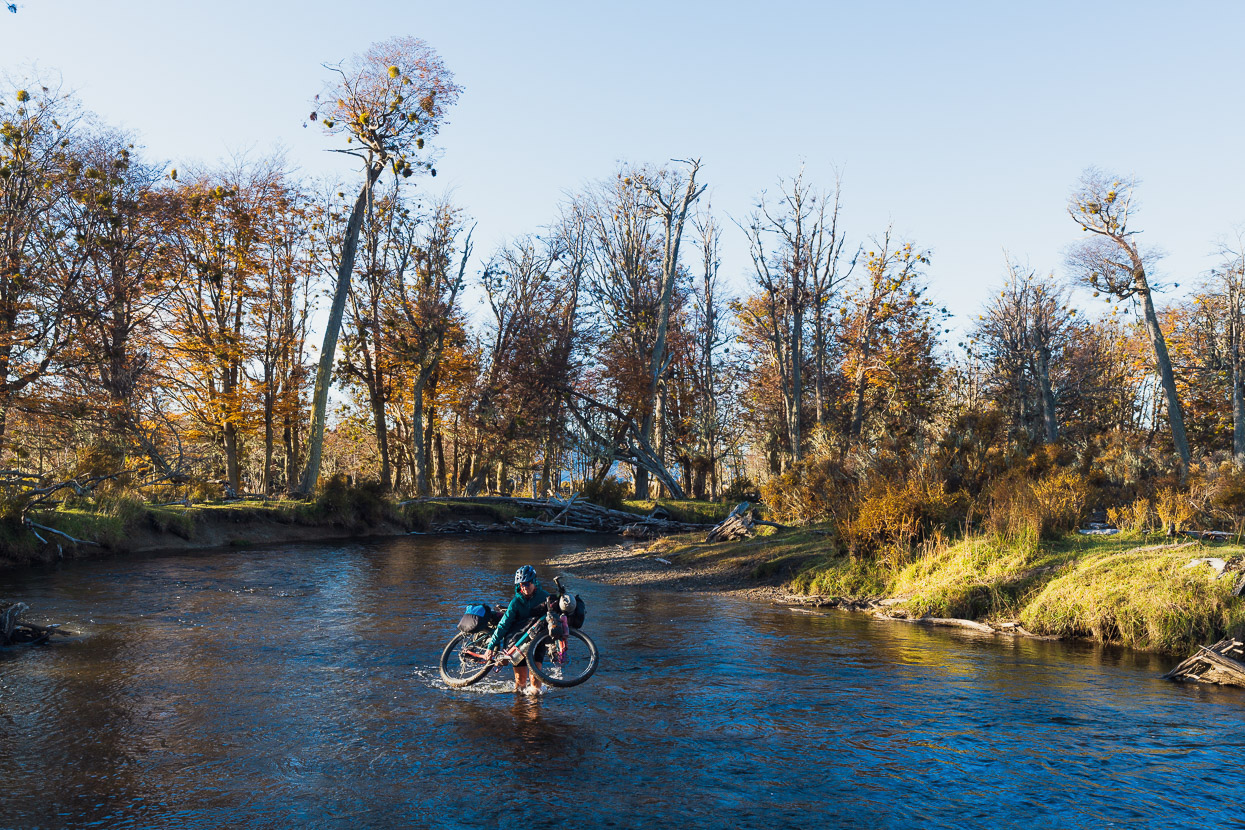
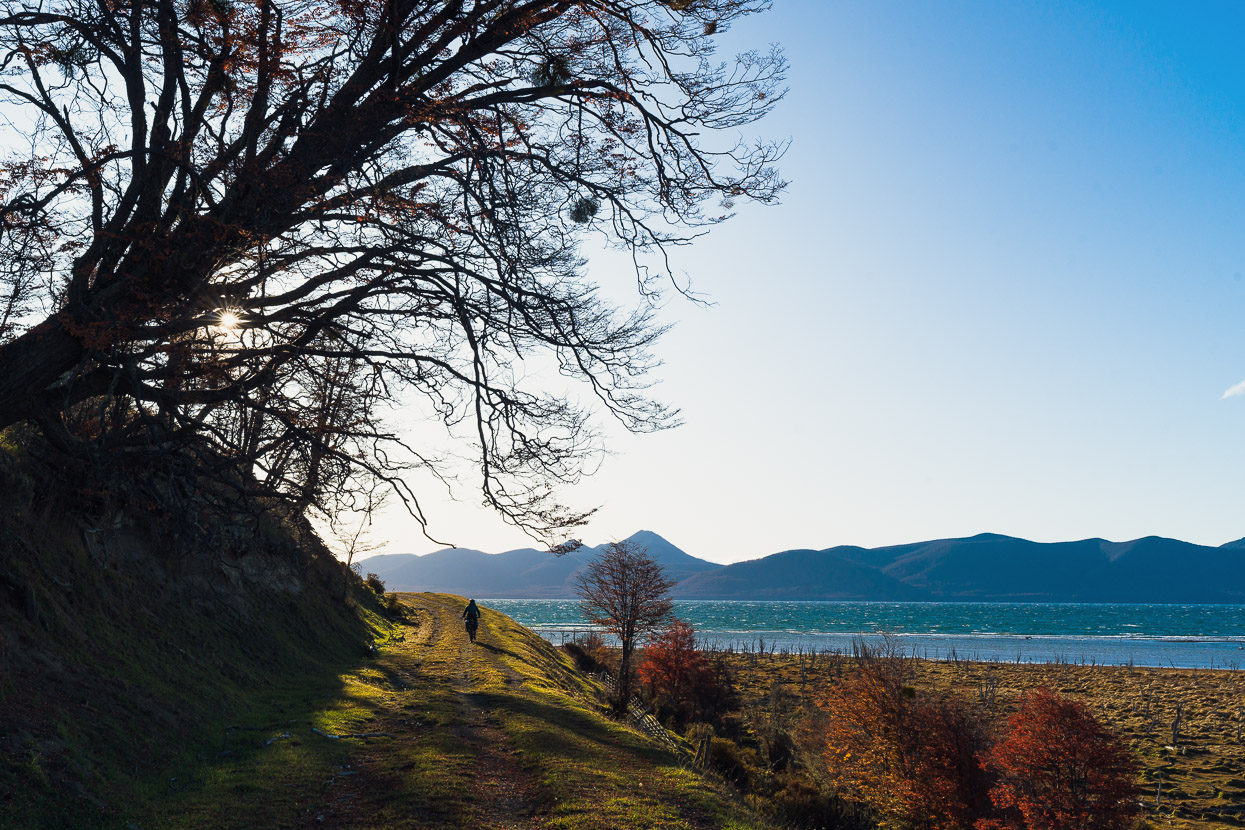
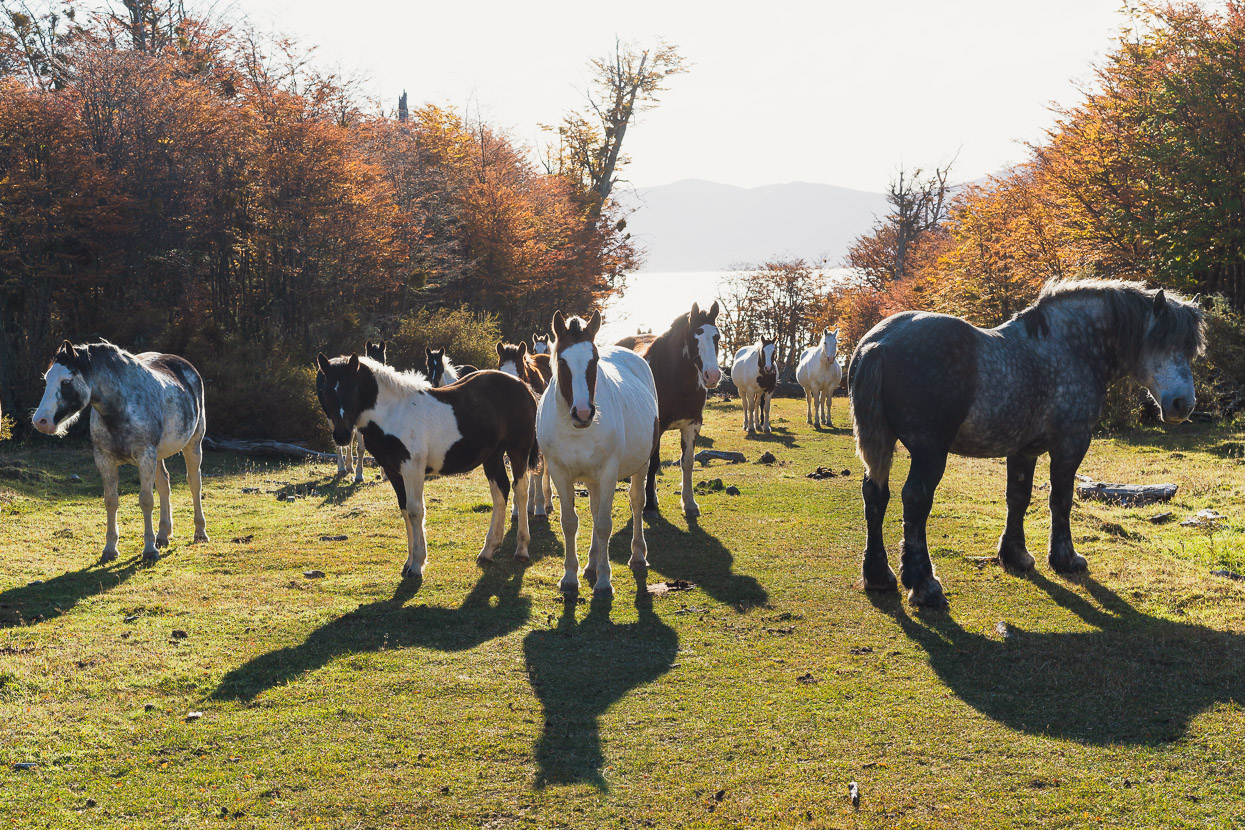
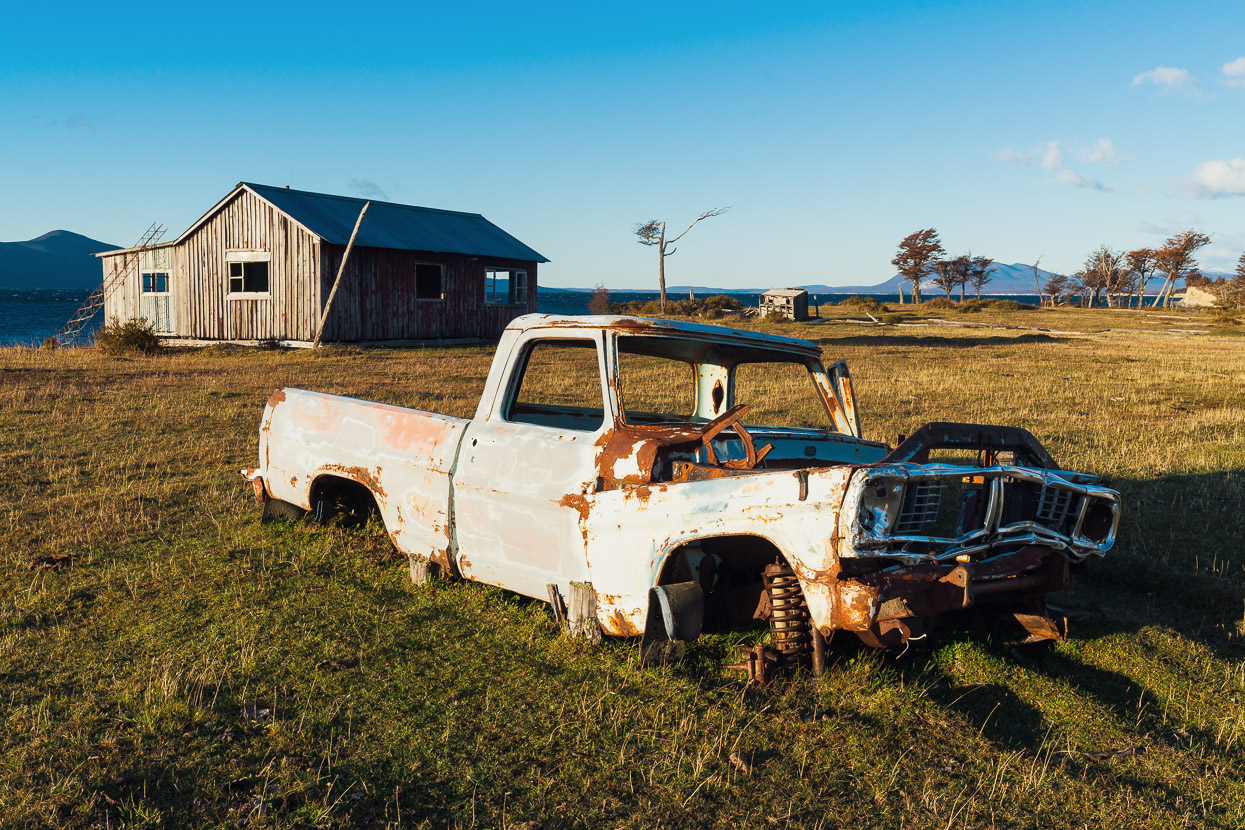
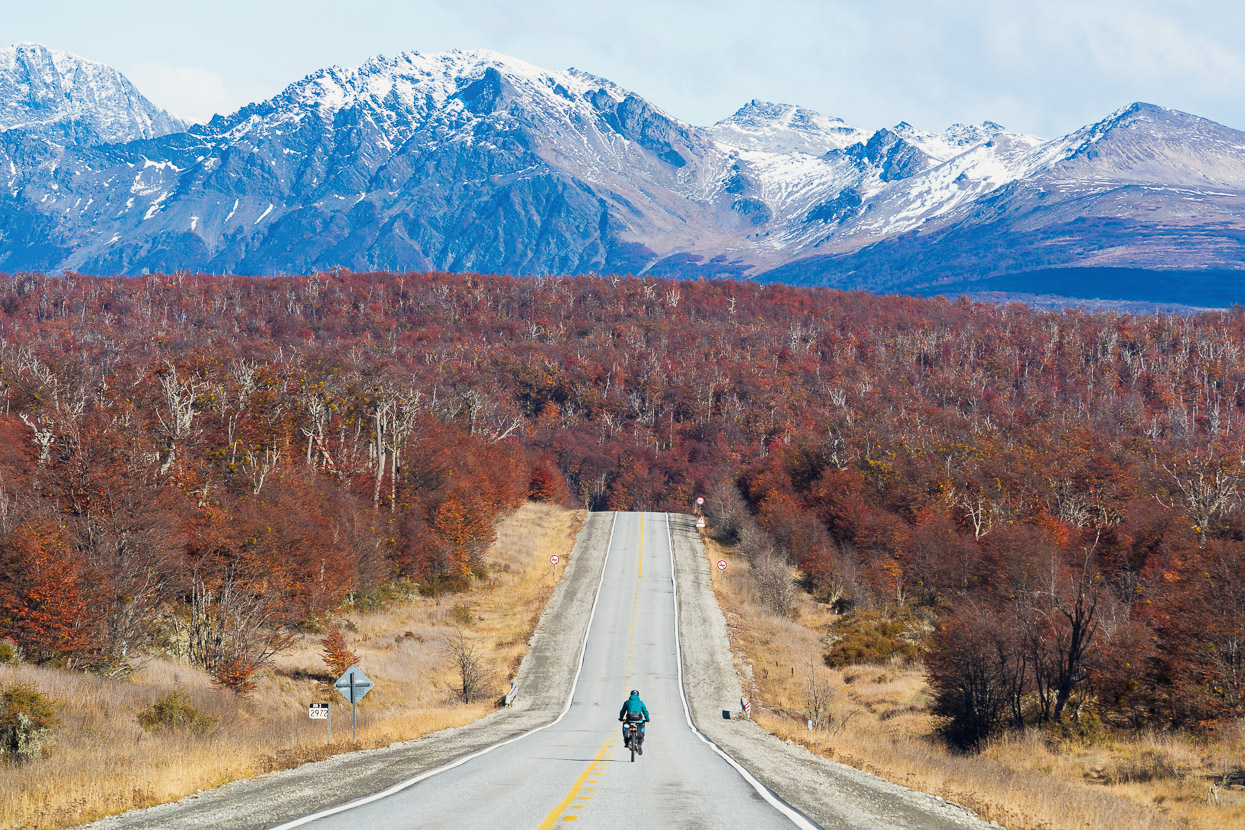
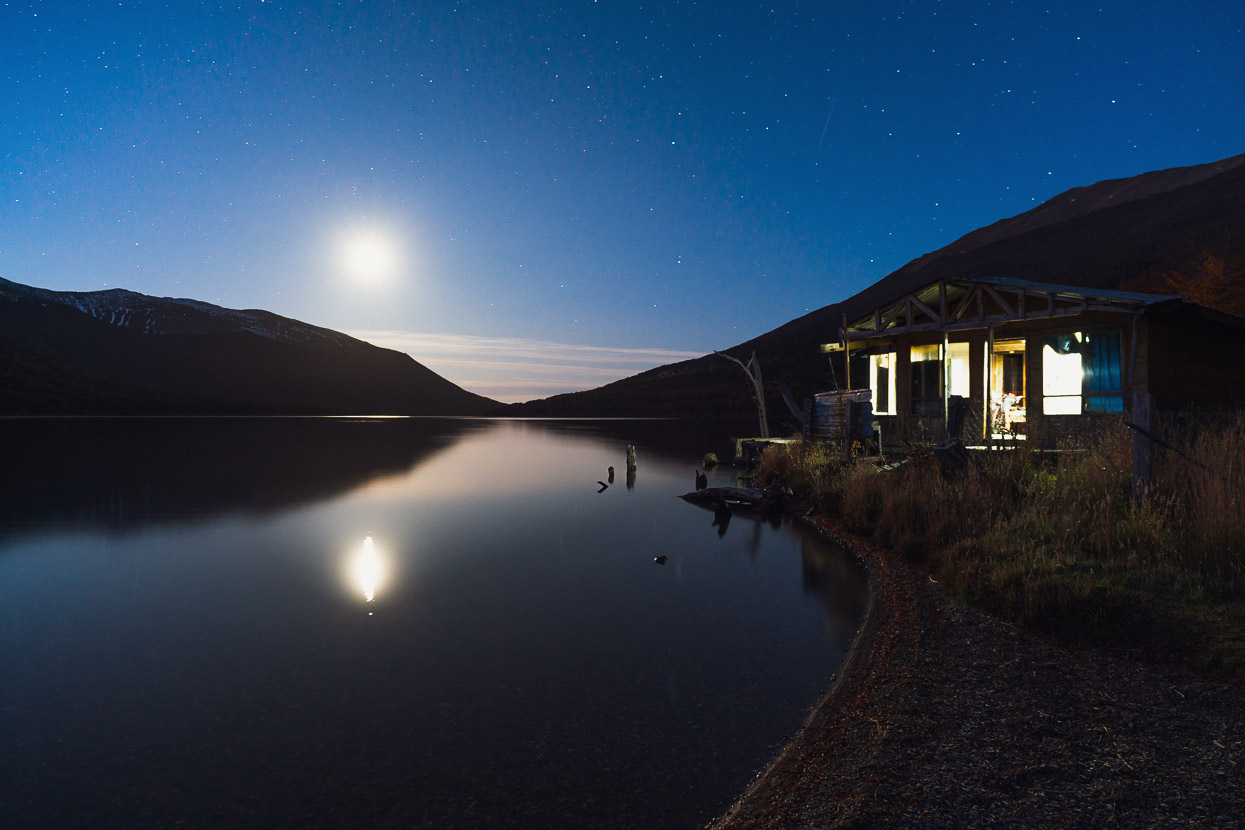
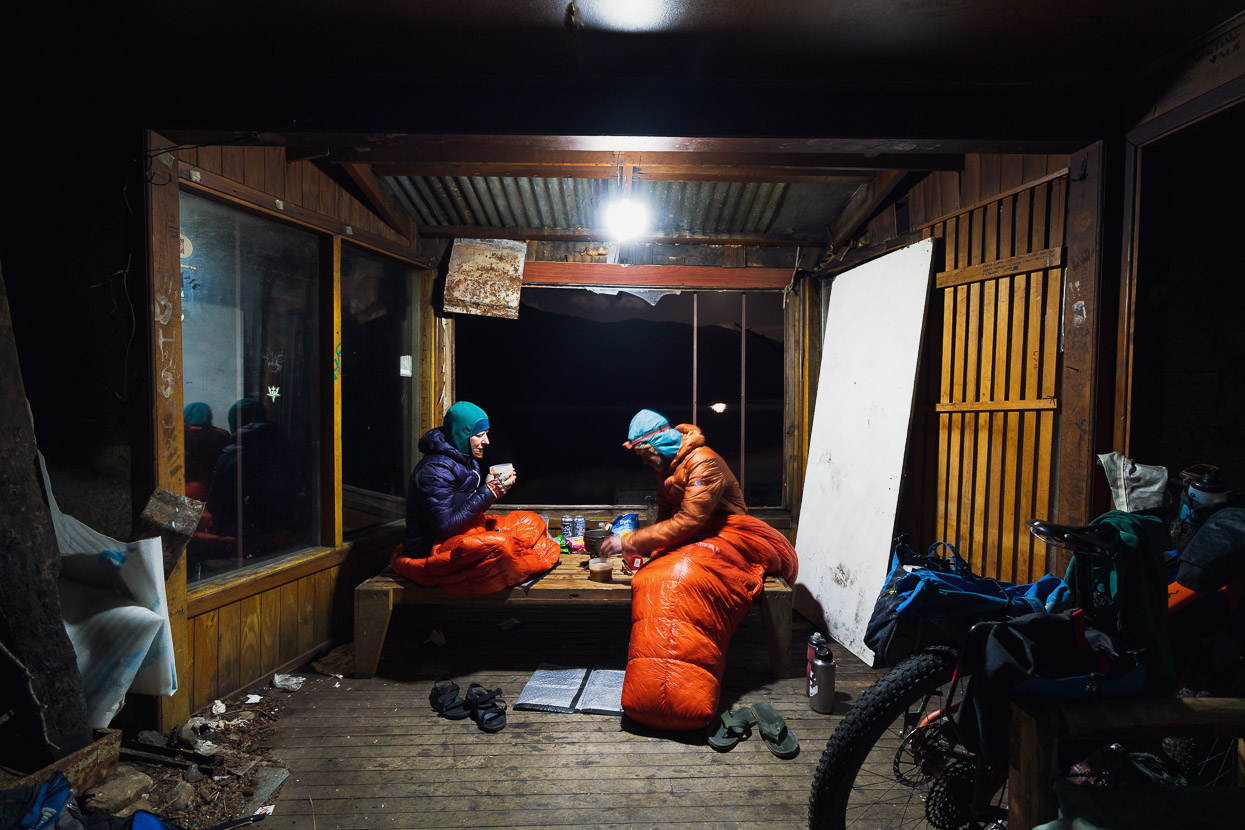
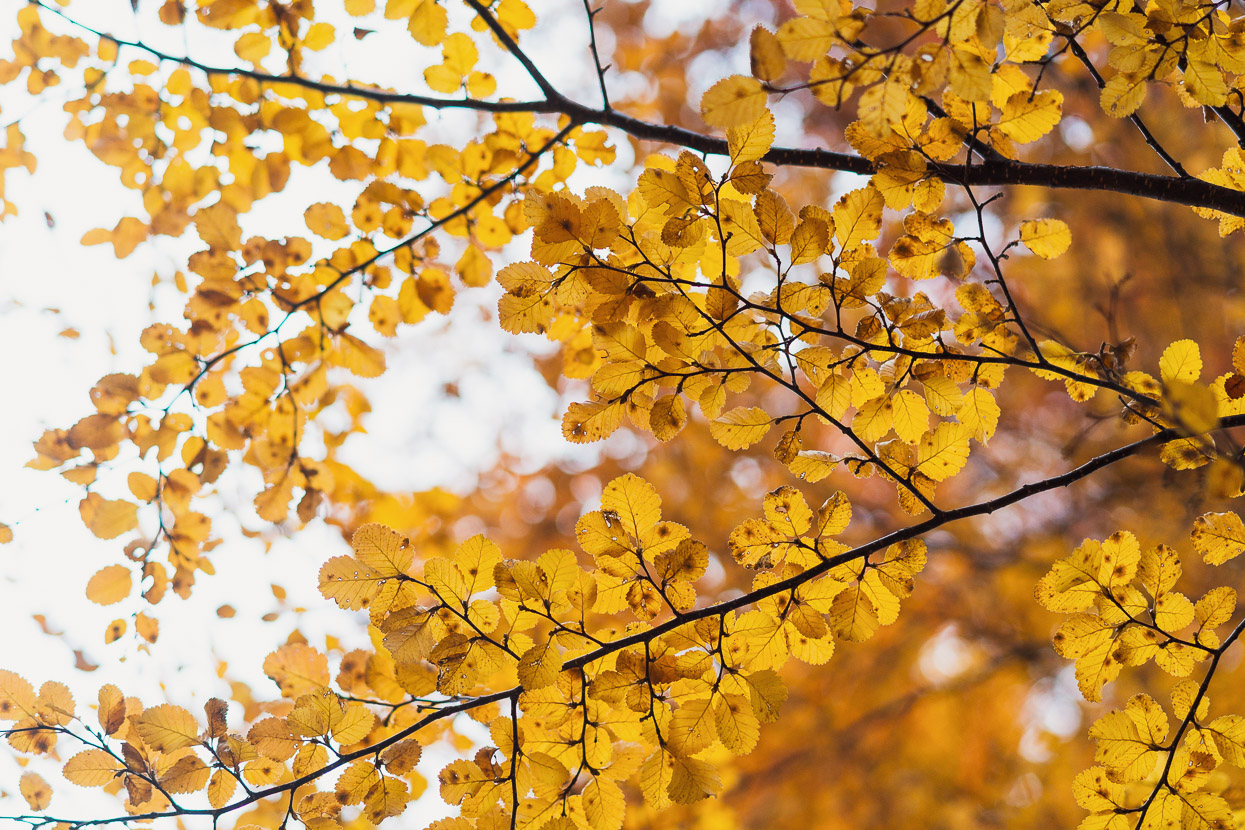
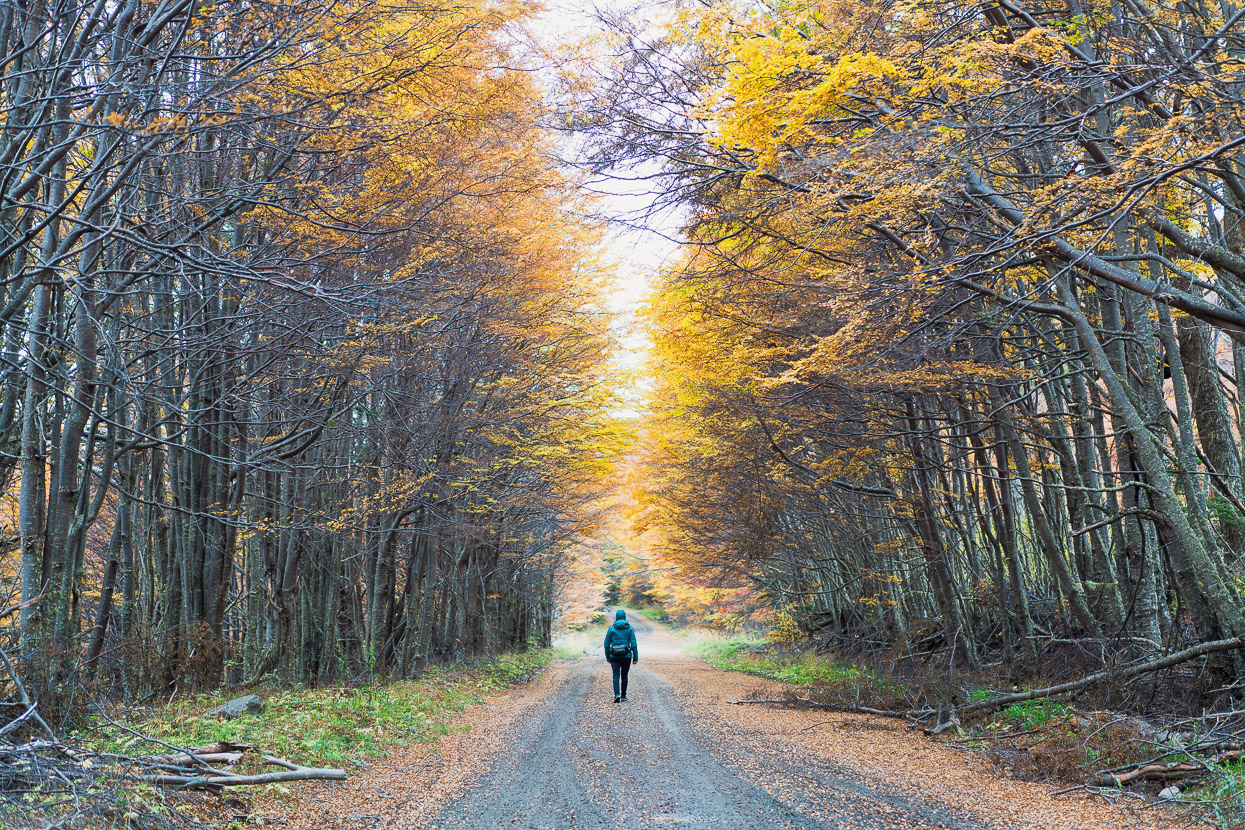
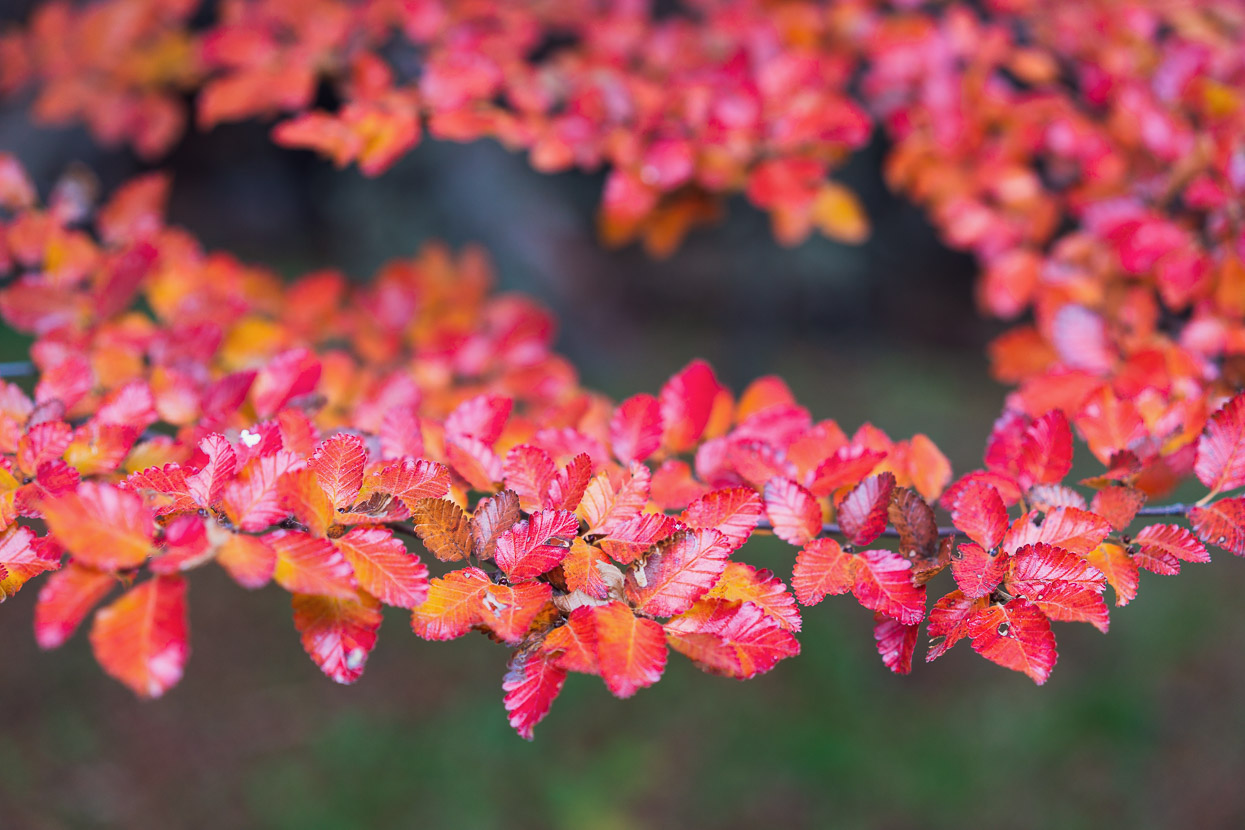
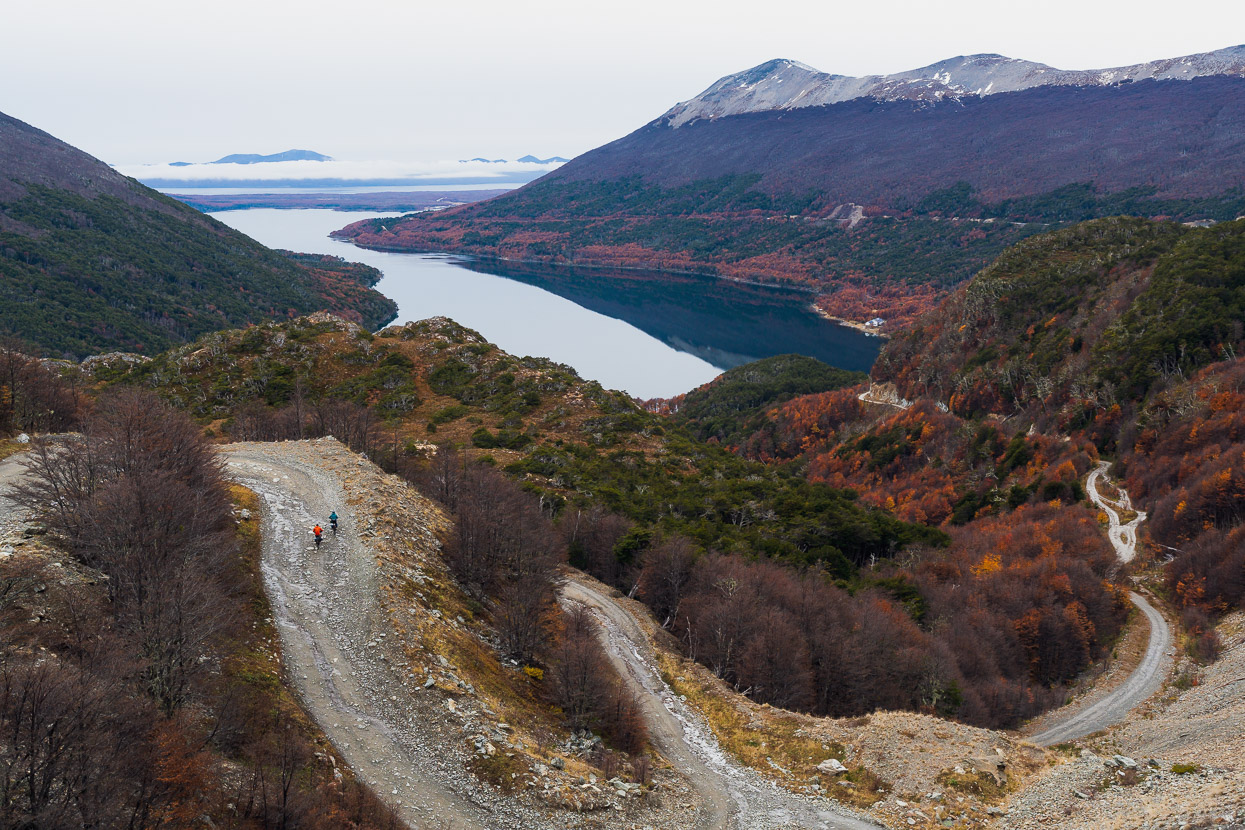
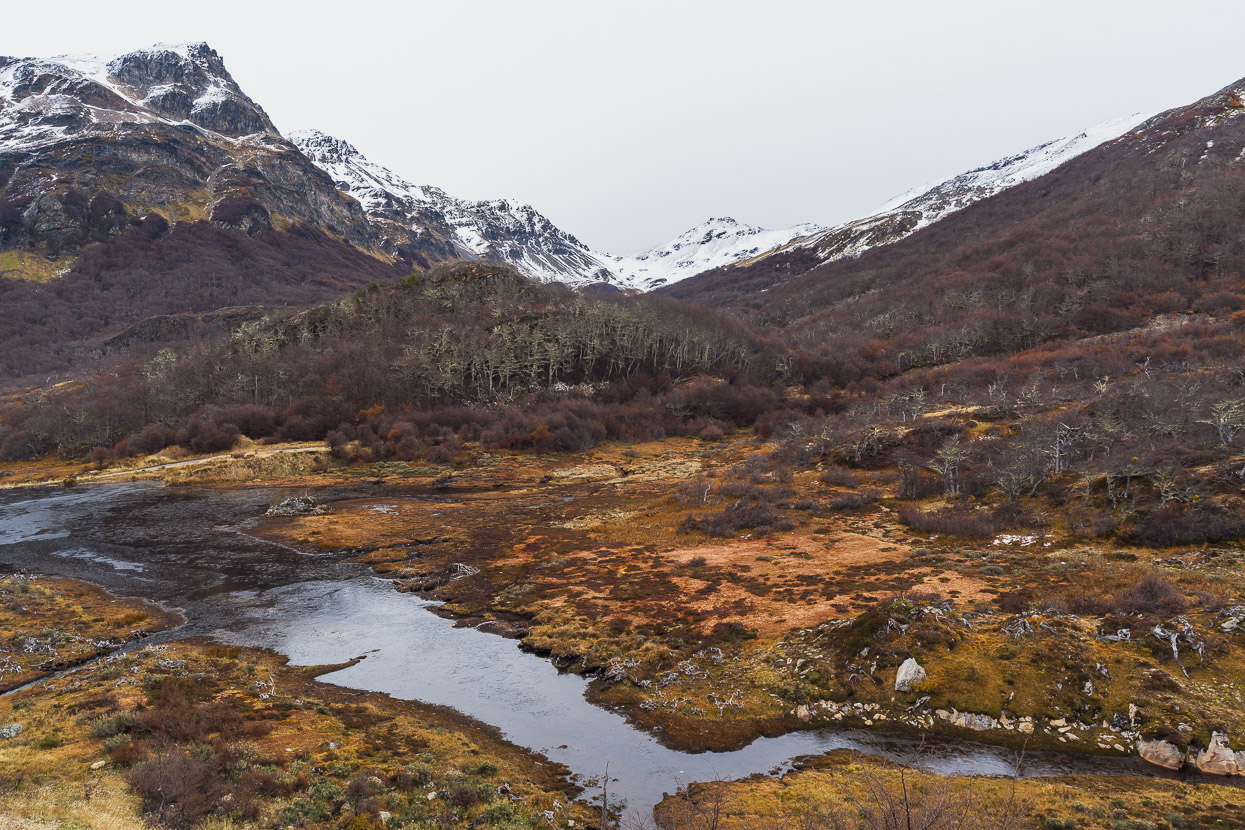
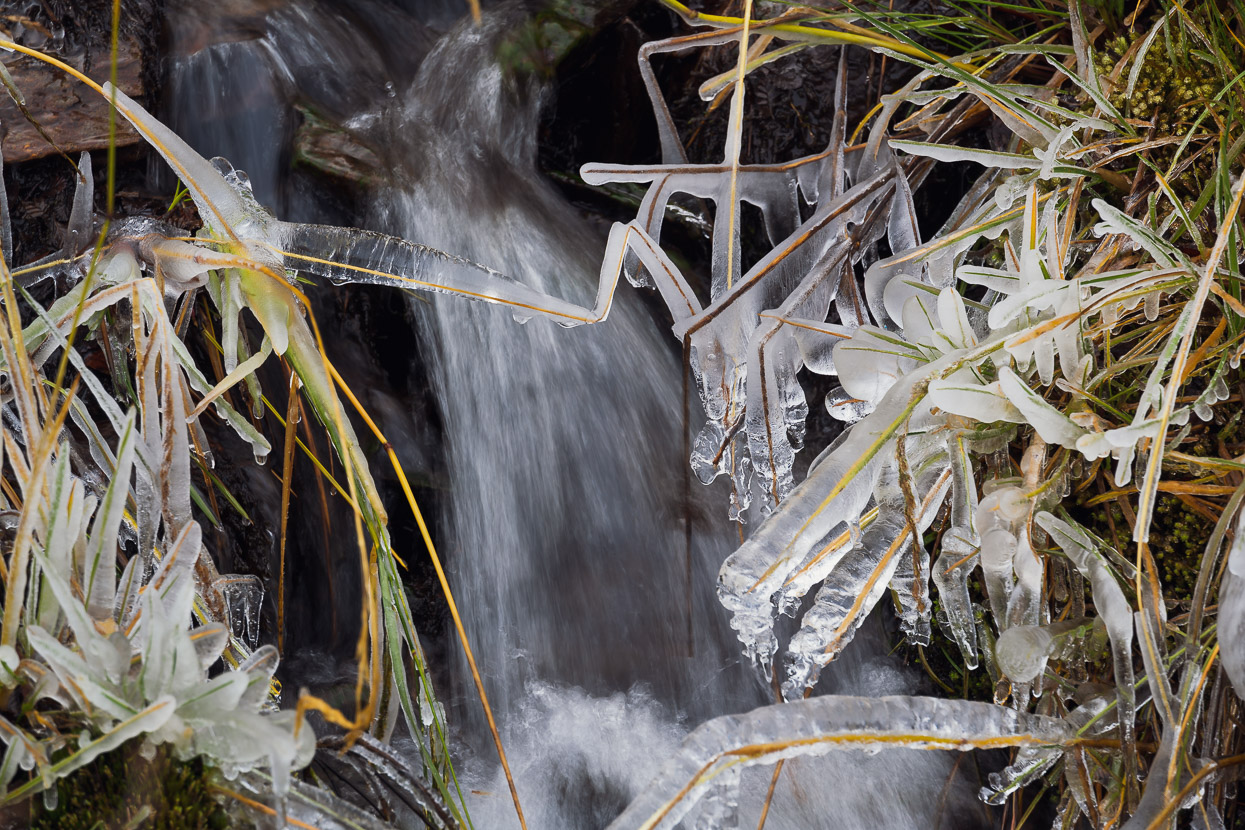
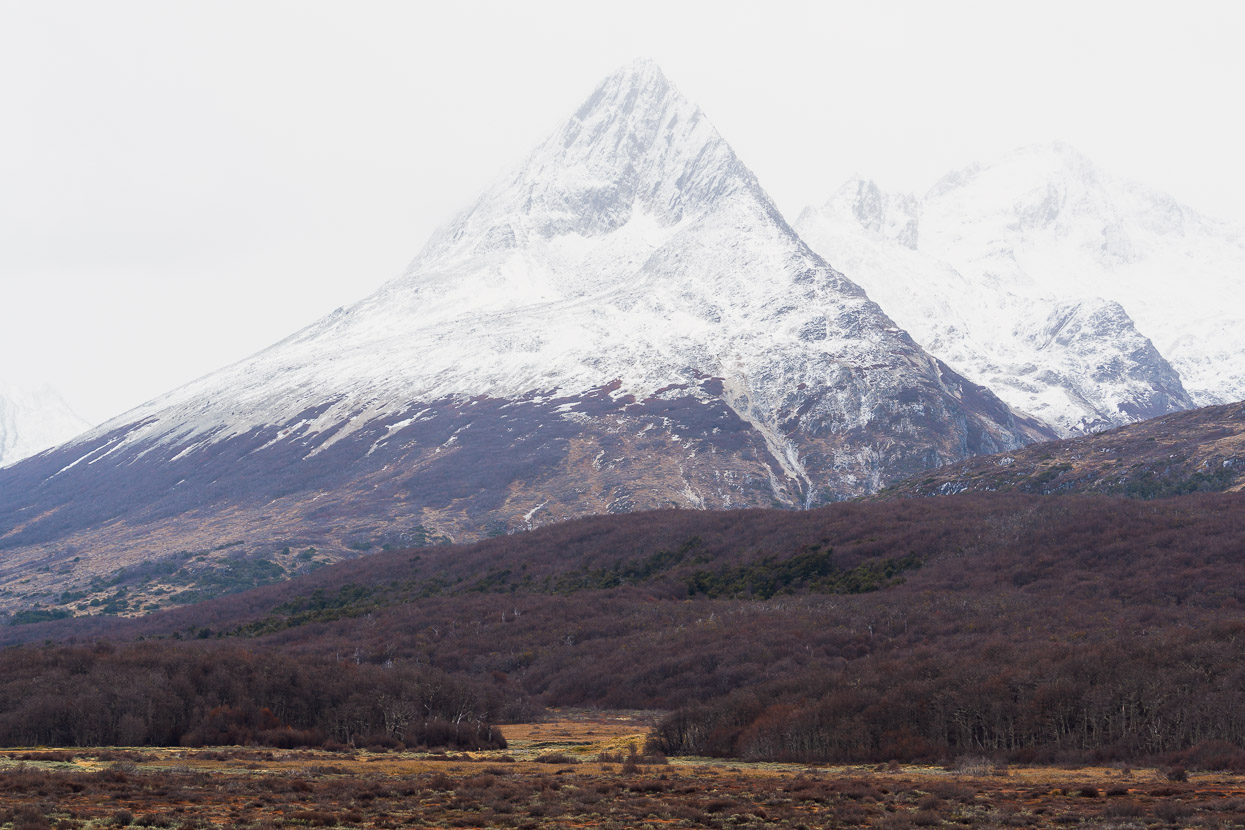
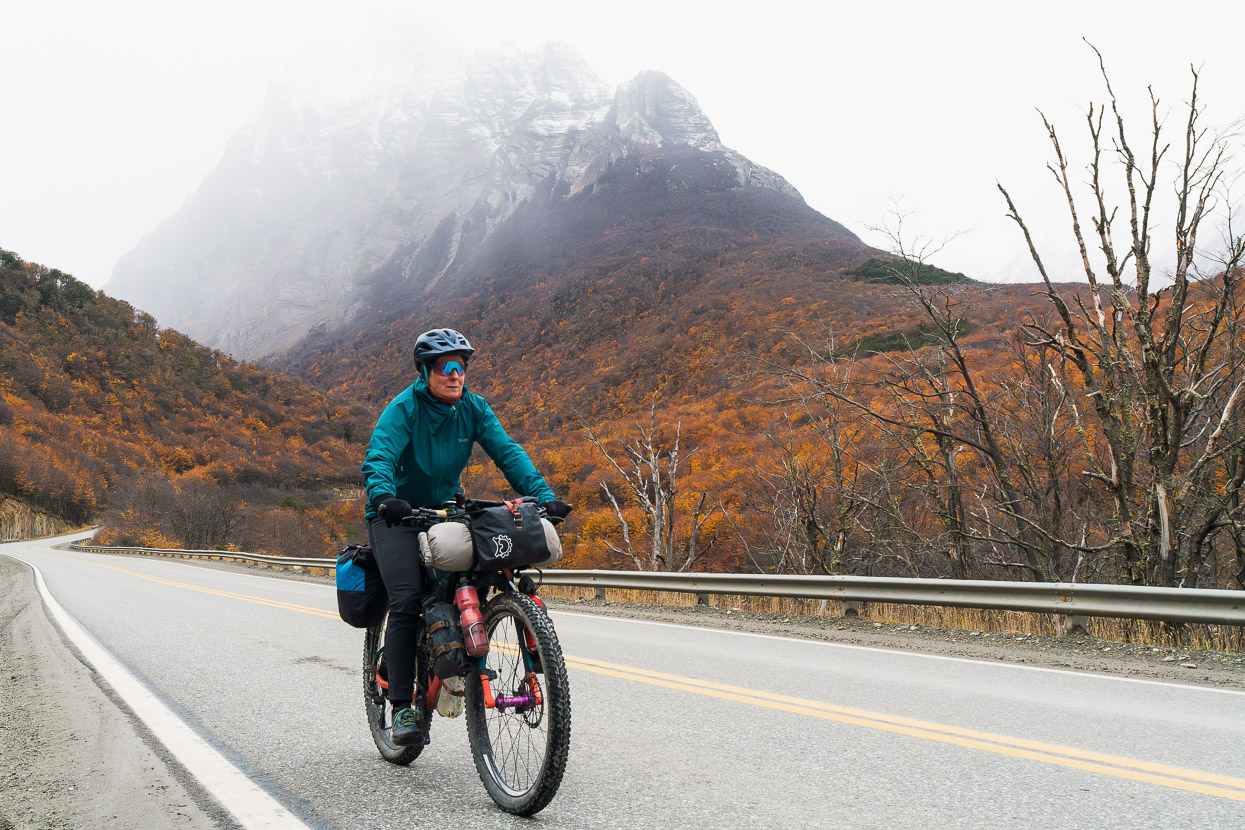
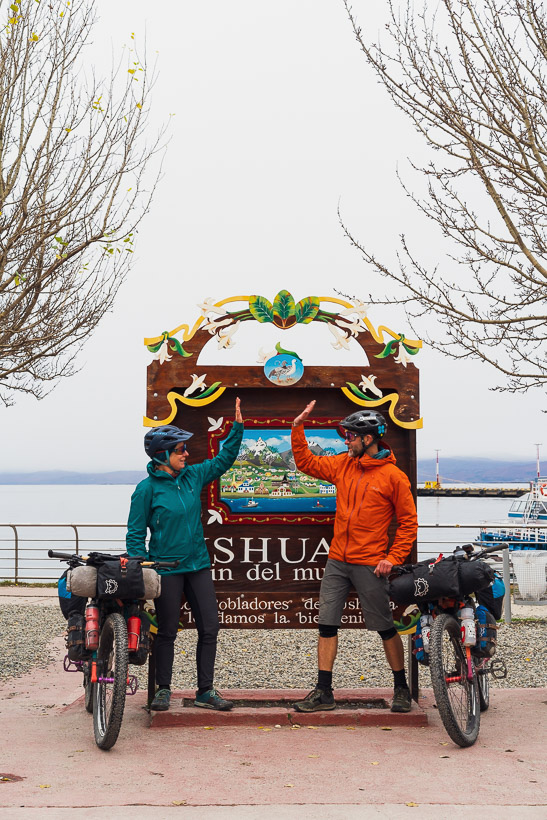
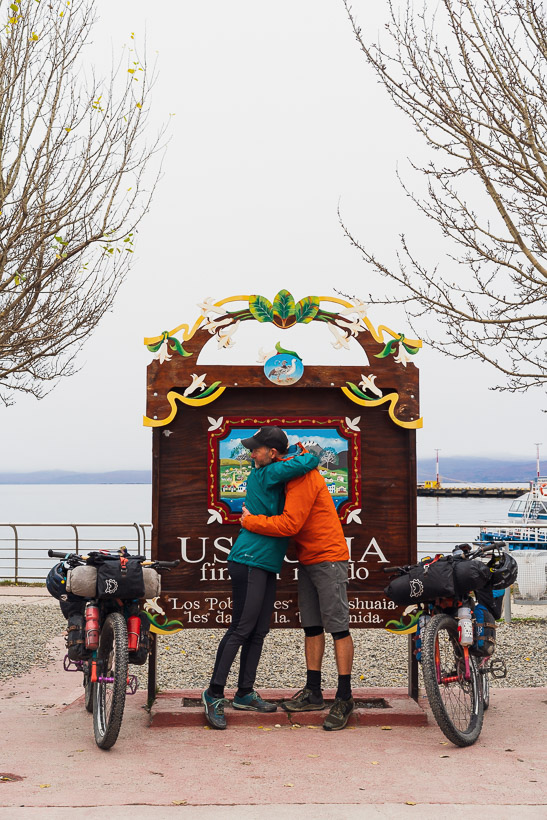
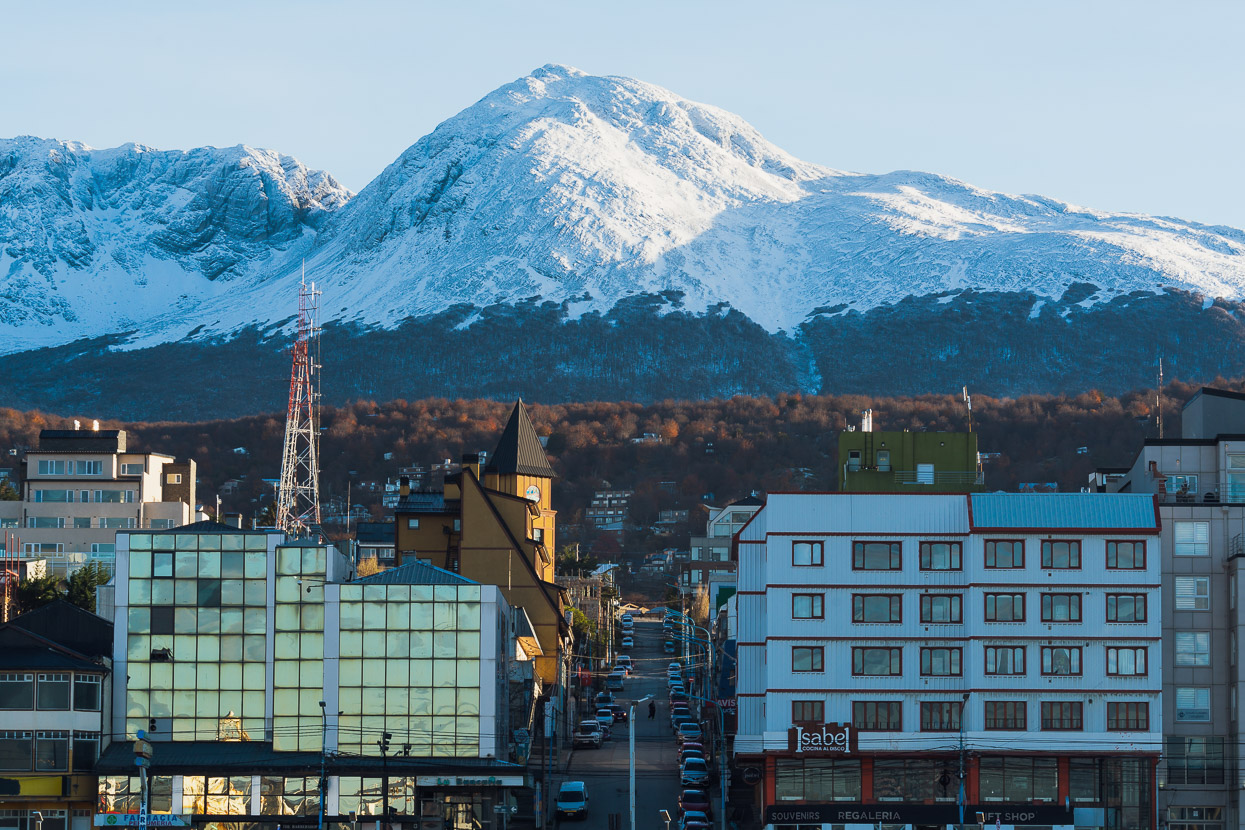
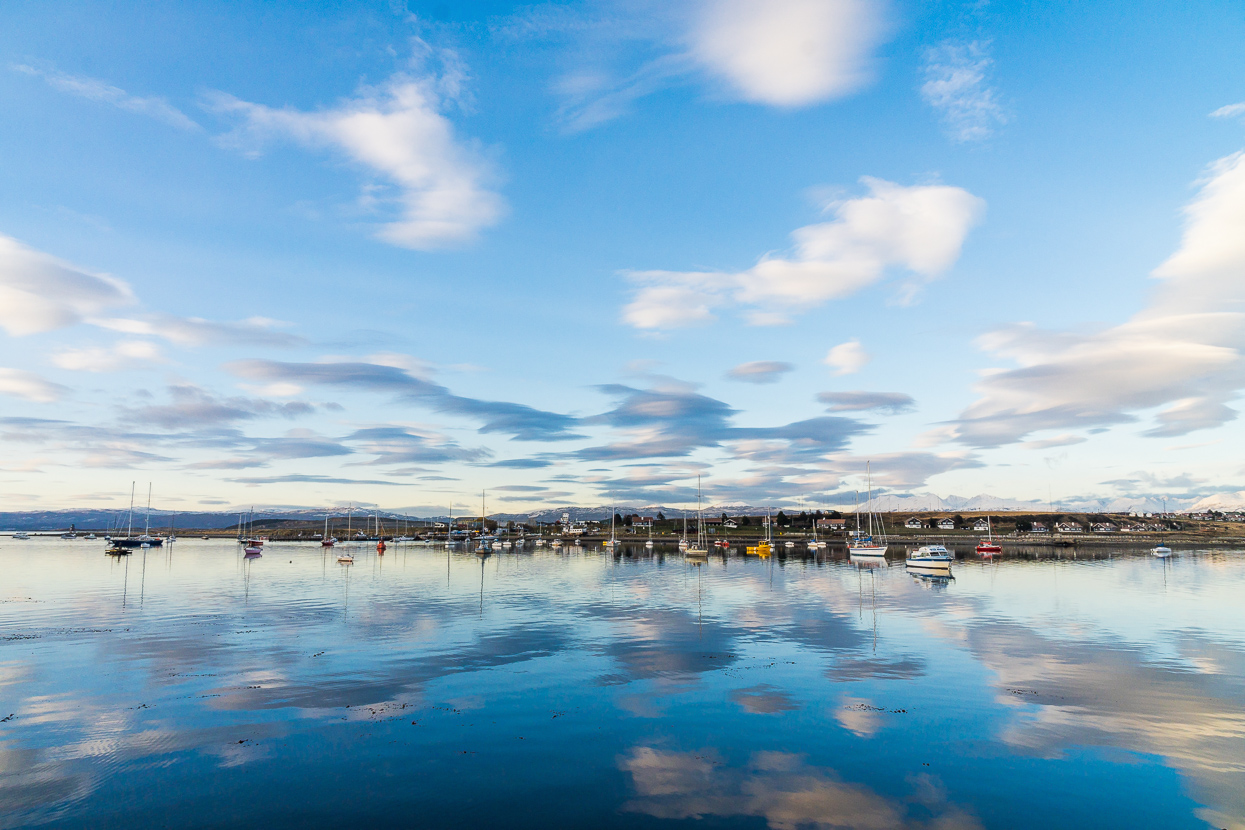
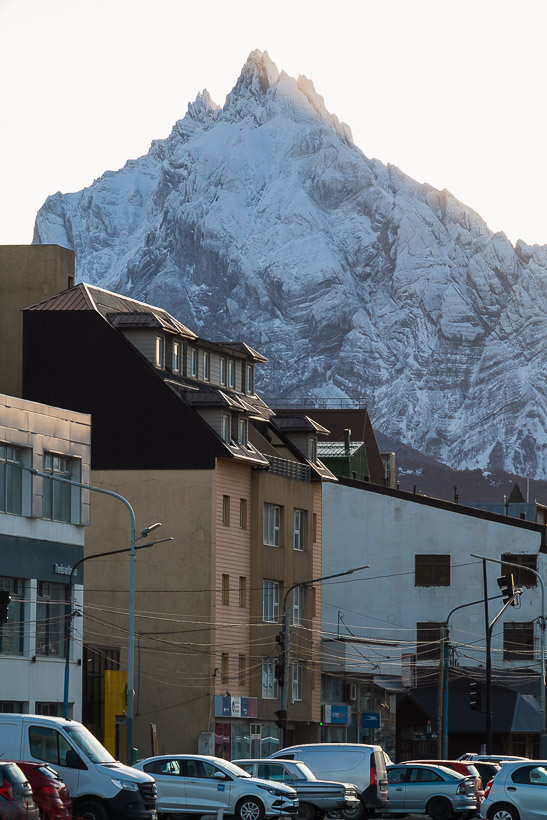
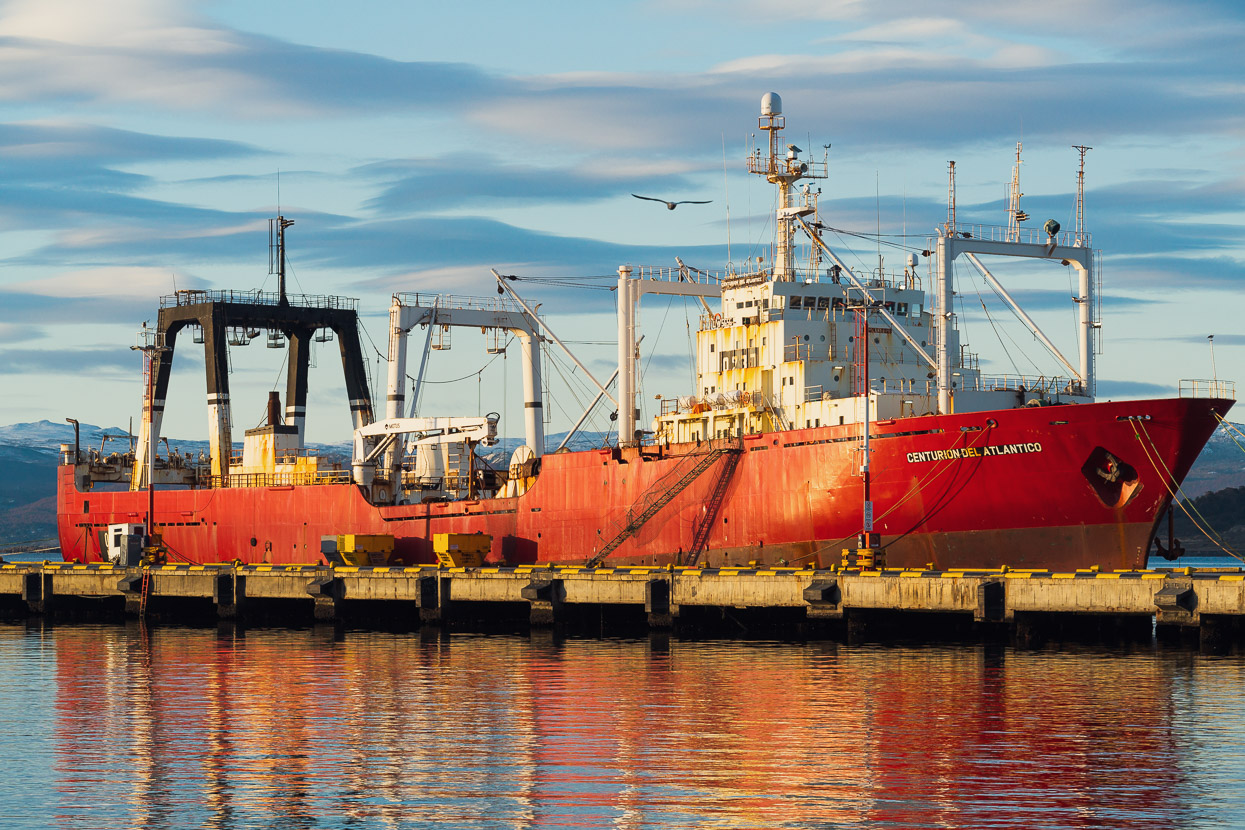
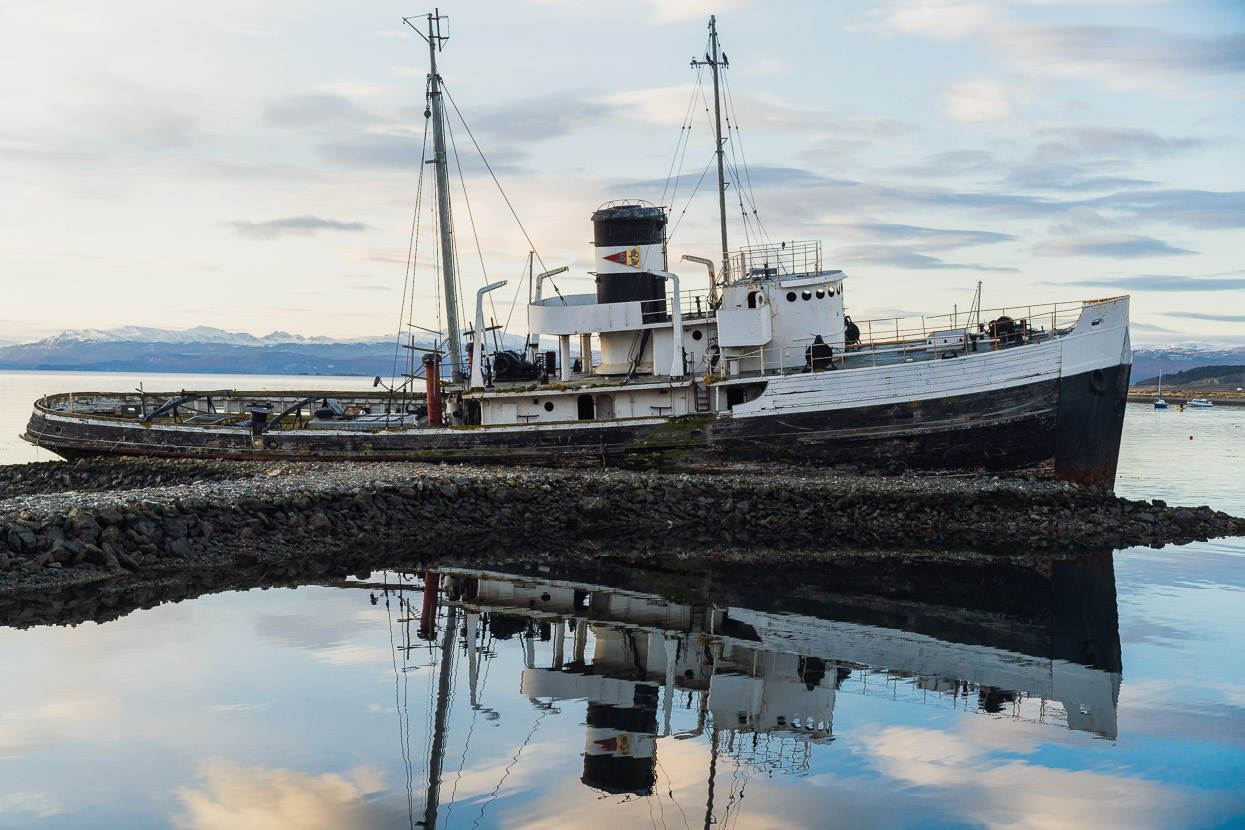
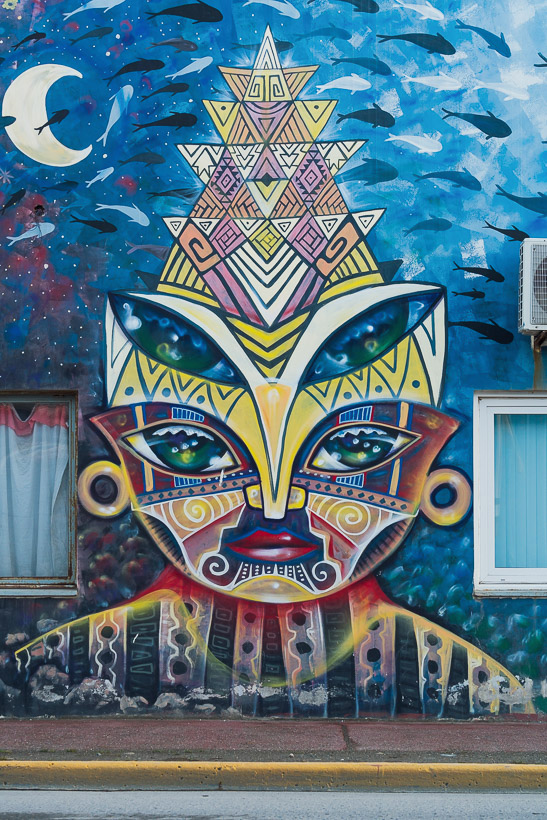
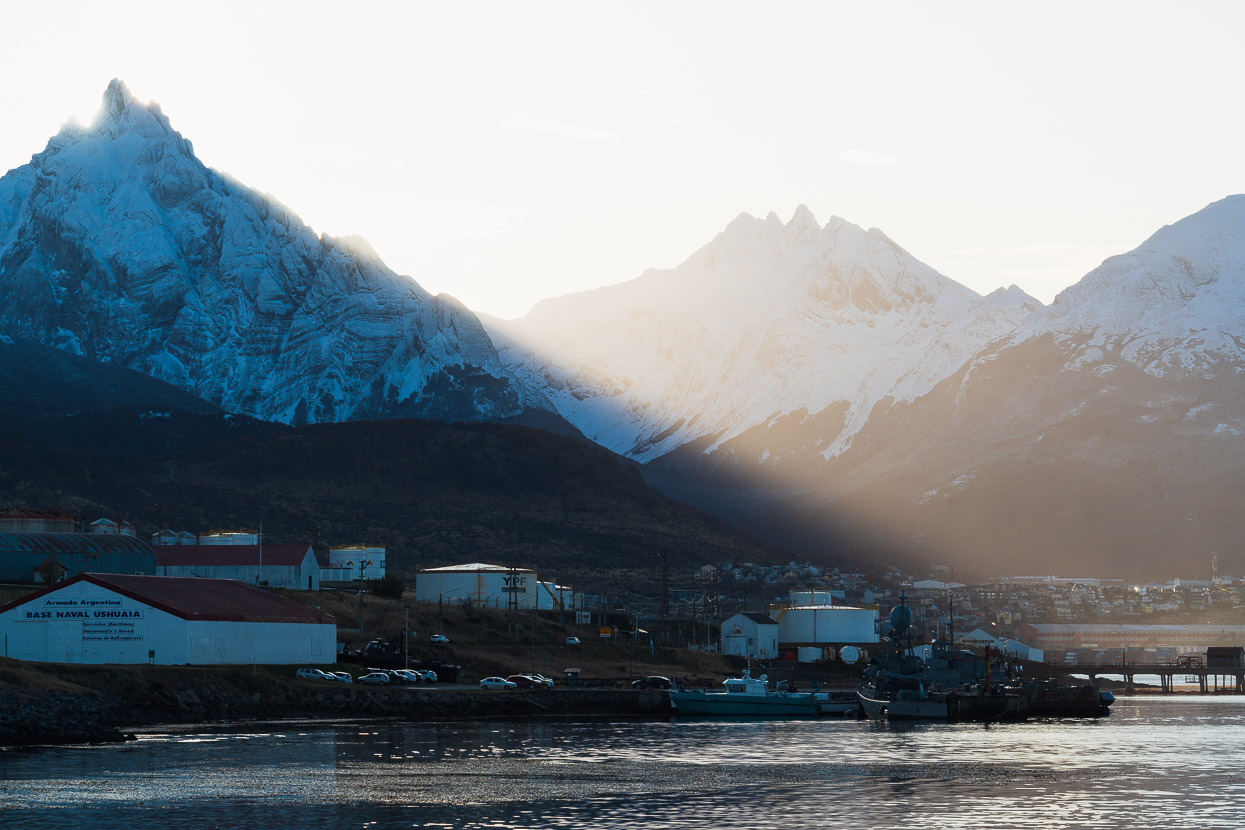
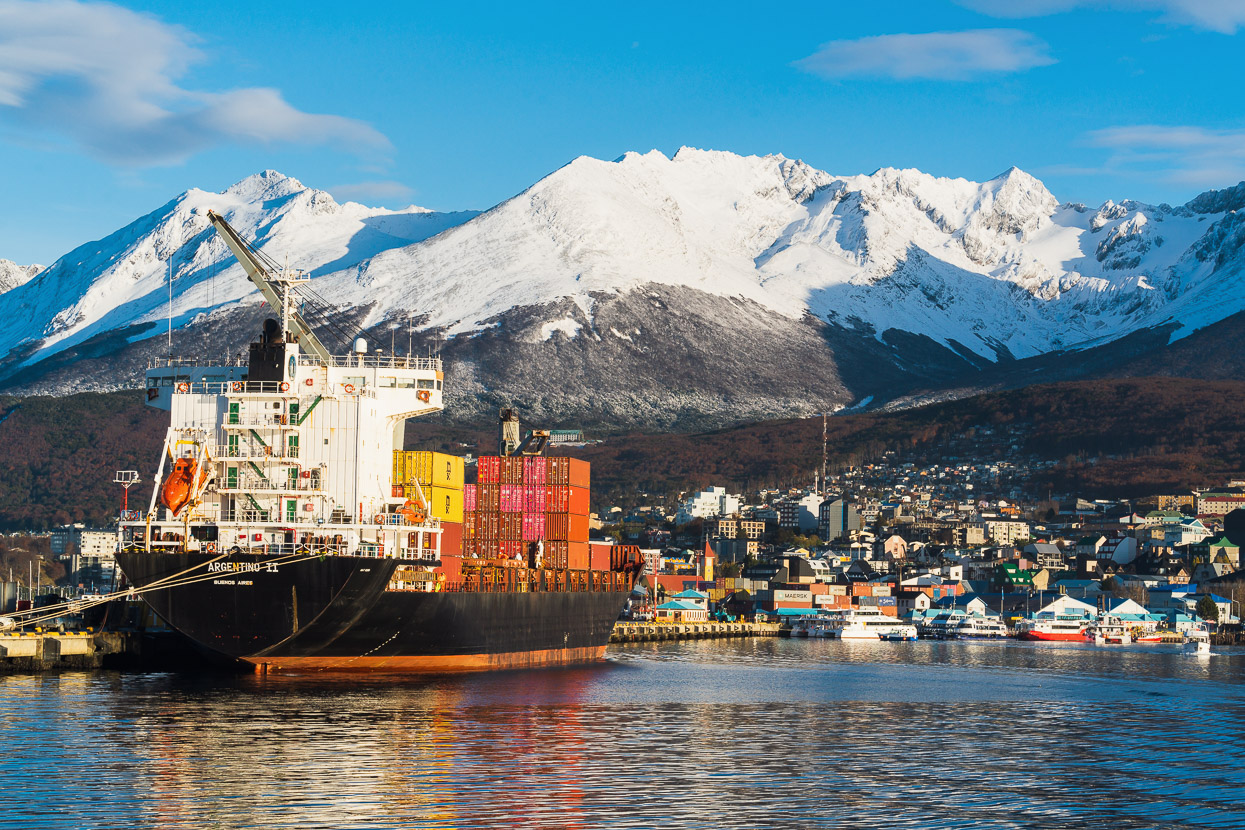
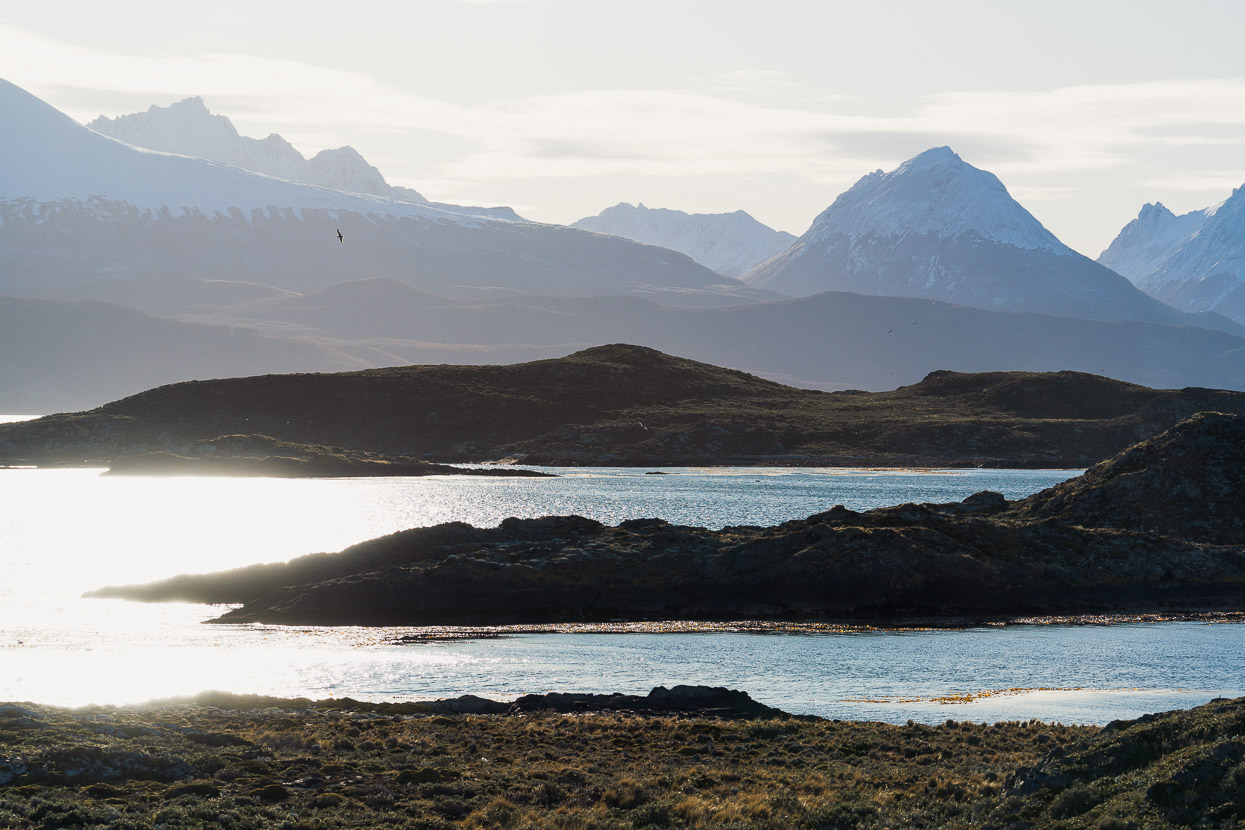
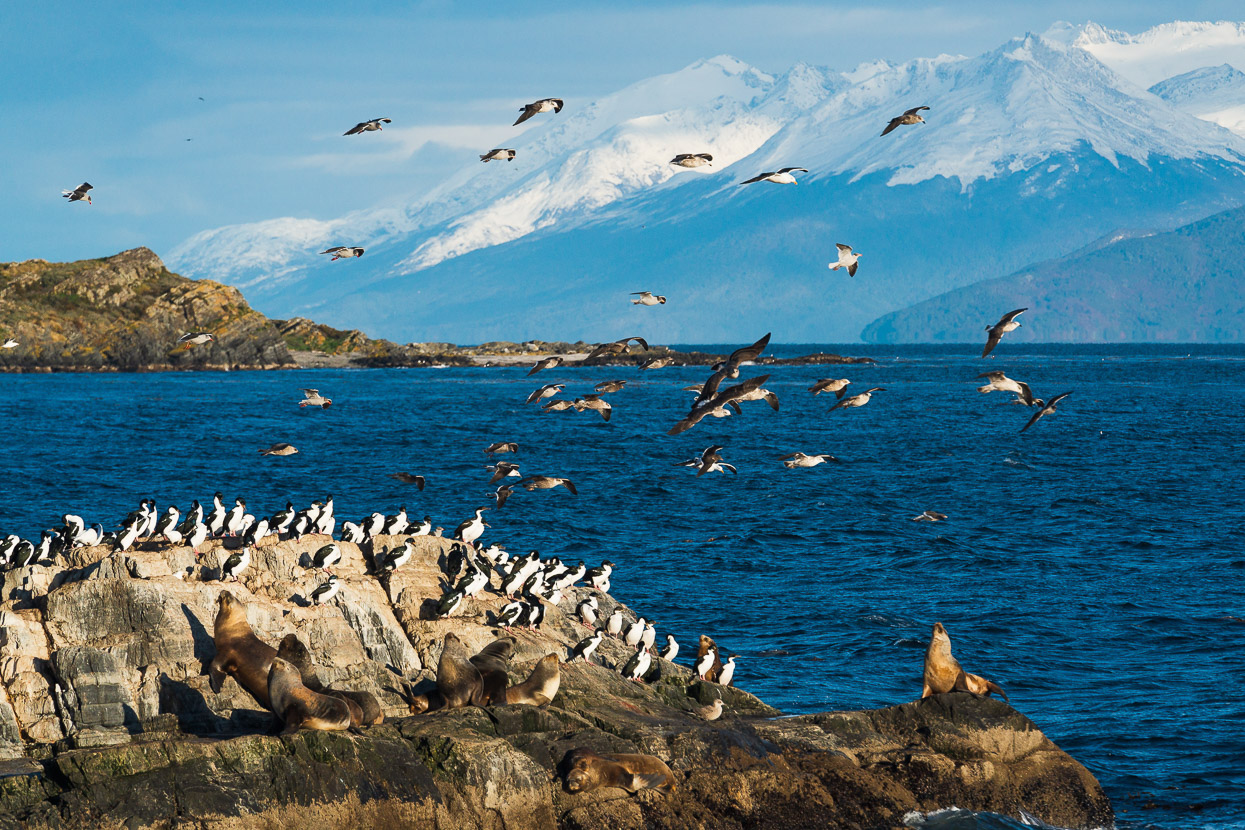
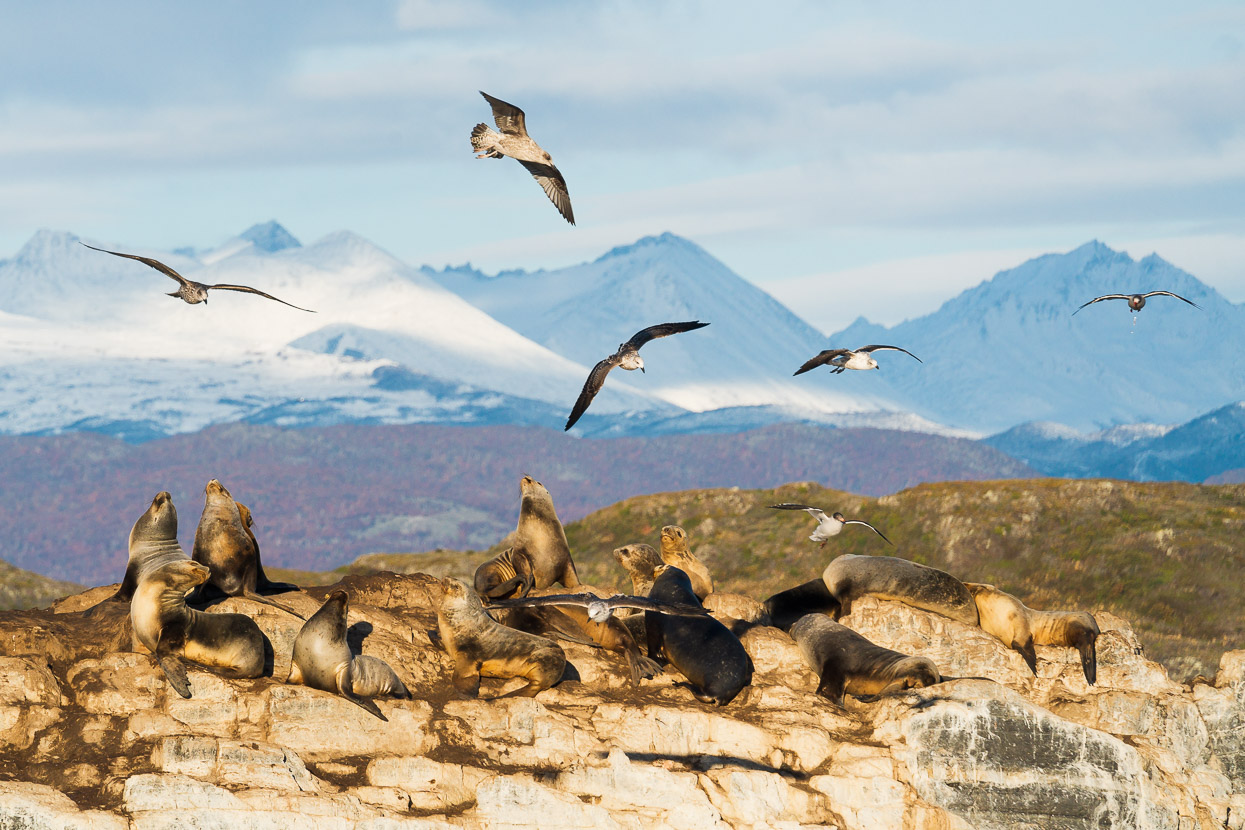
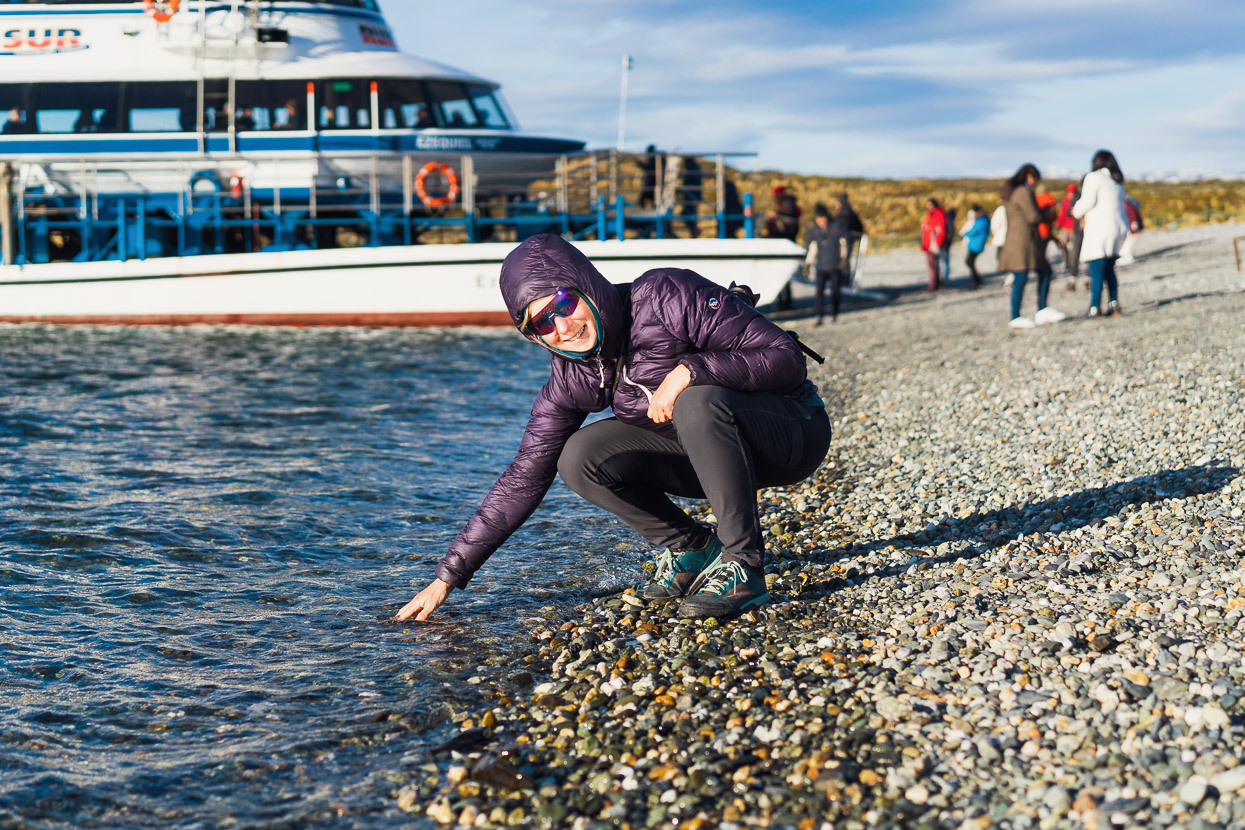
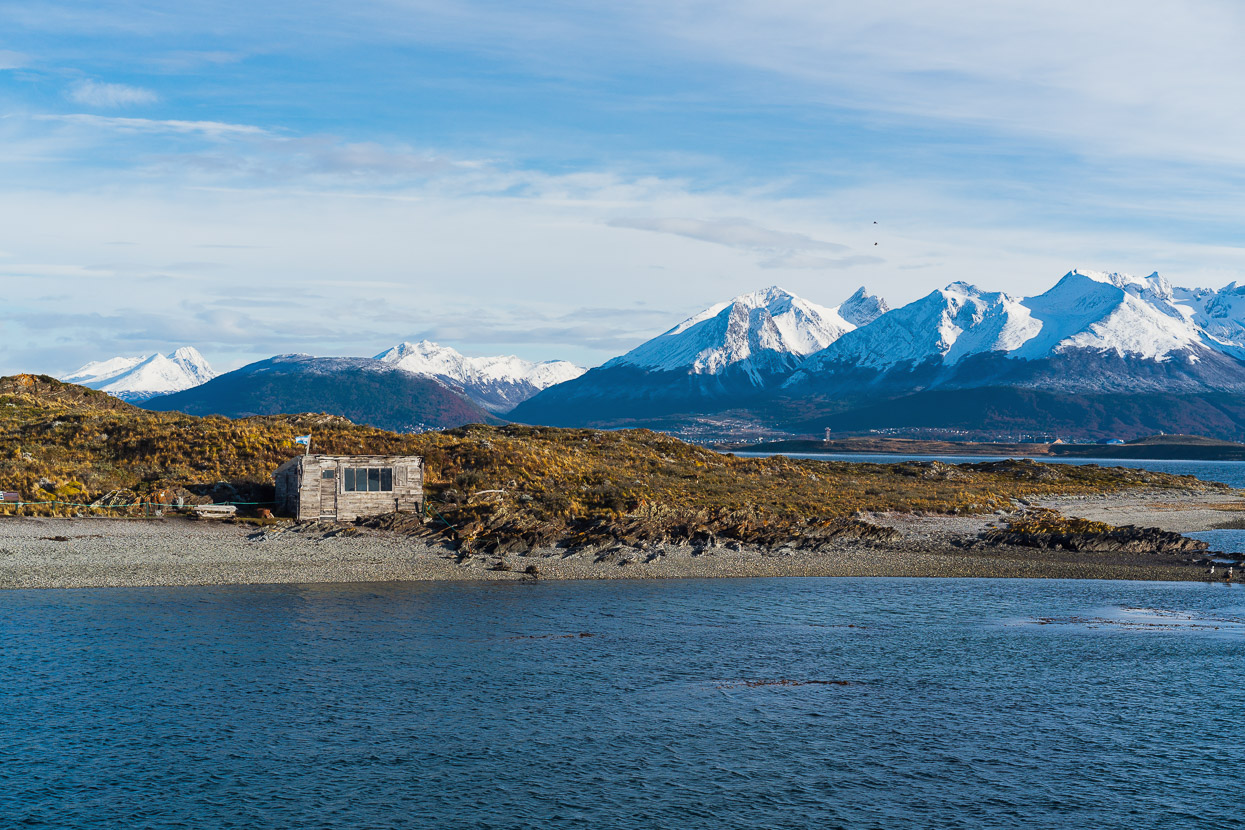
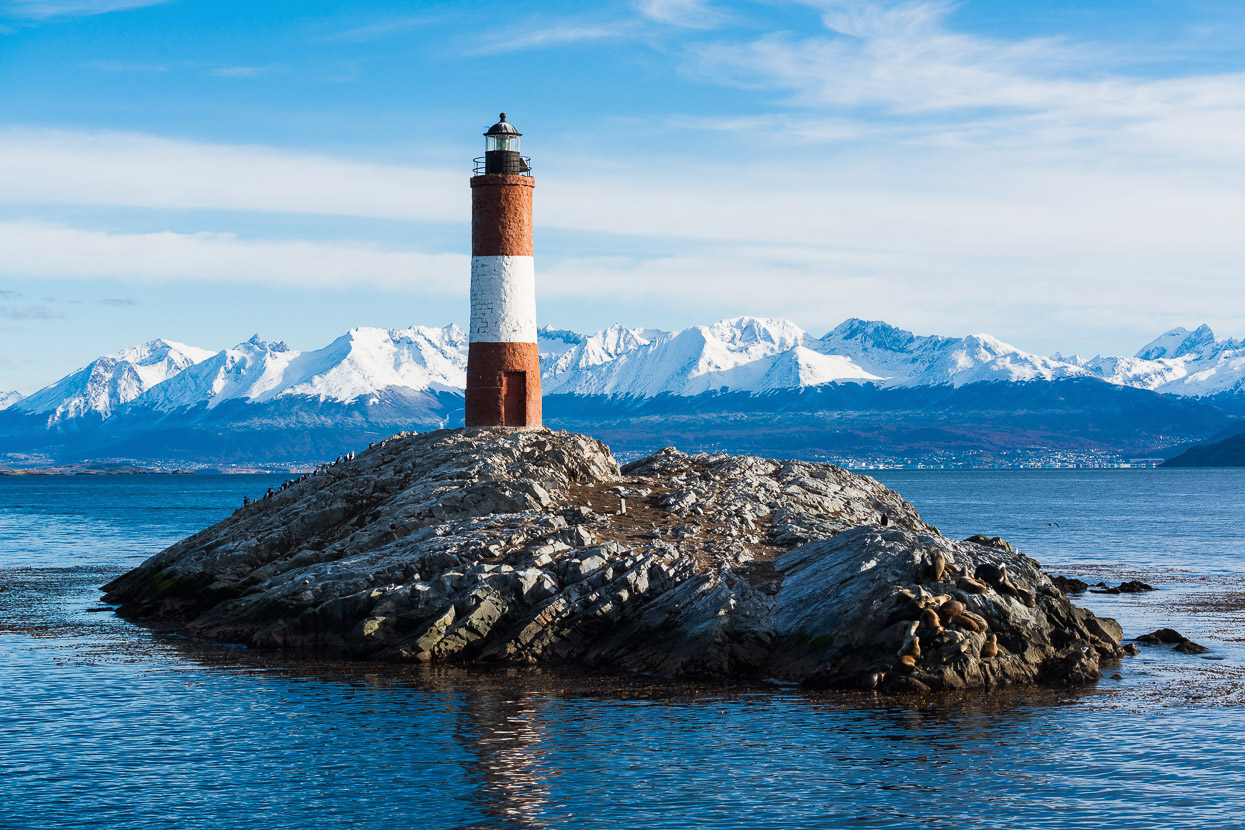
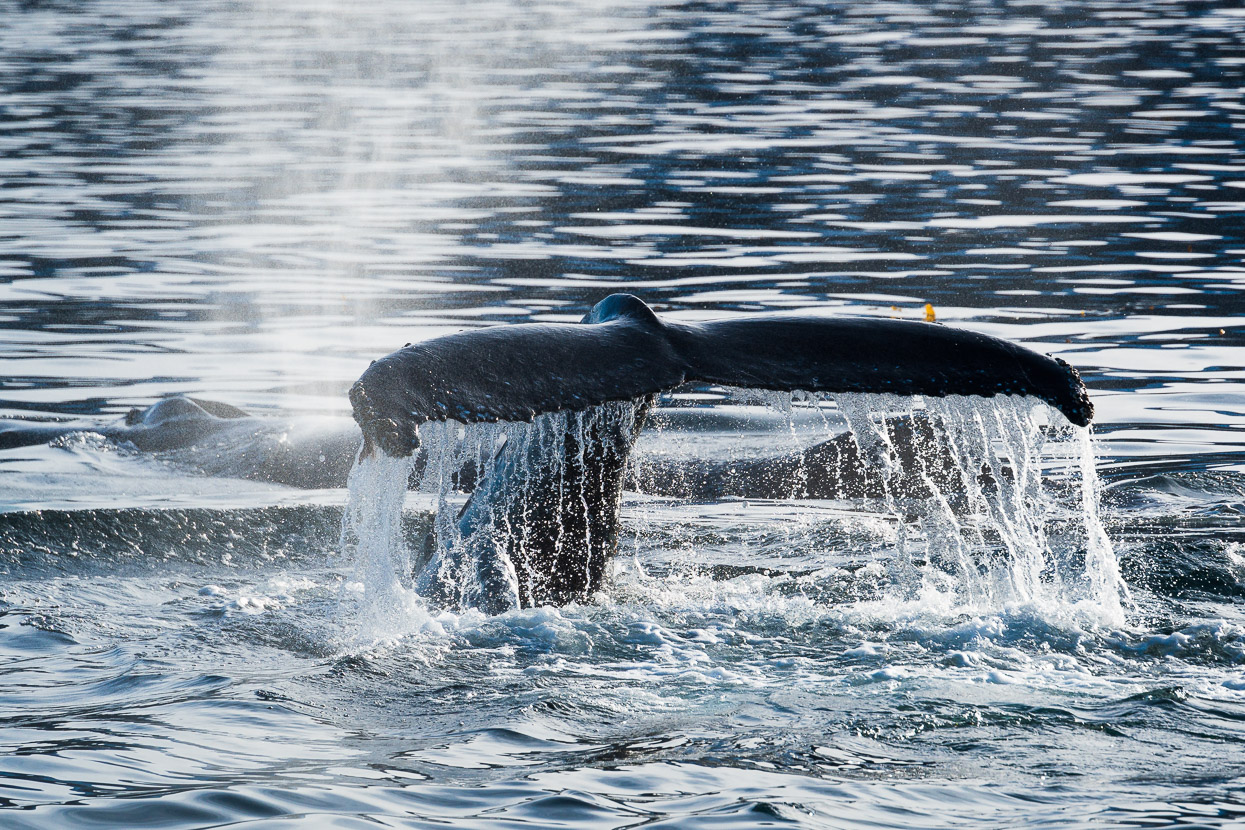
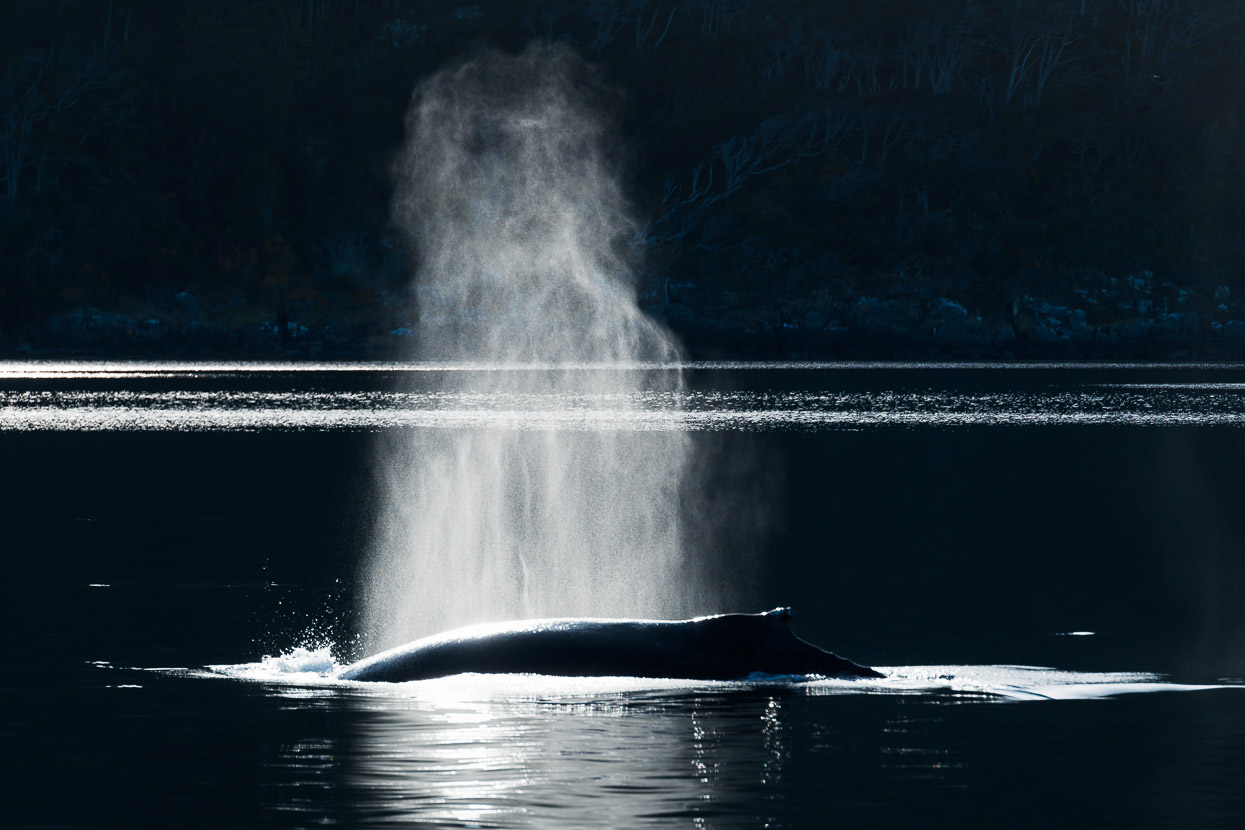
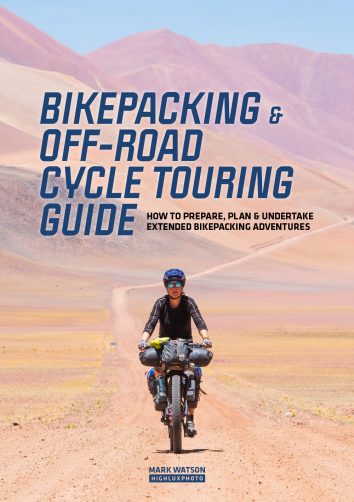




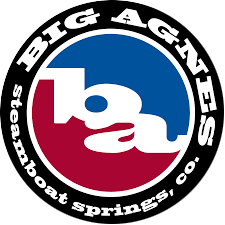








I’m sorry that your ride ended in a somewhat rushed way, but it sounds like it was the right decision to make it back in time. I just wanted to say thanks for all the inspiration over the years – this blog played a big part in us setting off on our own trip down South America.
Poignant final post..great to see you still were having adventures til the end. Chapeau!
I will miss your posts. Thank you for all the work you put into them to share your adventure.
Sorry for your loss, I experienced something similar before the beginning of my own trip.
Life is very fragile and illustrates why we need to do these types of trips and get them out of our systems before mind and body prevent us.
It’s been a fantastic trip, one I’ve enjoyed immensely following along and made me want to go back and explore new parts of South America.
The end of a trip is a funny time, something you’ve captured perfectly a mix of emotions swirl around of sadness and anticipation.
I’ve pinged you a little donation – treat it as a toast to absent friends or new beginnings.
Slainte
So much enjoyed following your trip – thanks!
Both of you have been my hero’s as I lived a vicarious life over the last 7 years. I sit here with a tear in my eye as I read your last update of this most unbelievable adventure.
Your documentation in photos and words continues to impress and amaze me, how does two soulmates keep it together over so many kilometers and hardships. Surely in your book you will describe the mental challenges along with the physical recaps that occurred during the trip. I do hope that you’re able to do some kind of video documentary using your photos interspersed with some current video question(s) /answers by both you Hana.
I shan’t say goodbye, as being on your mailing list will keep me mentally active, even at the age of 84.
Love you two, Vic Borgogno
As Richmond Fontaine’s frontman Willy Vlautin once said in one of his songs: I hope you are always on the ride. Take care you two. And thanks